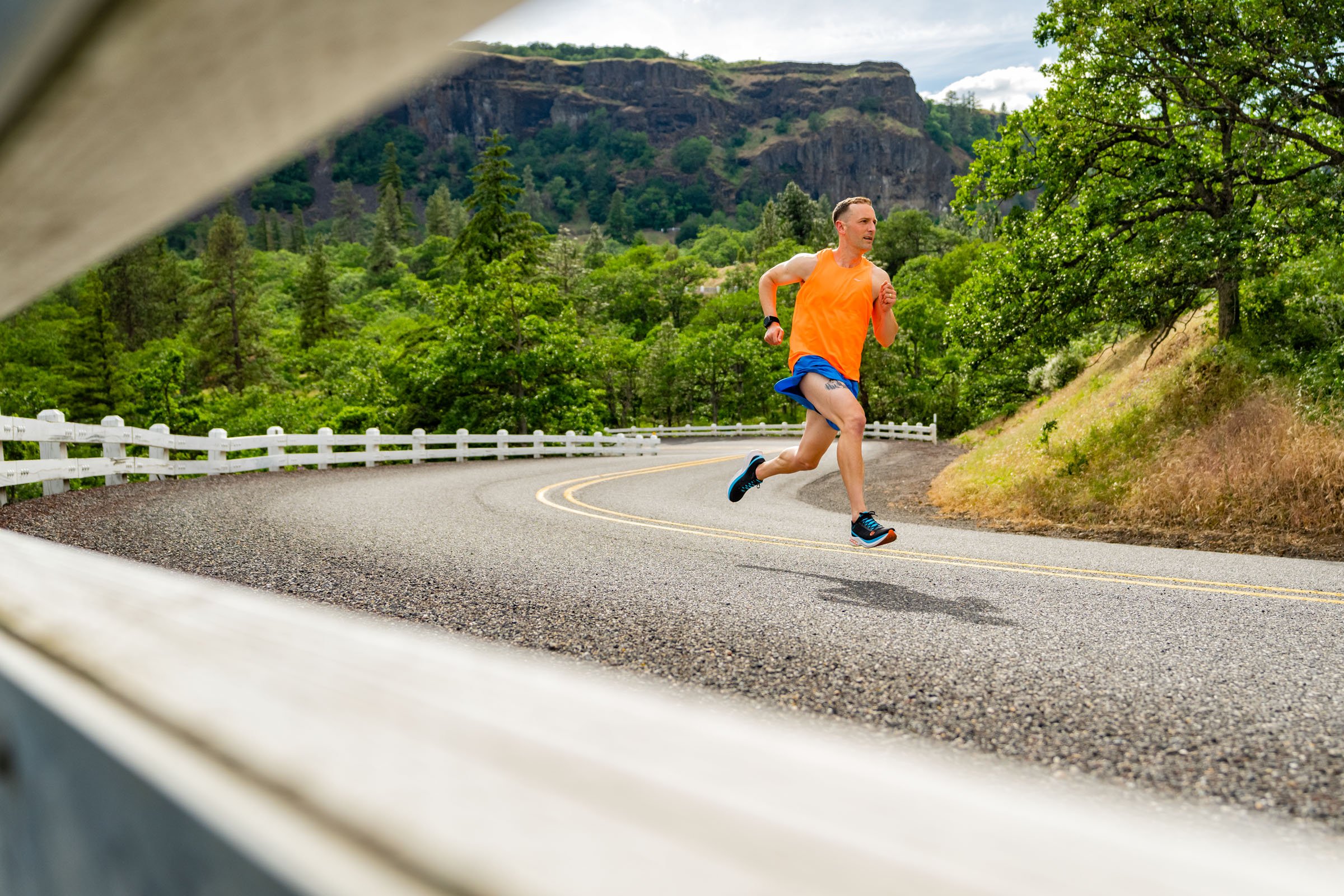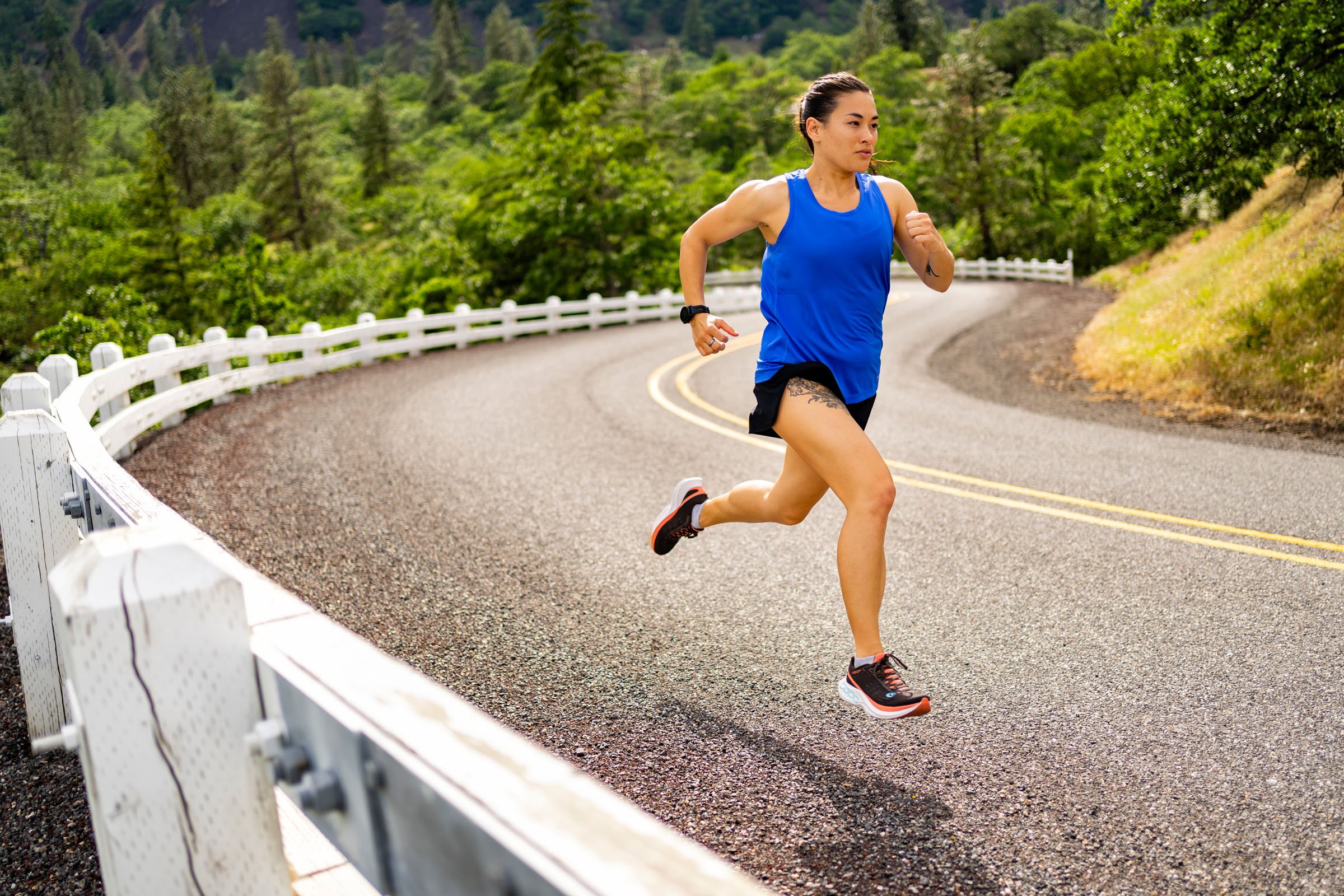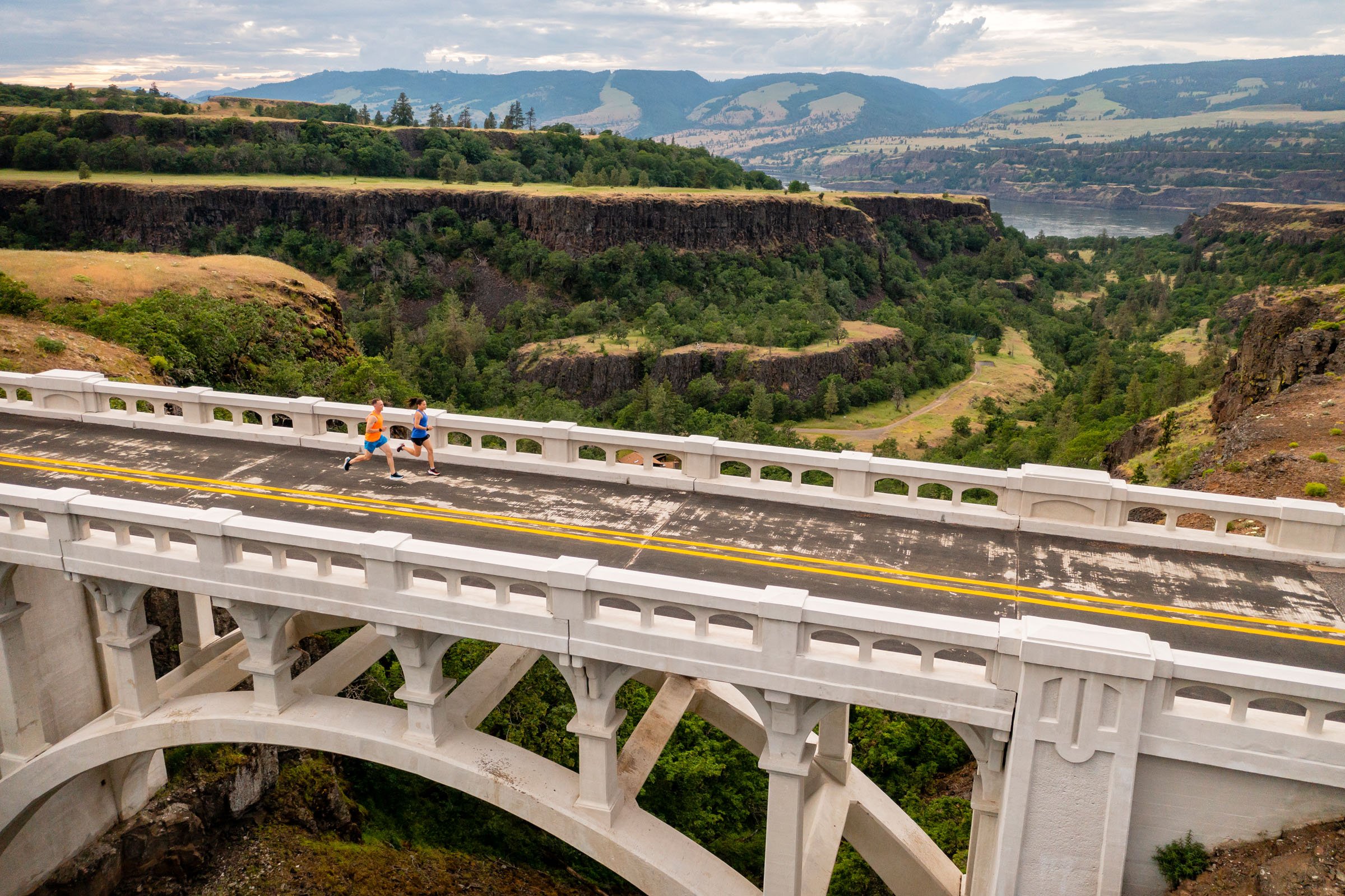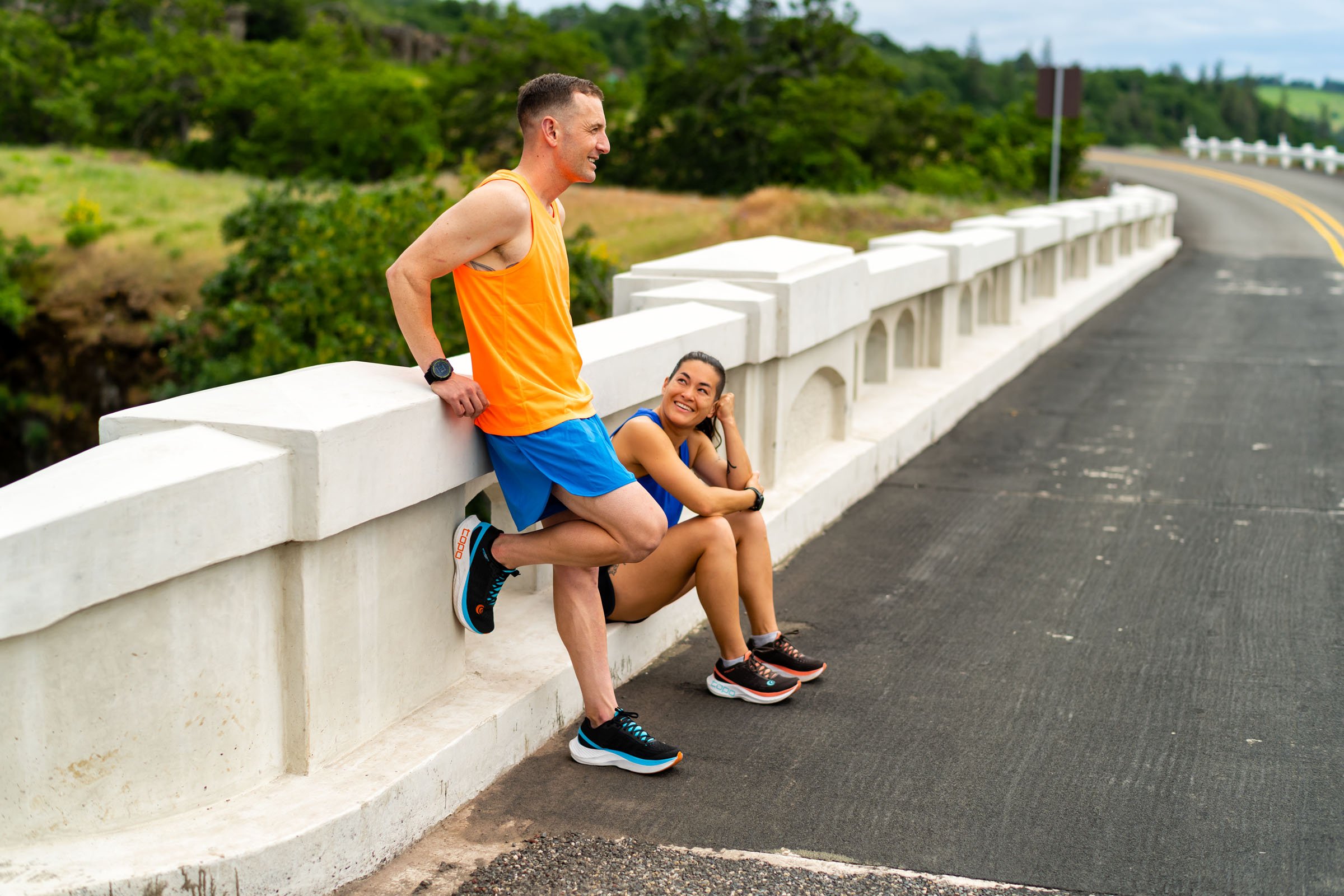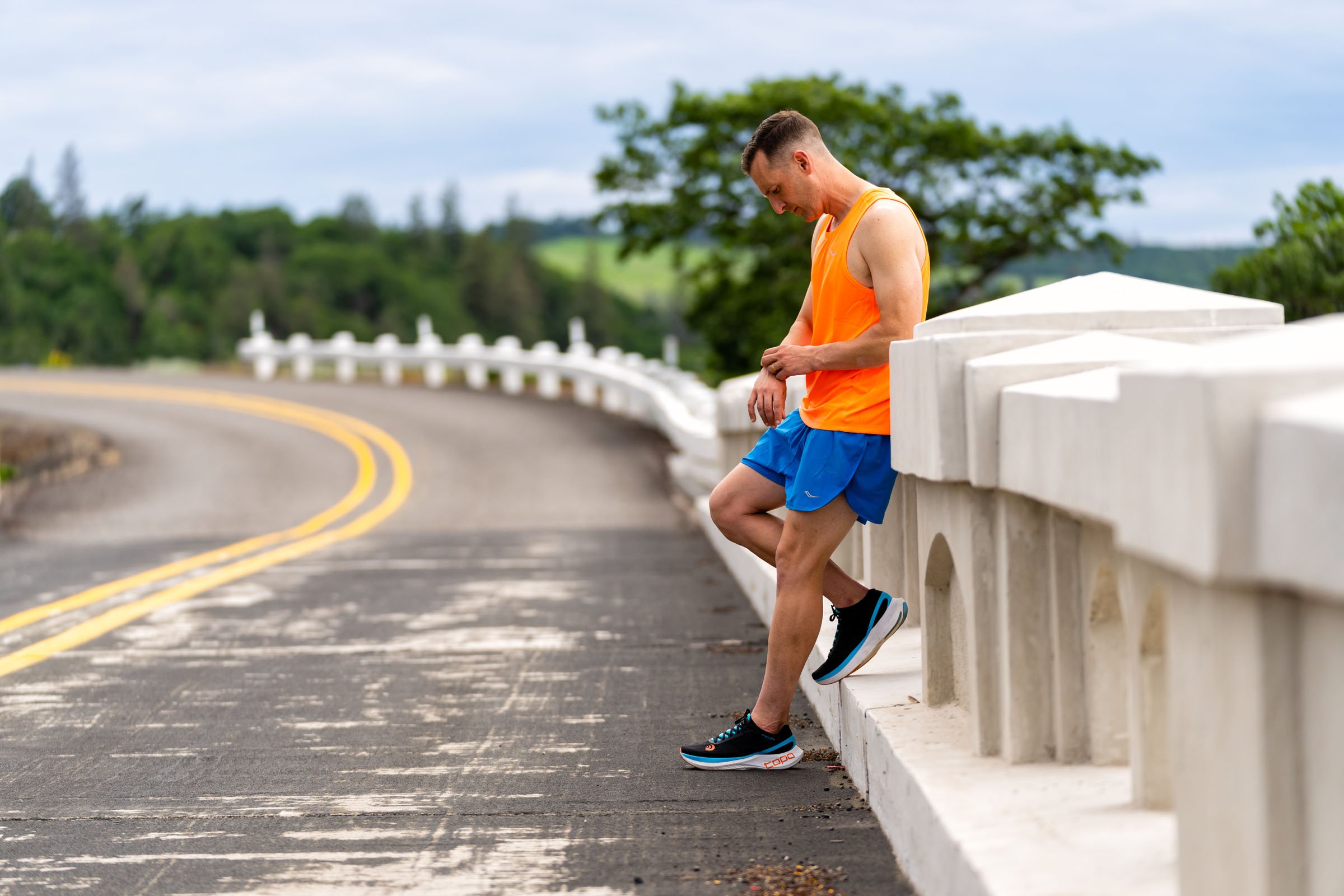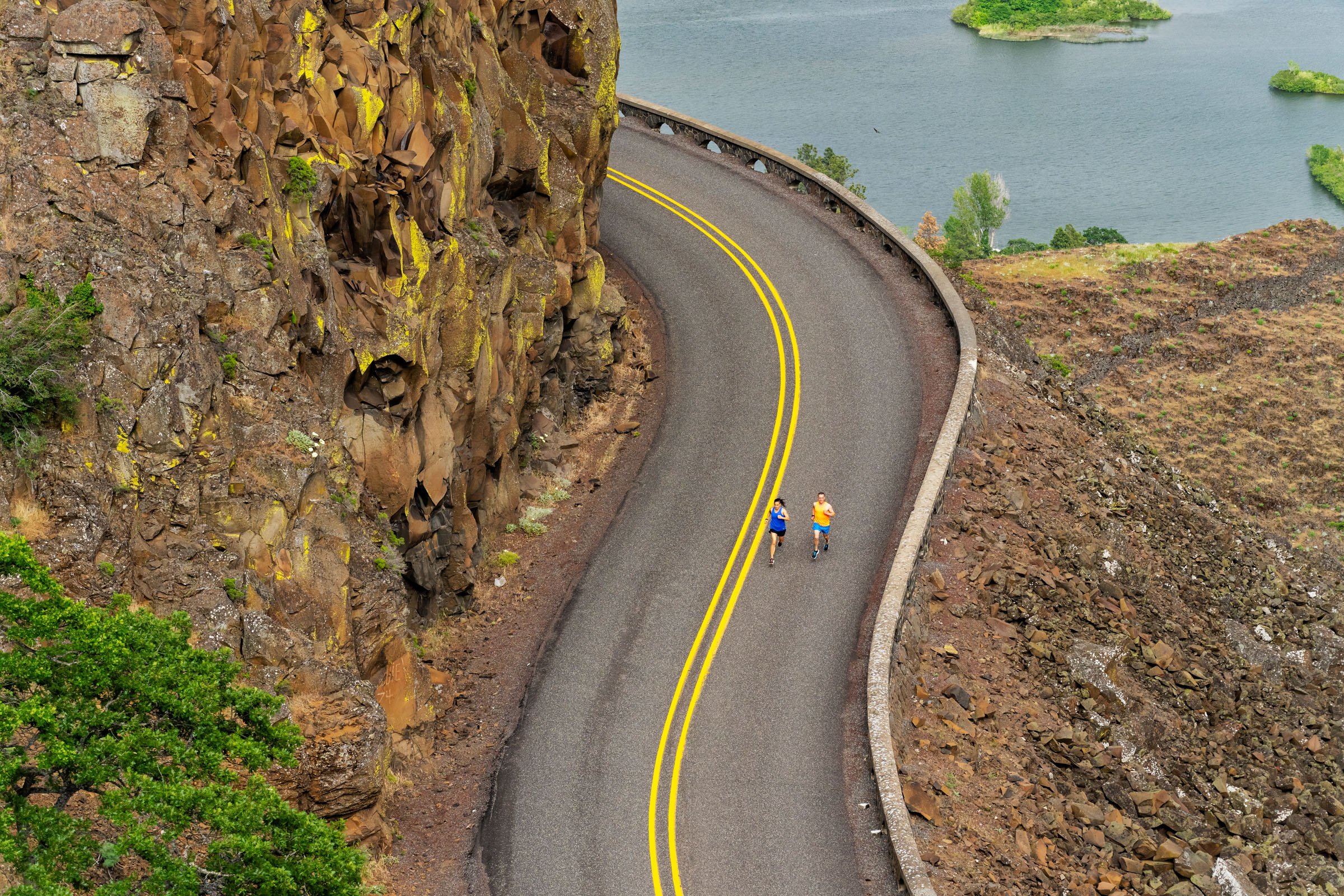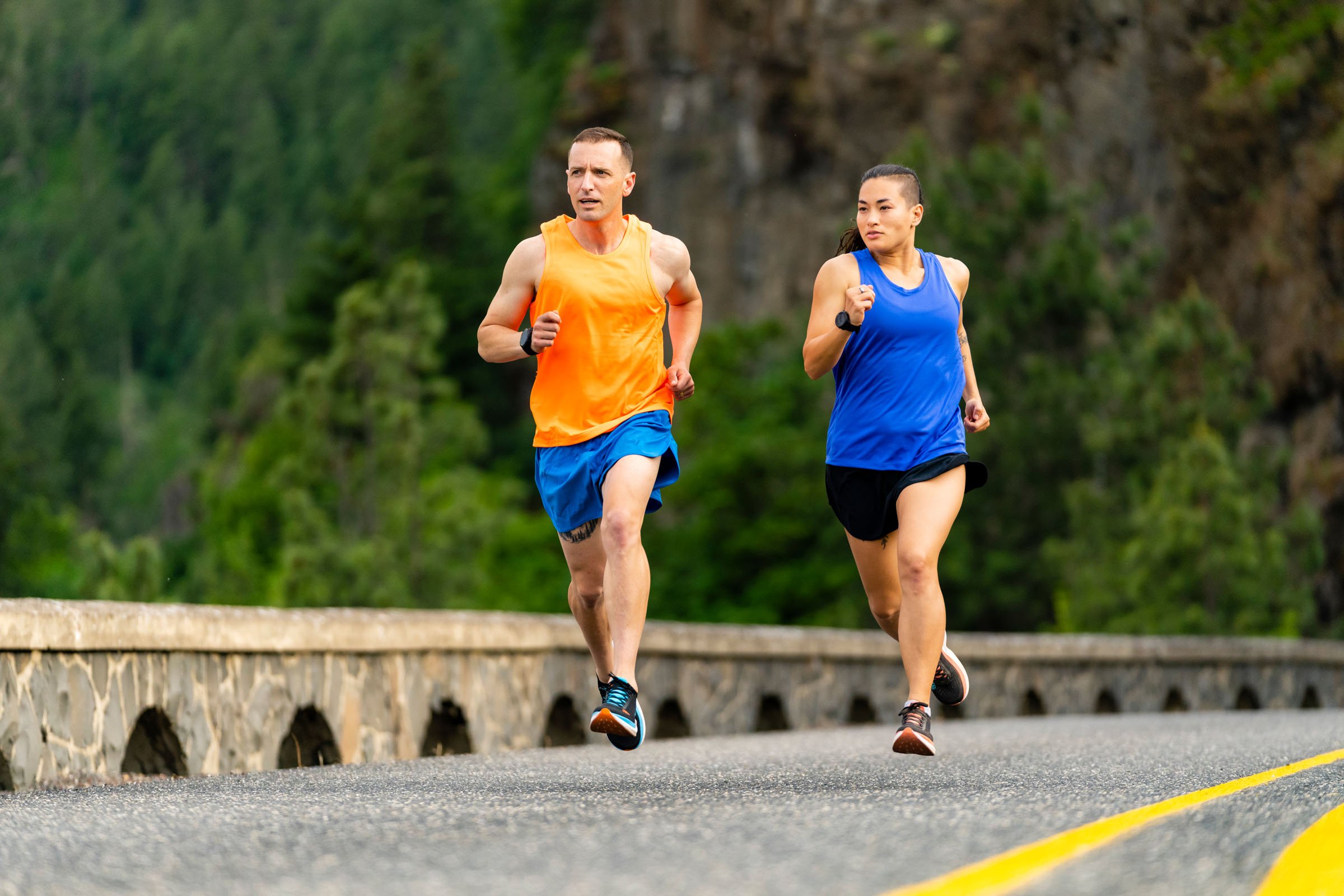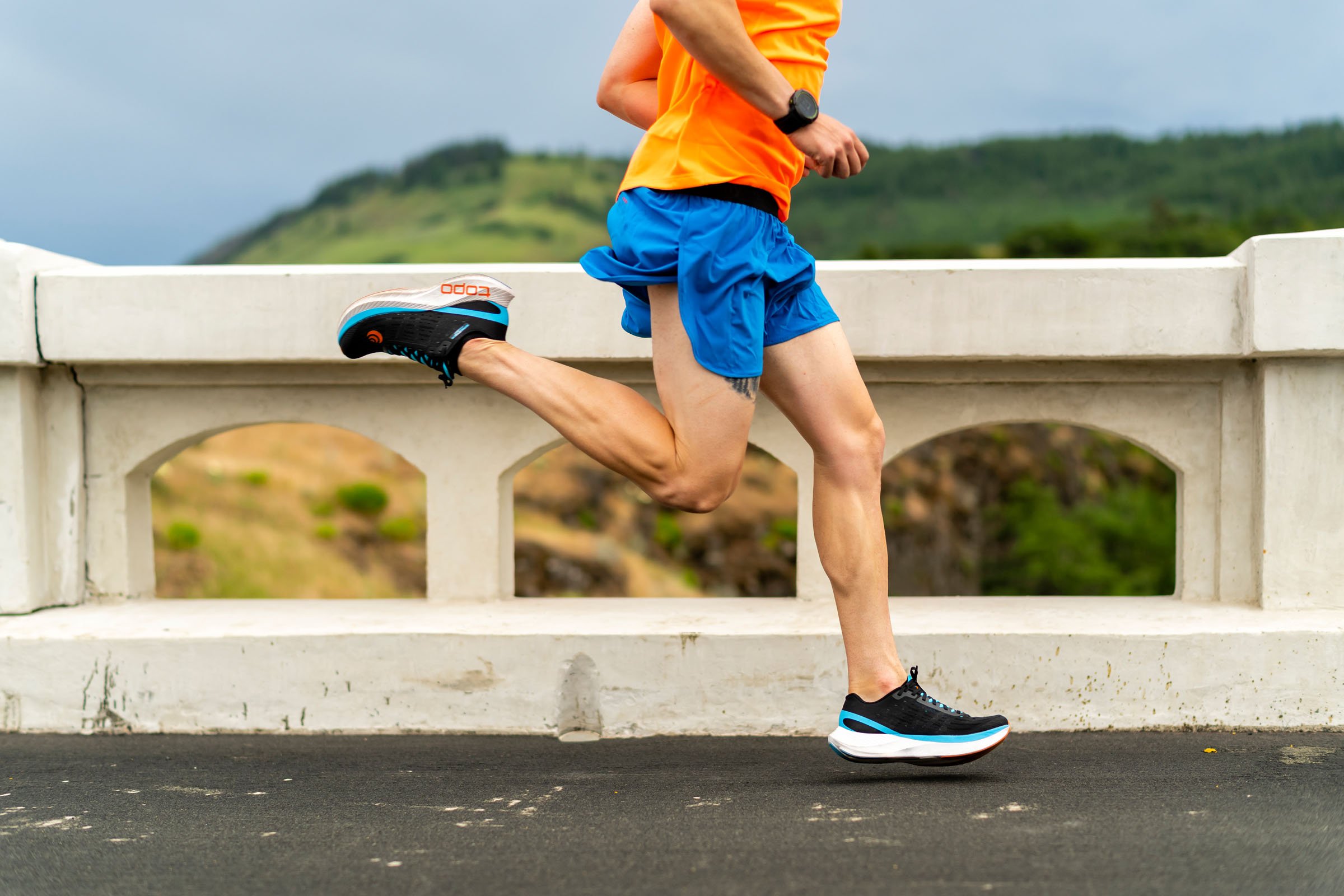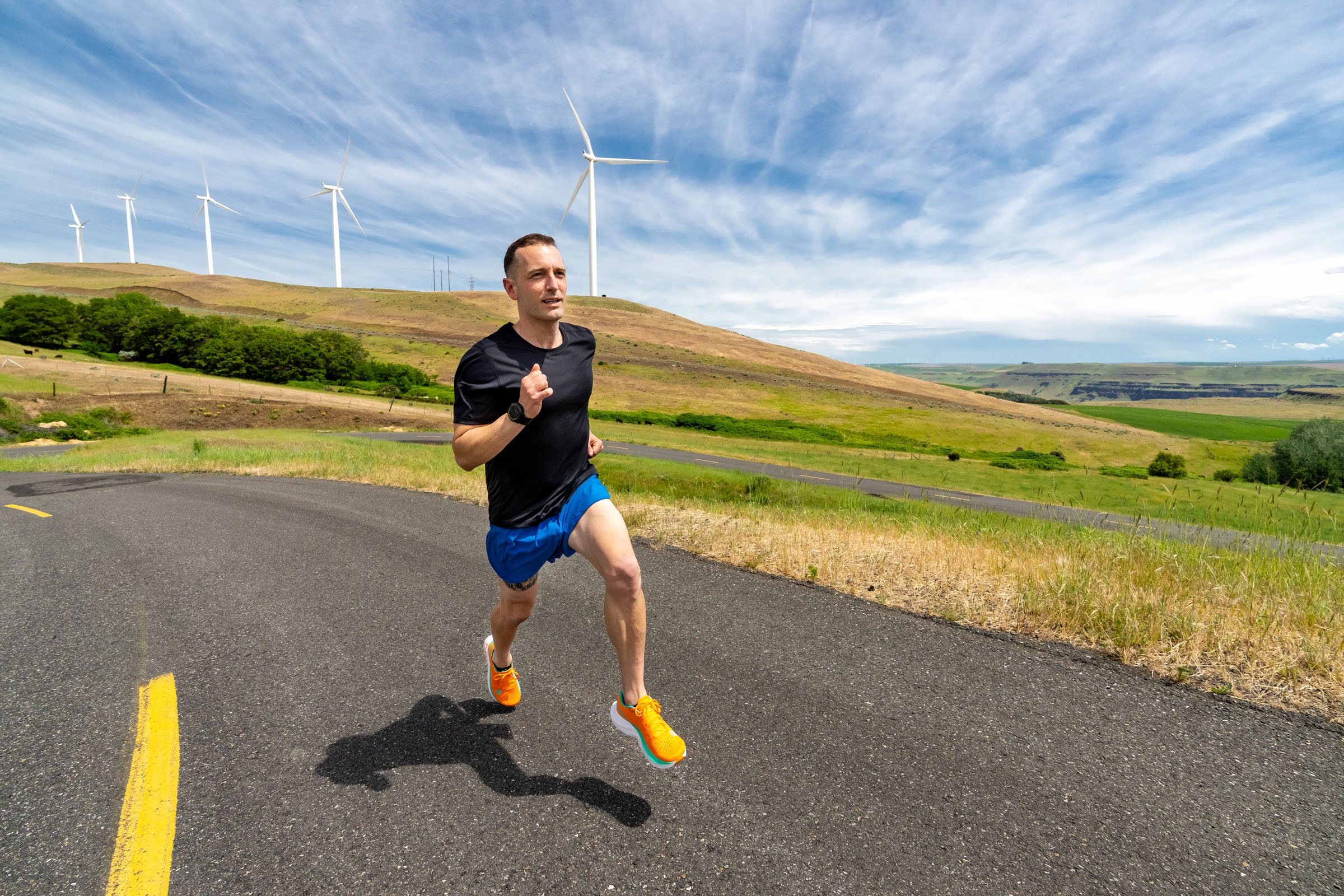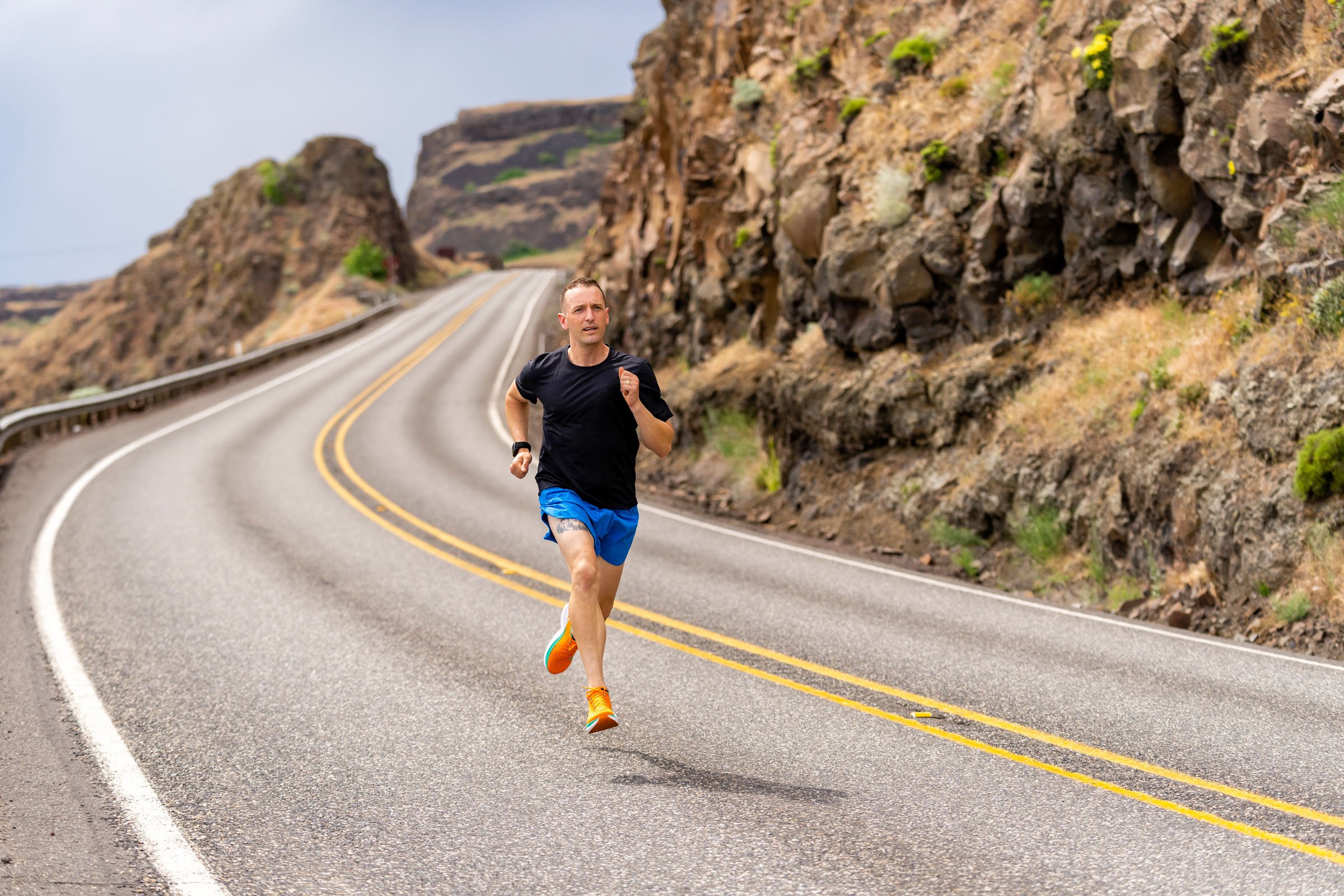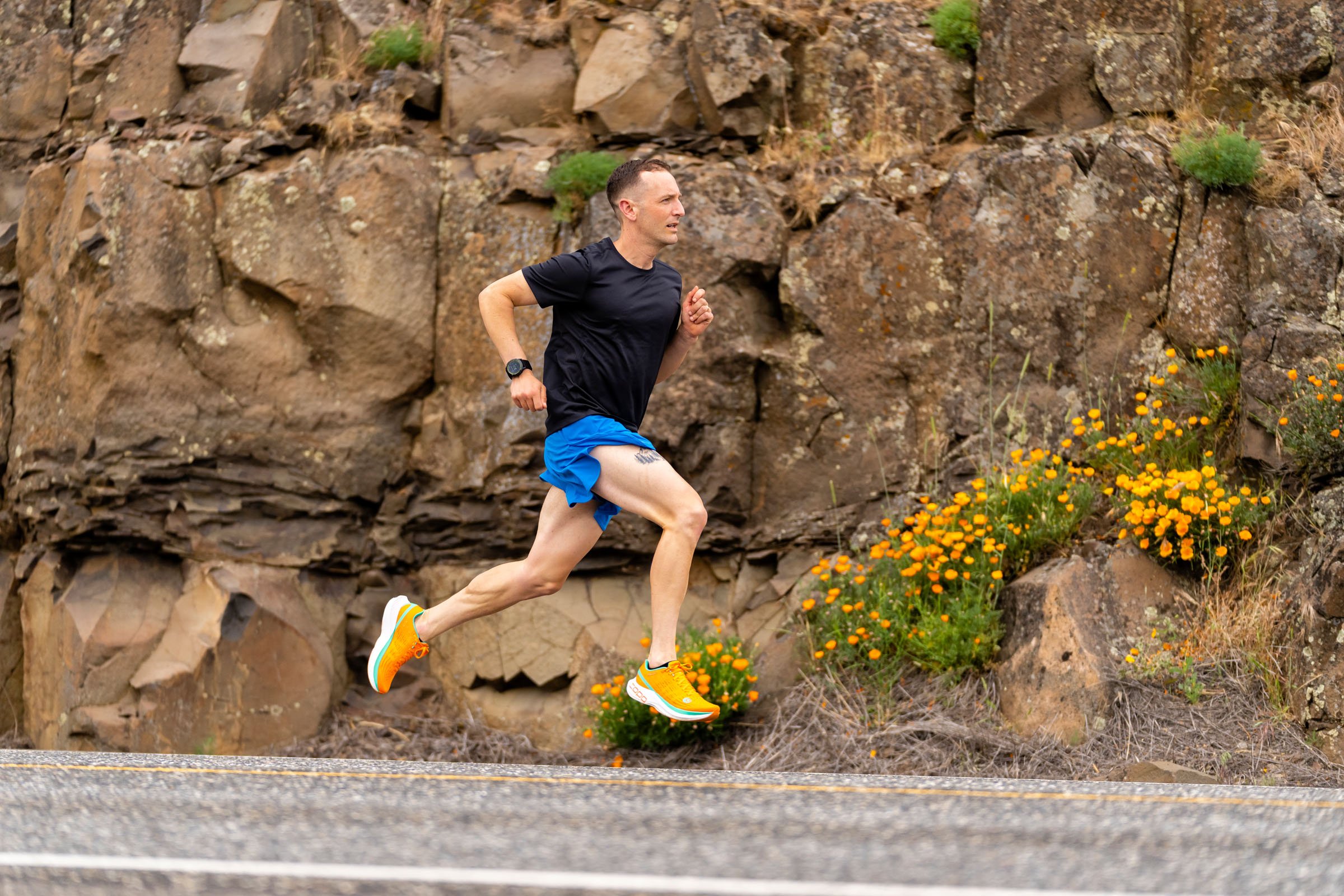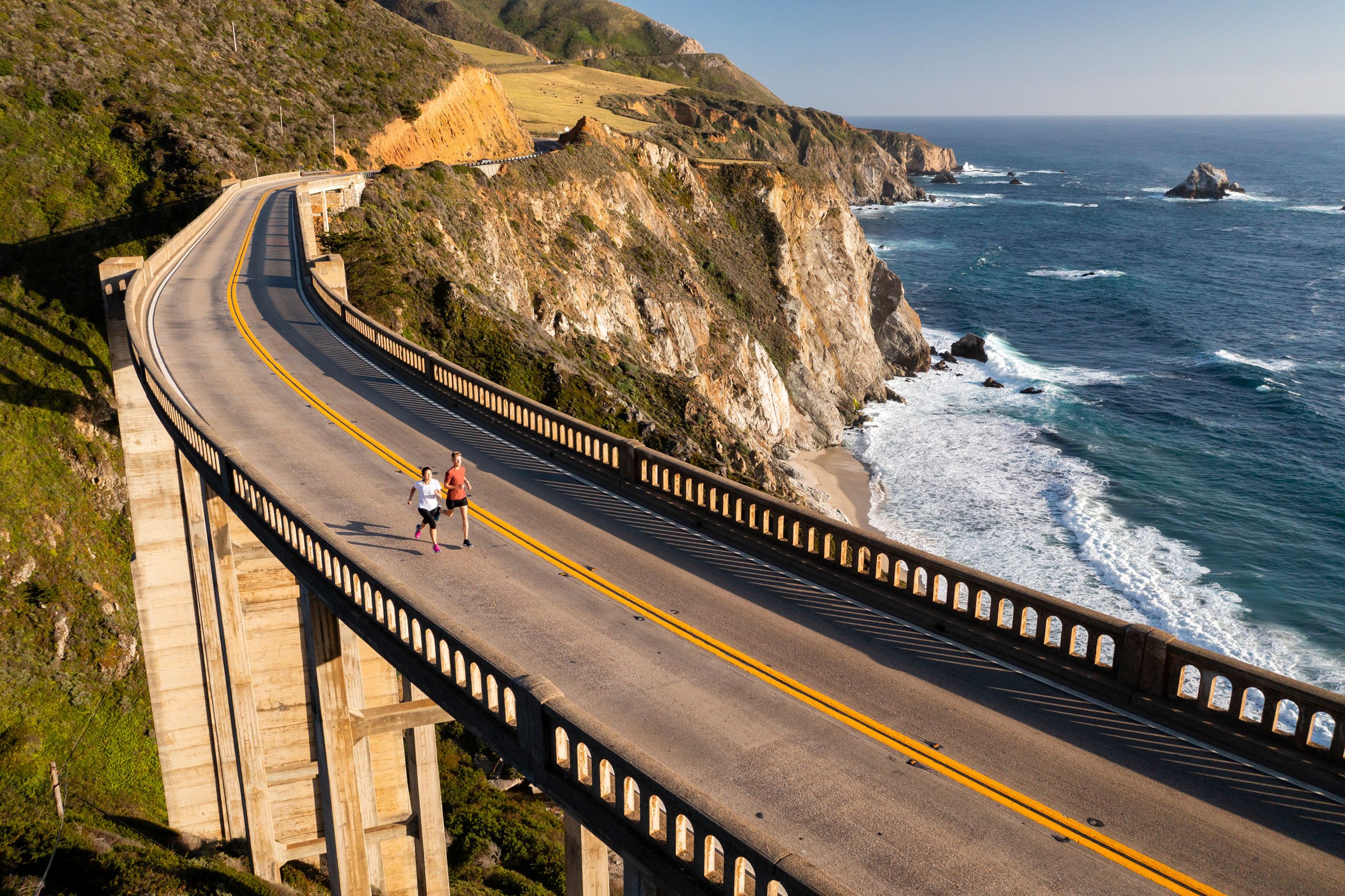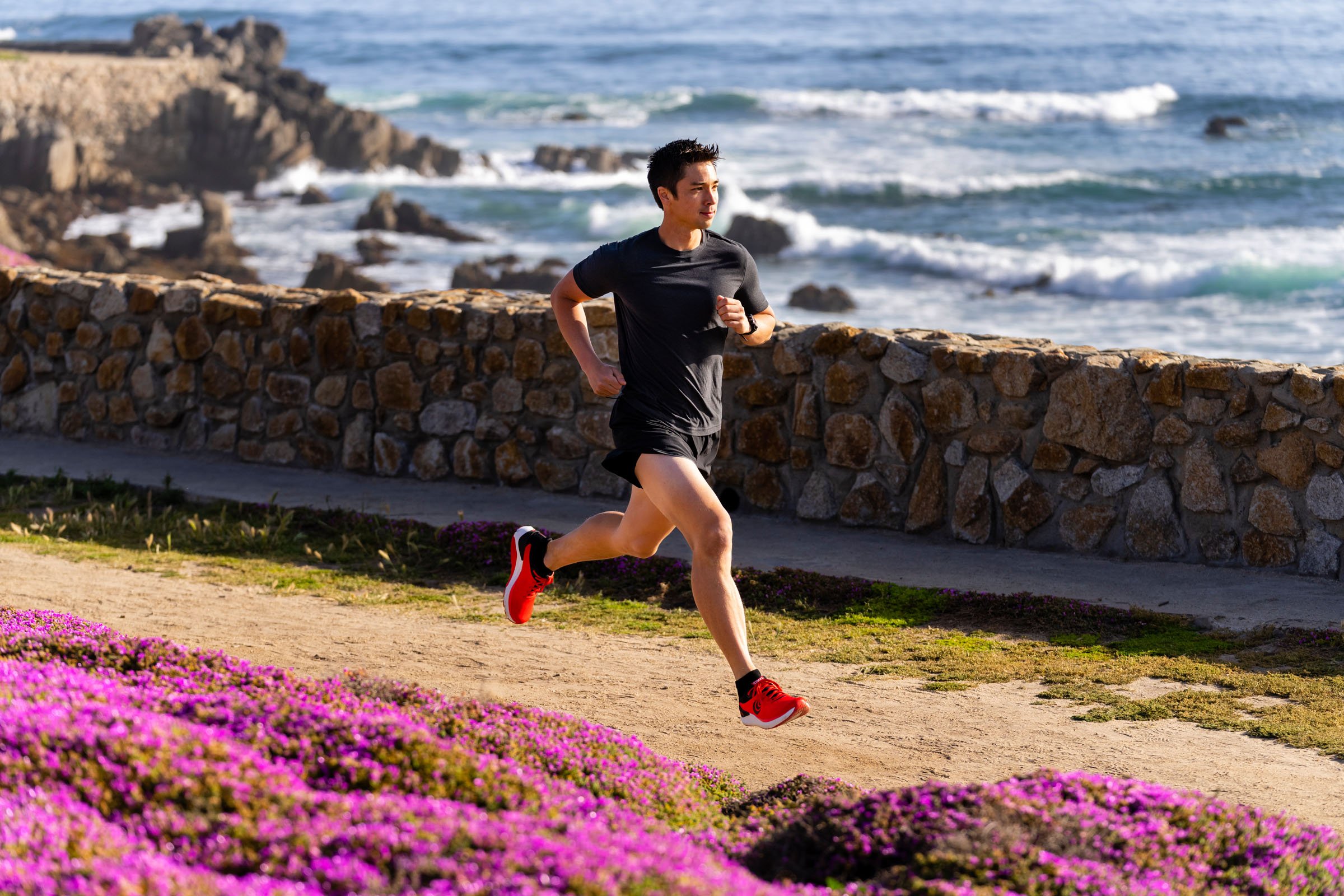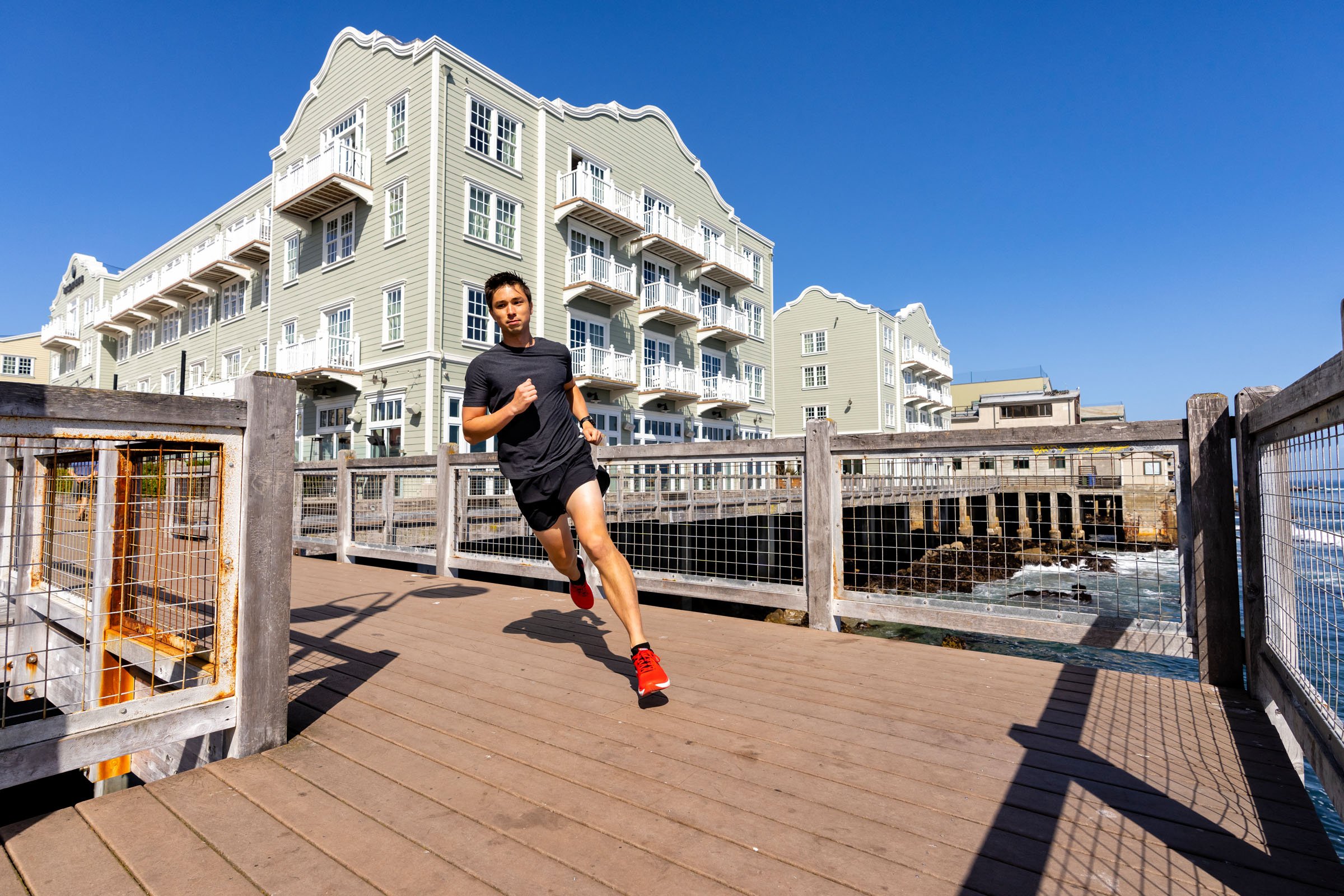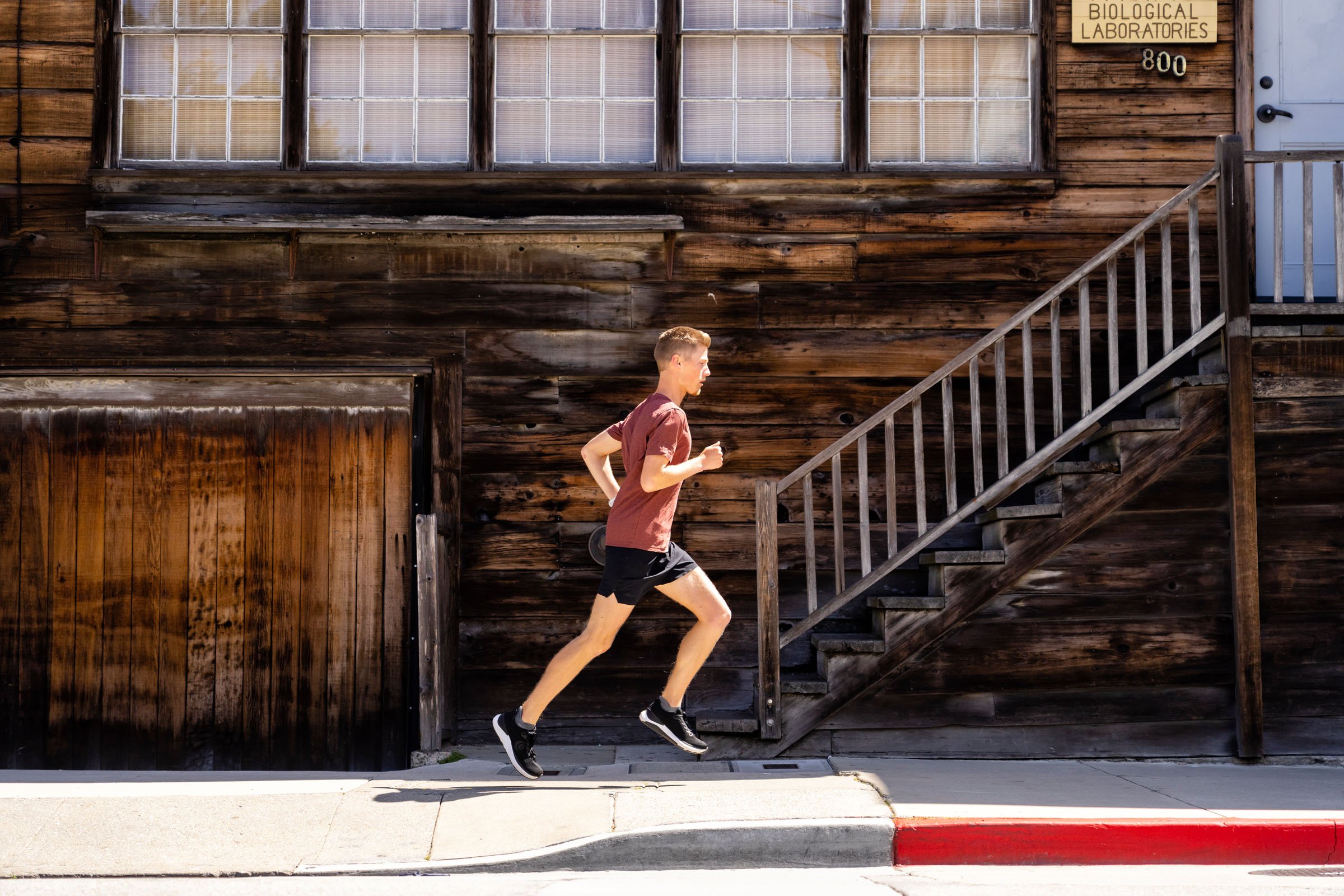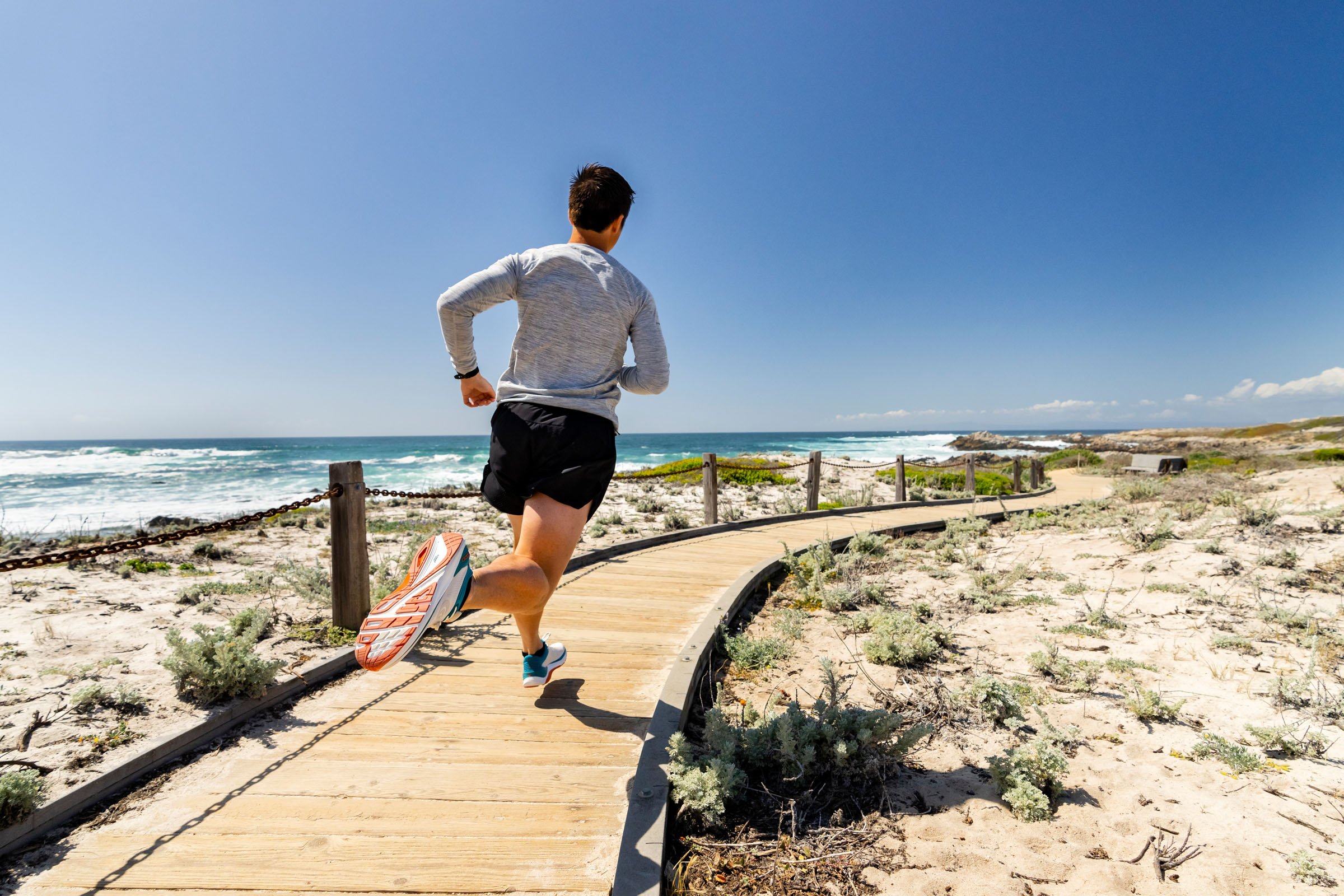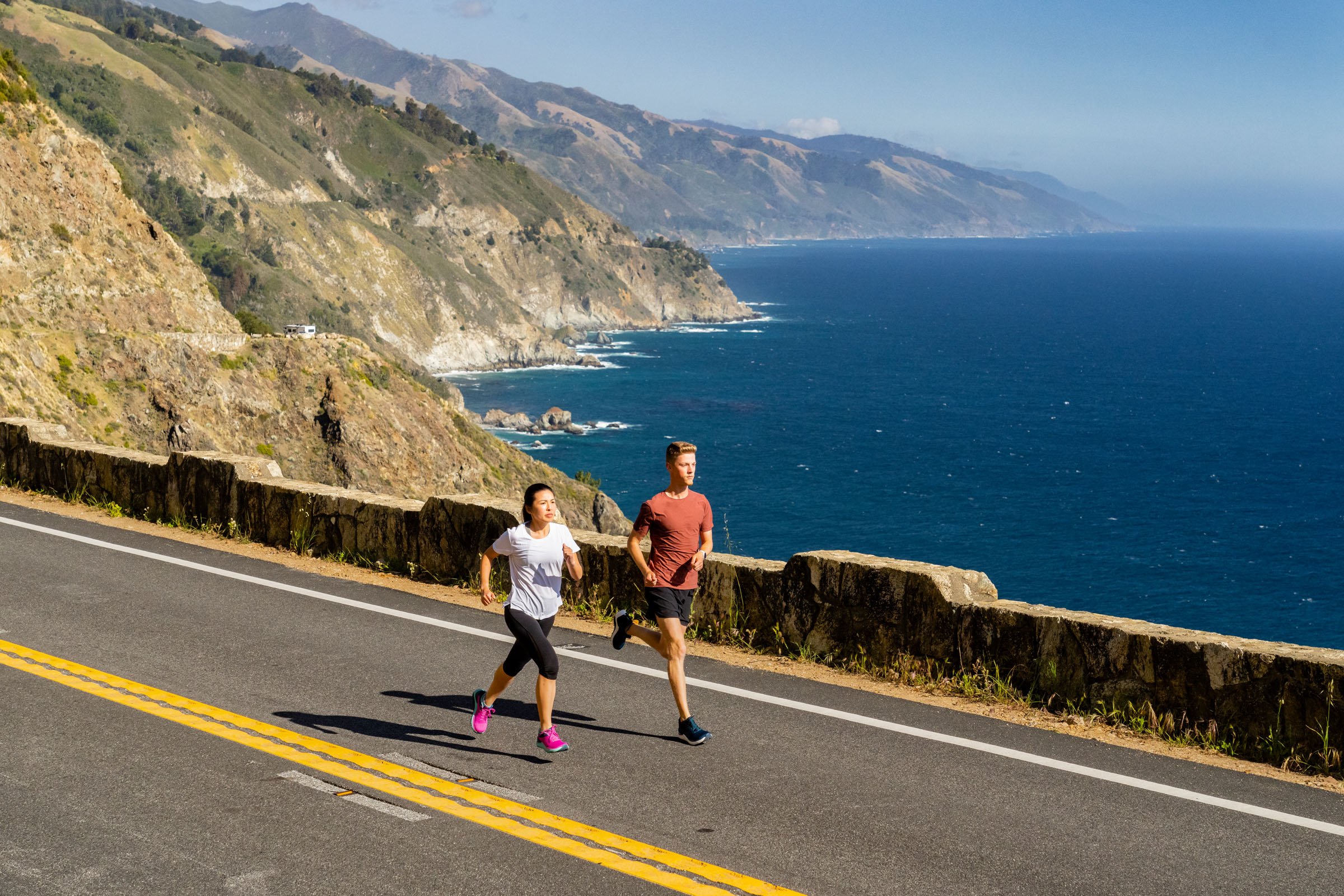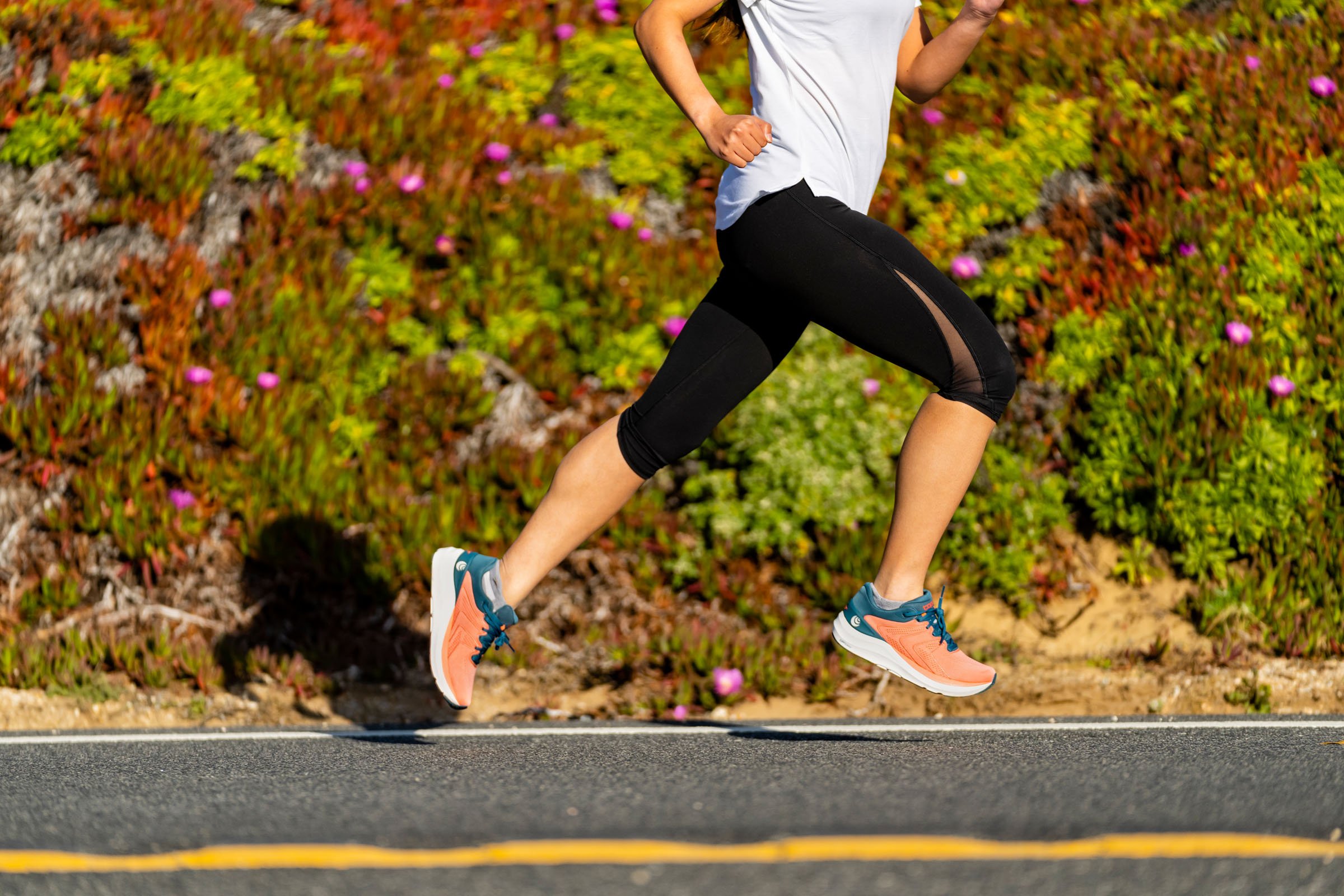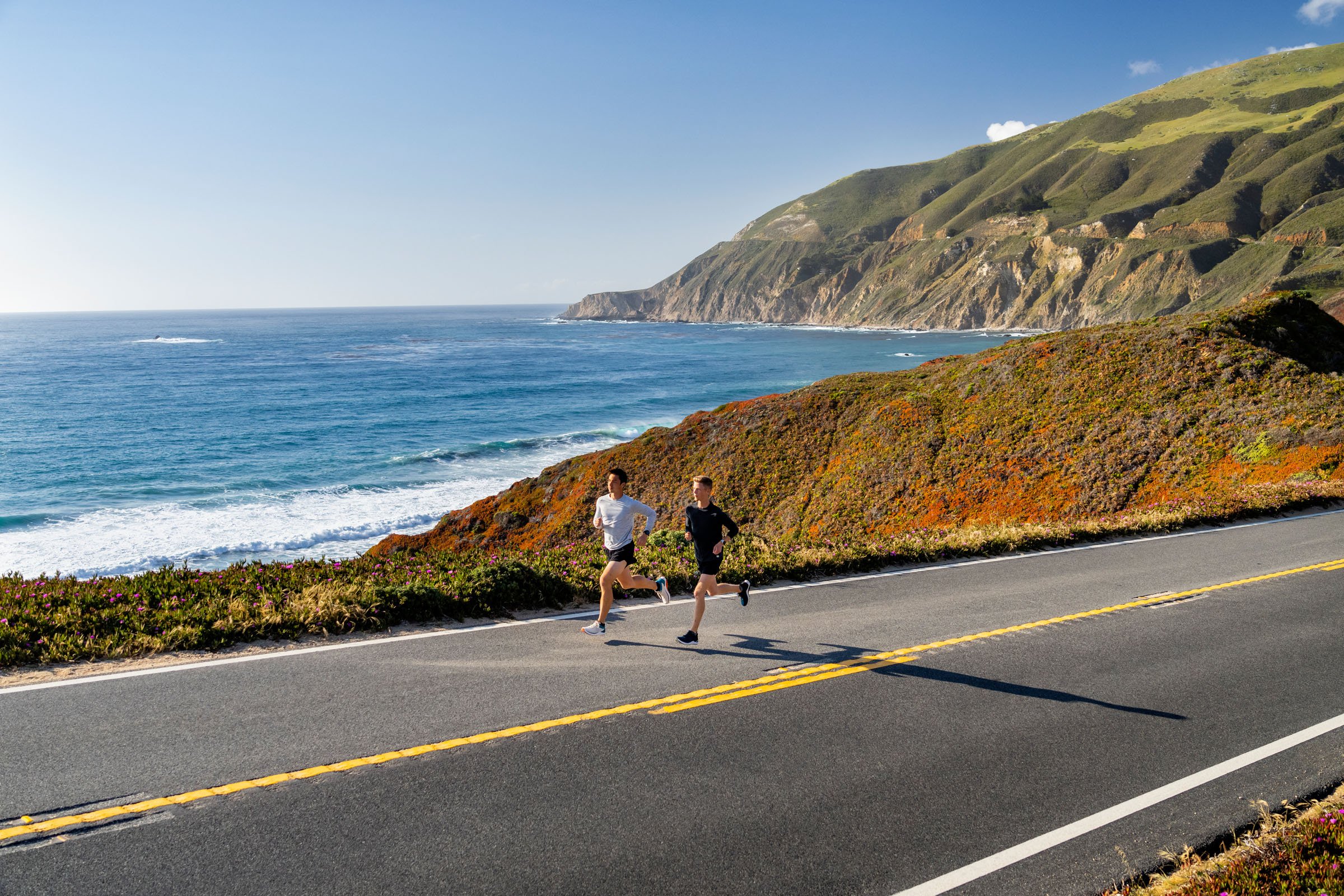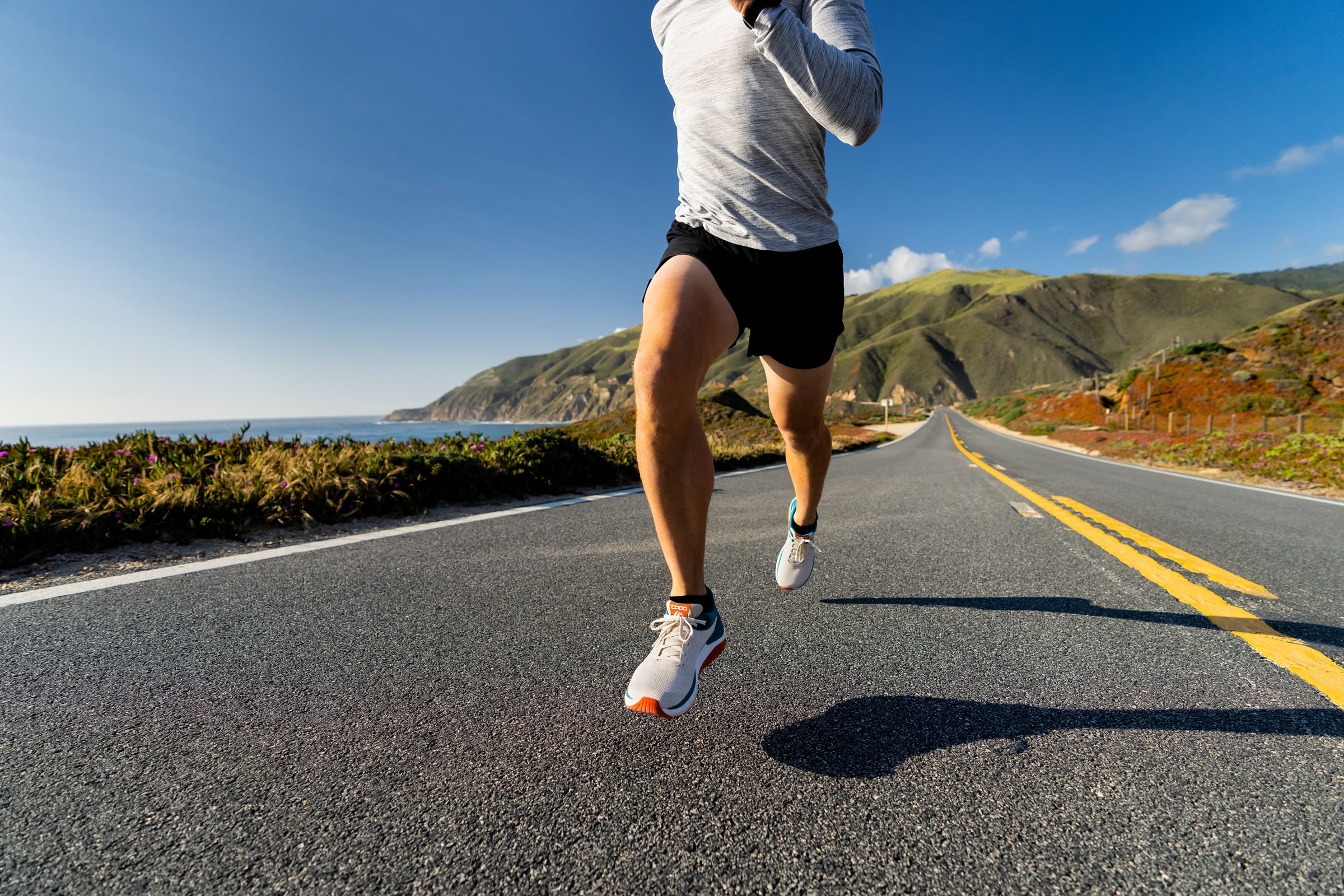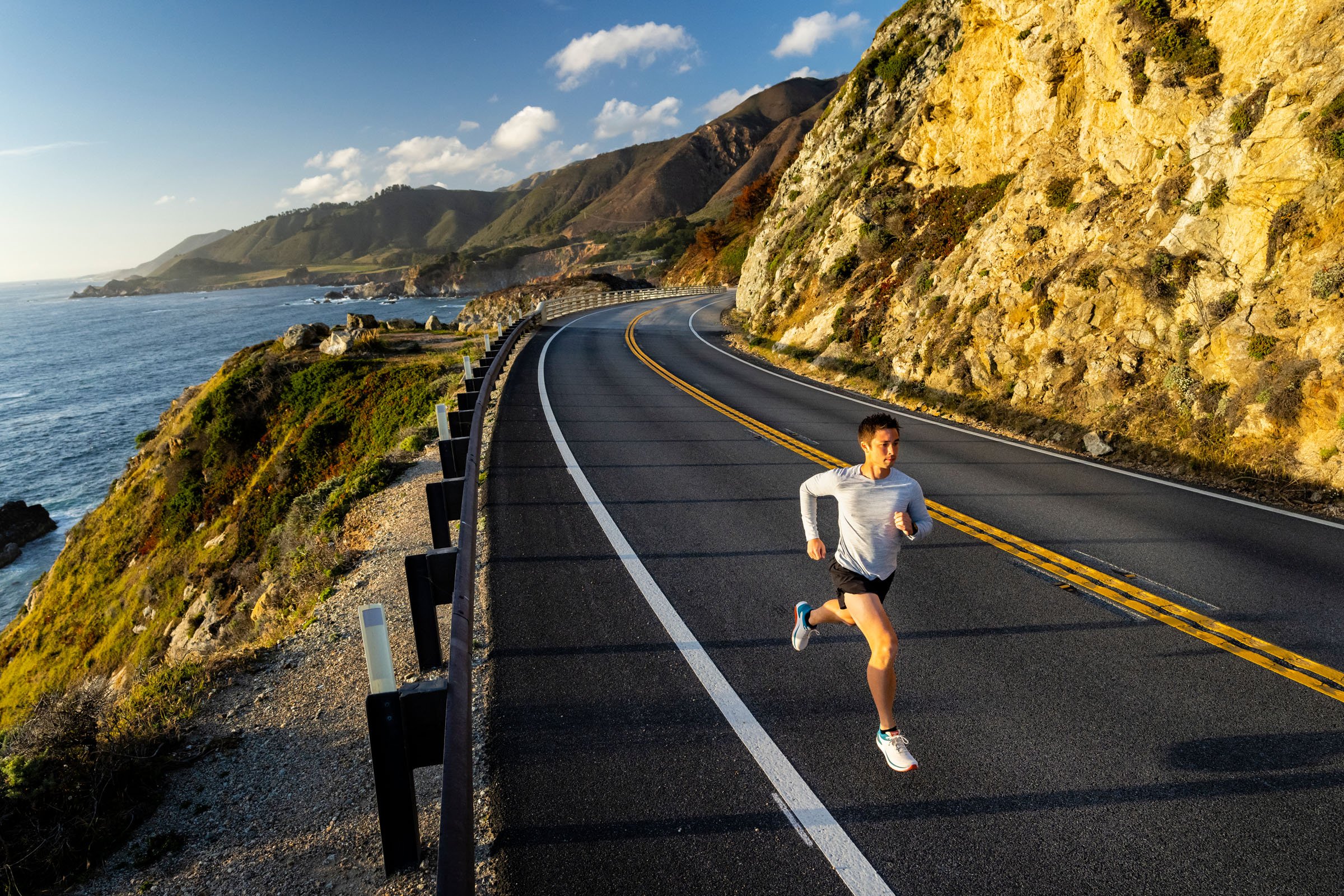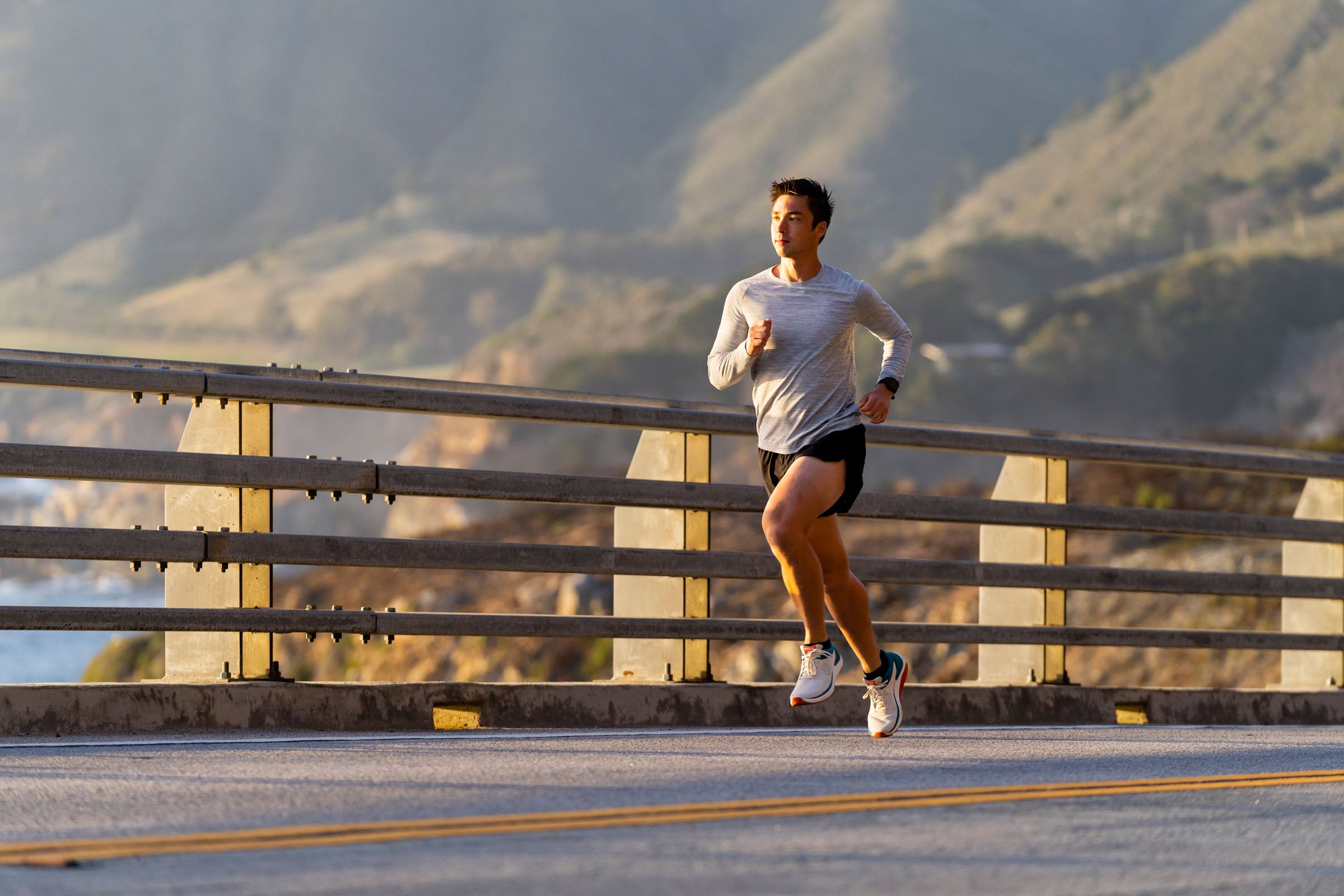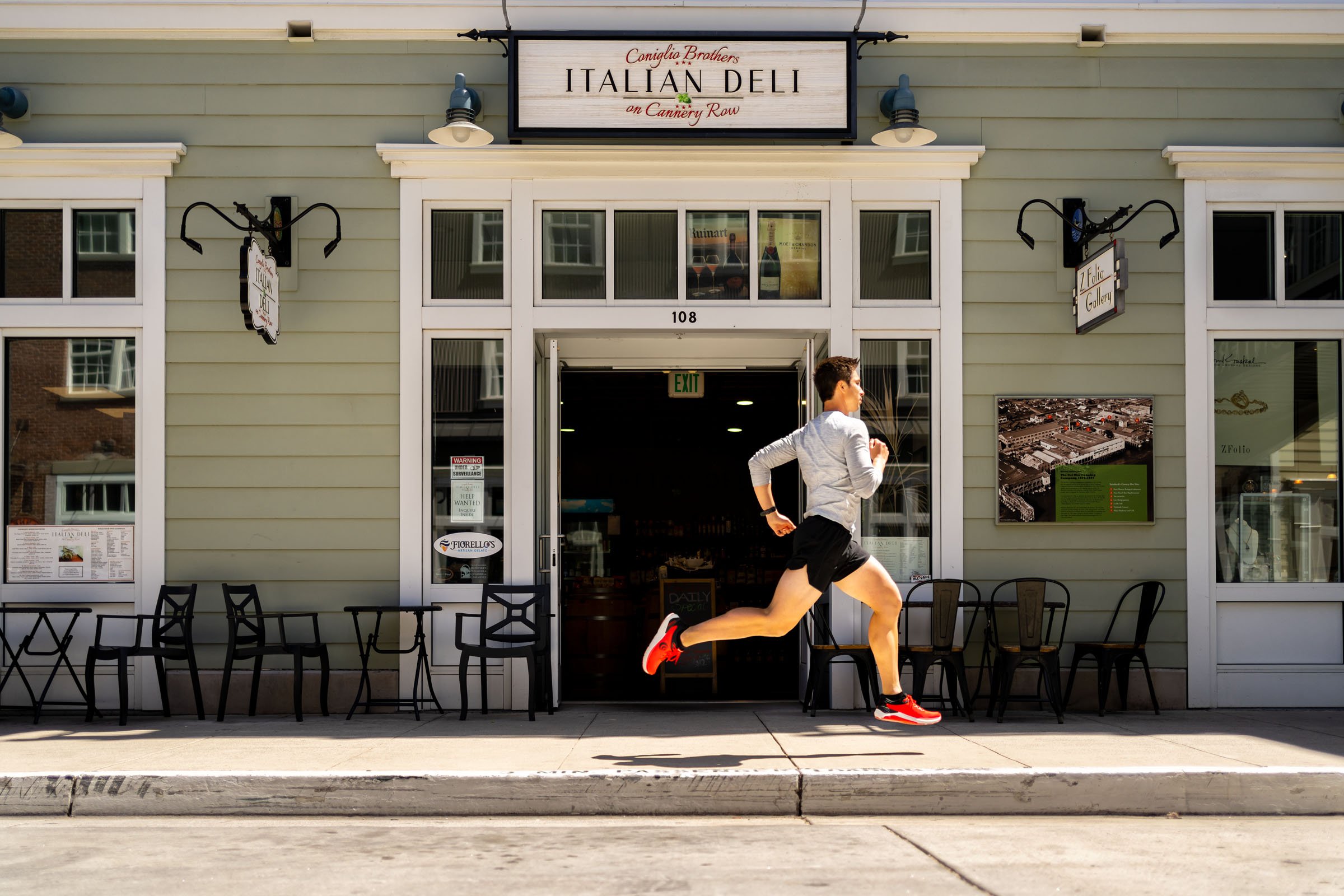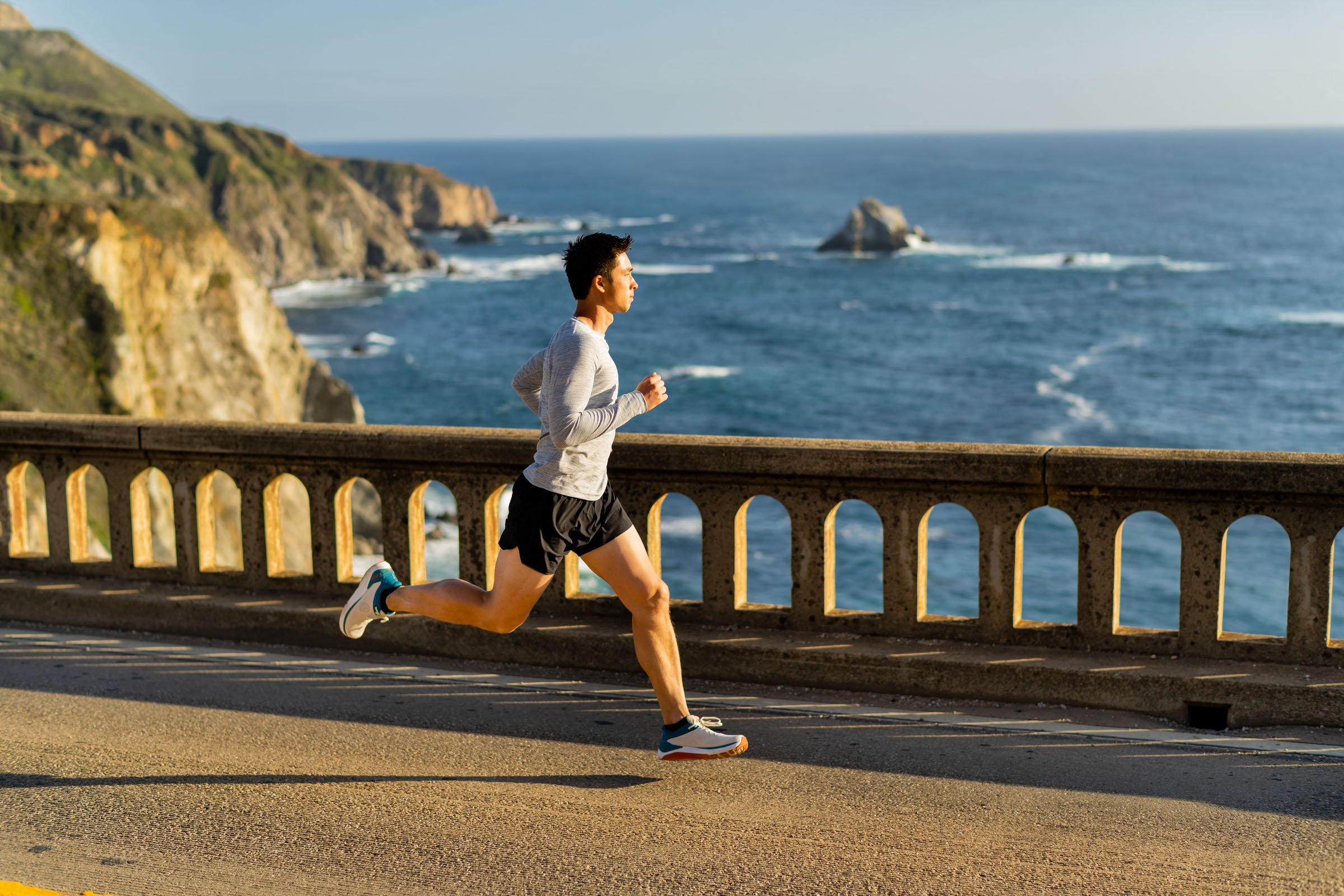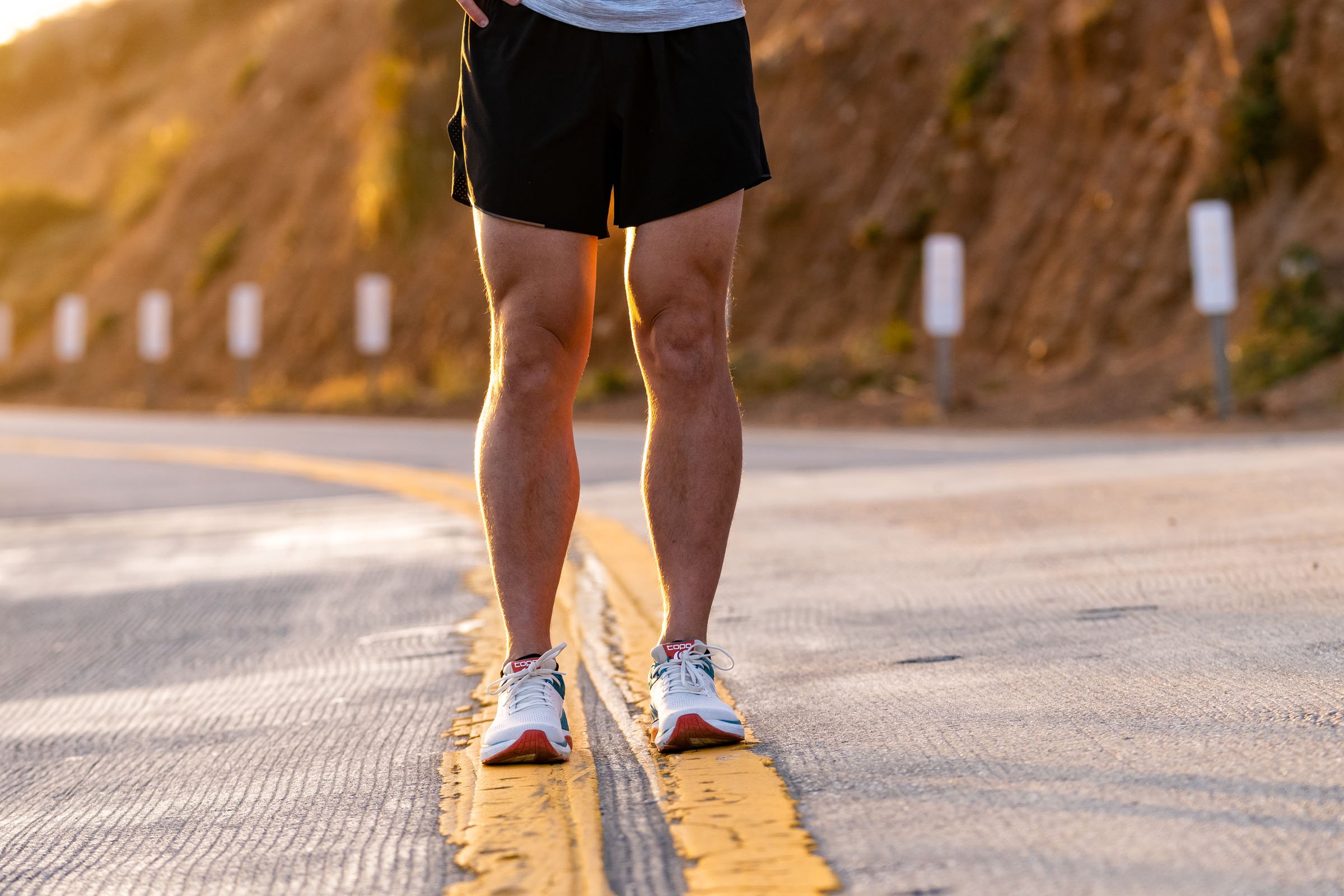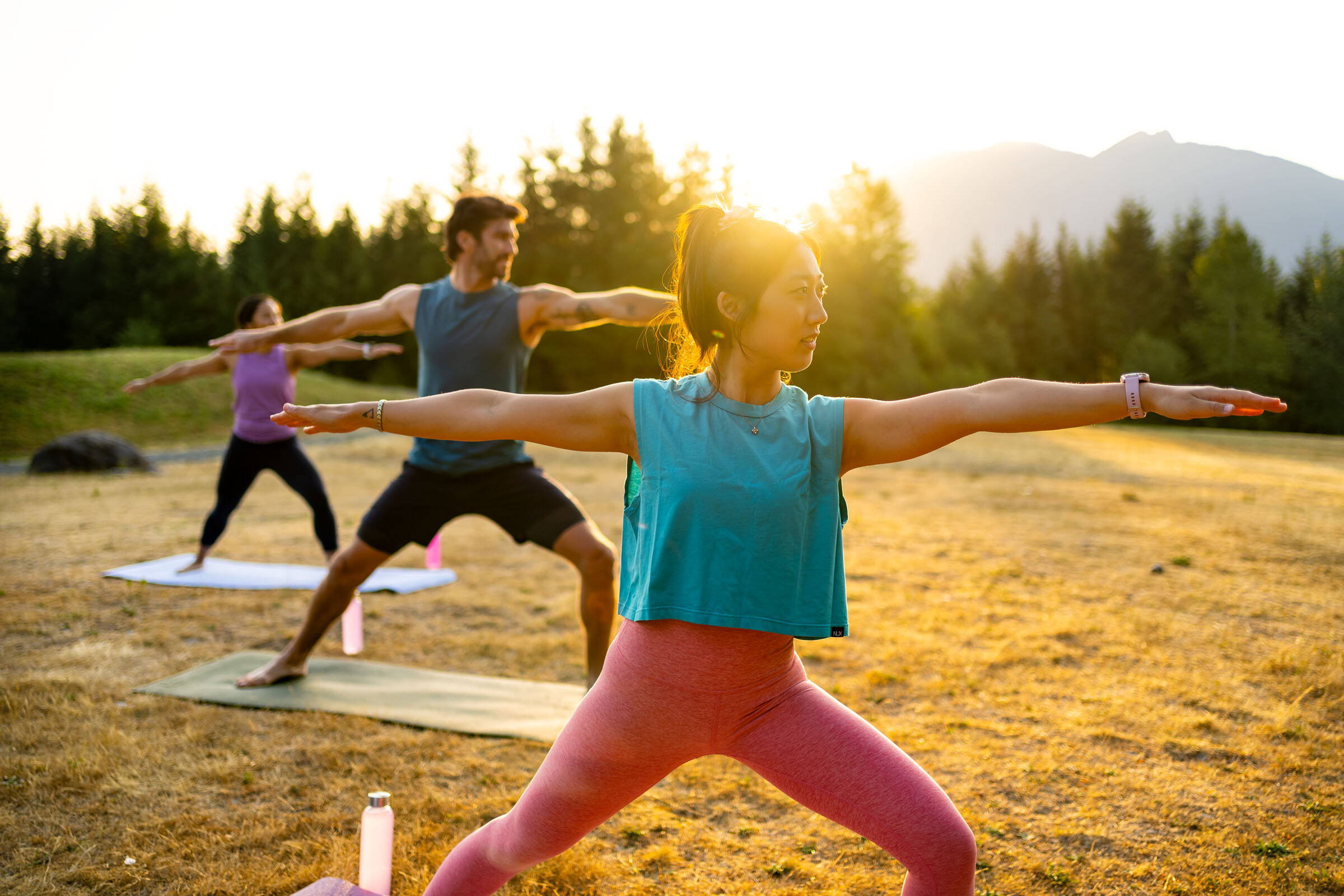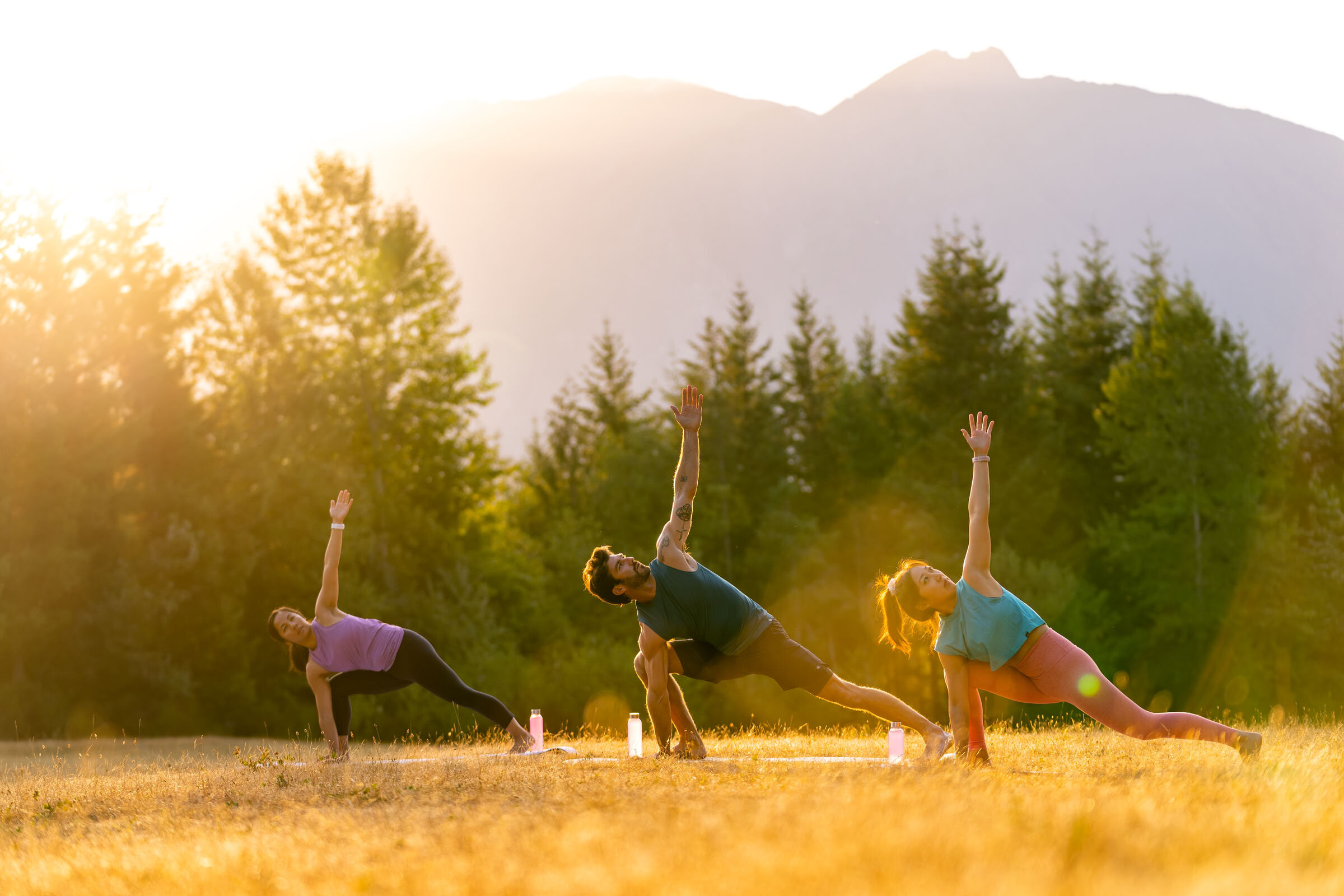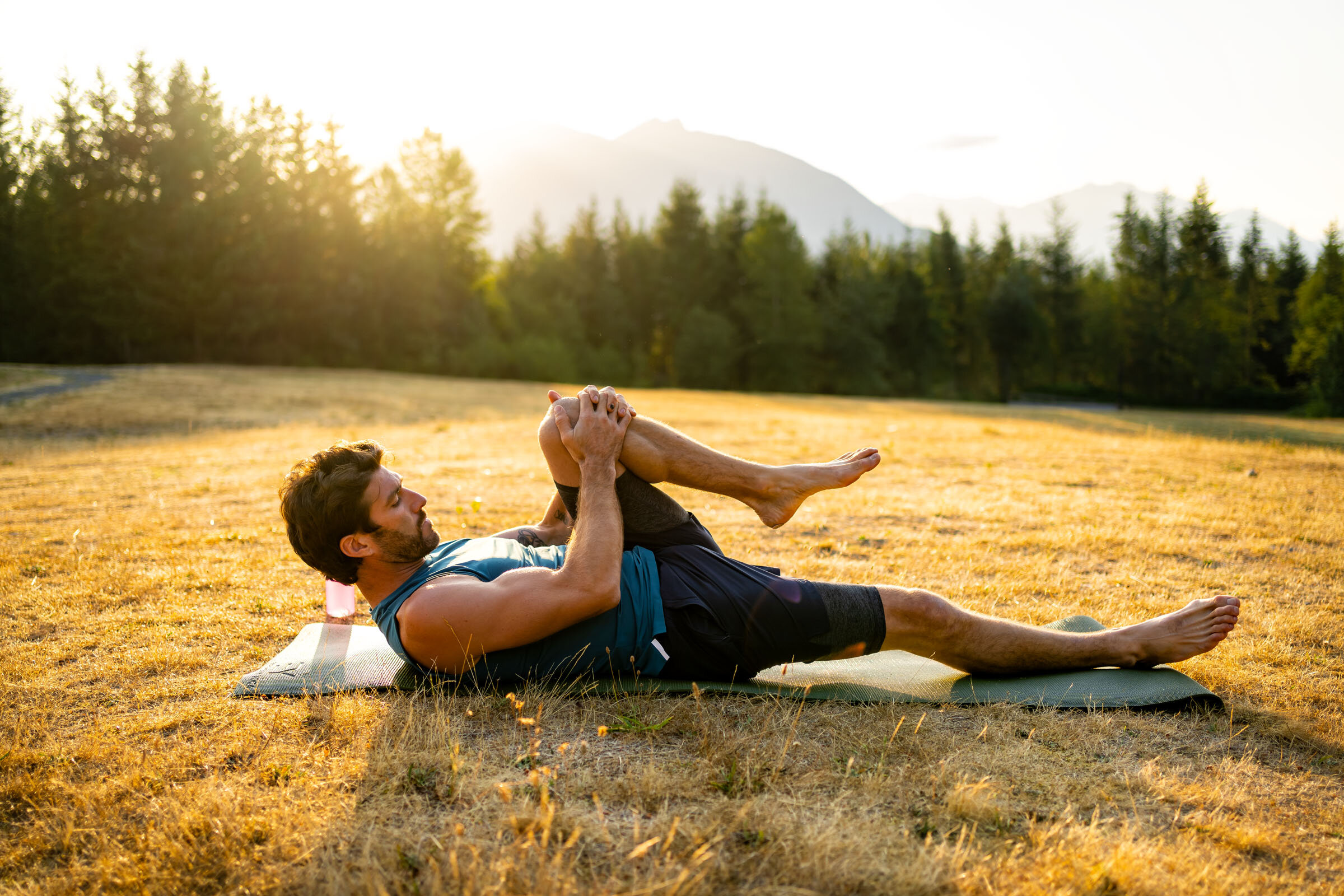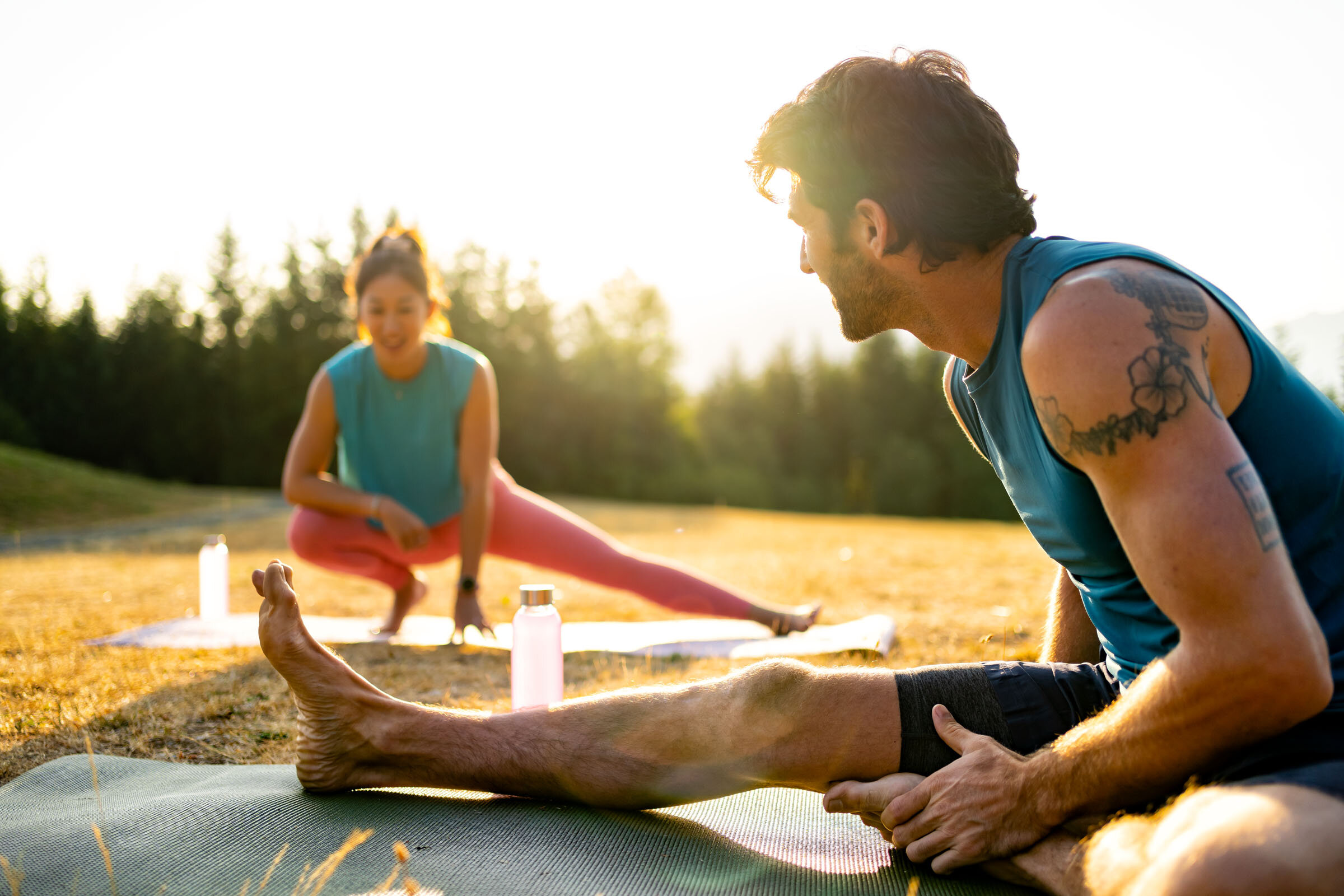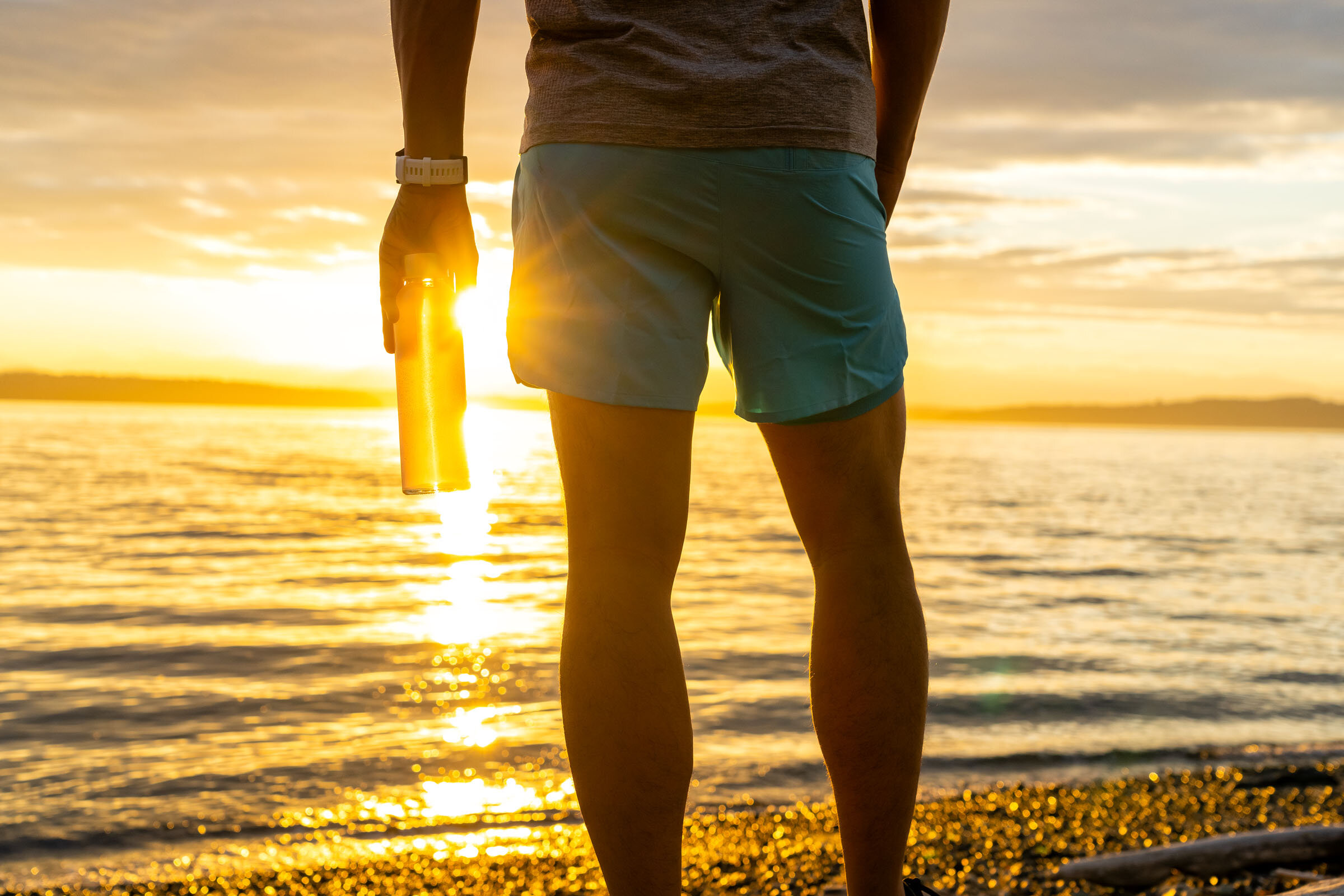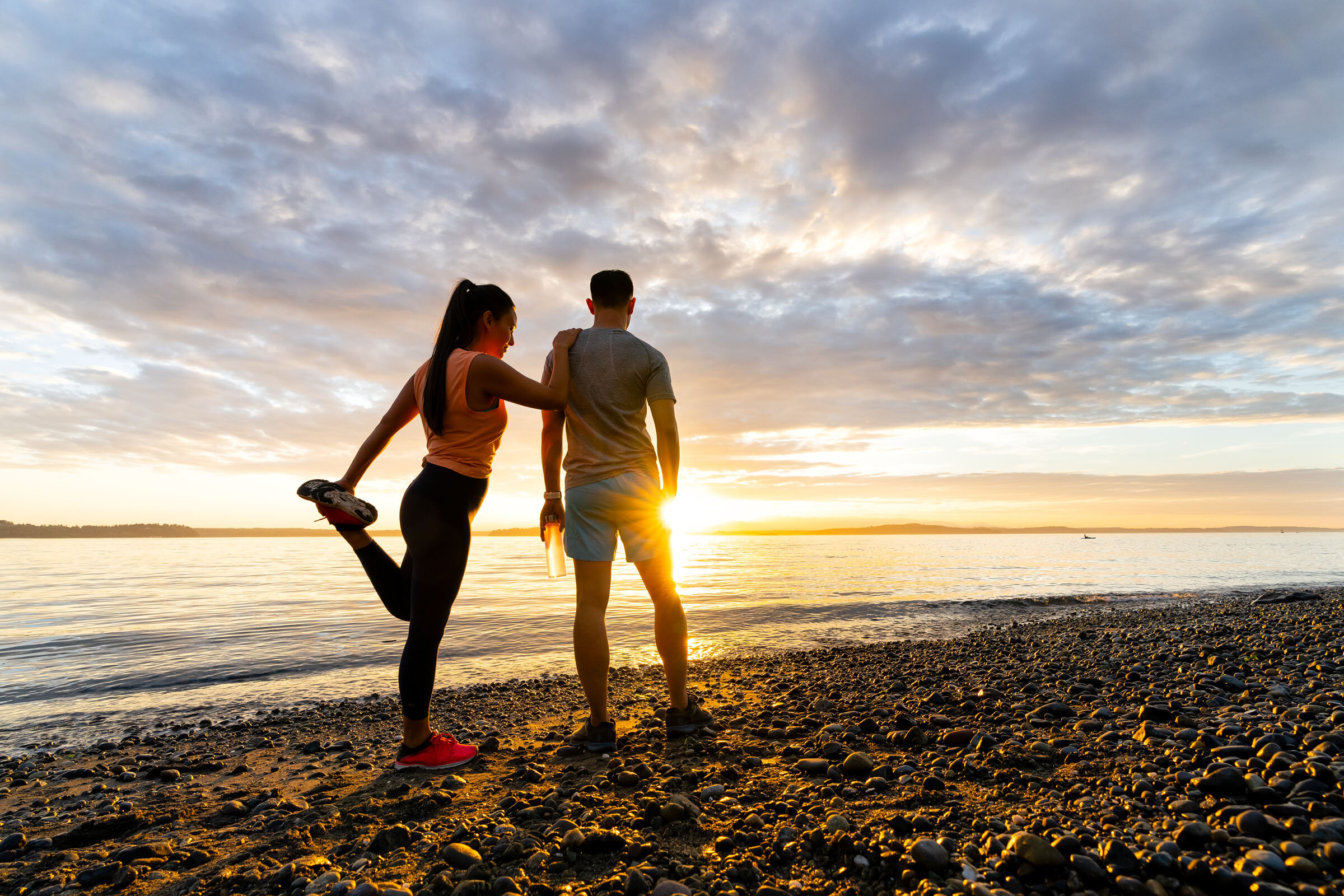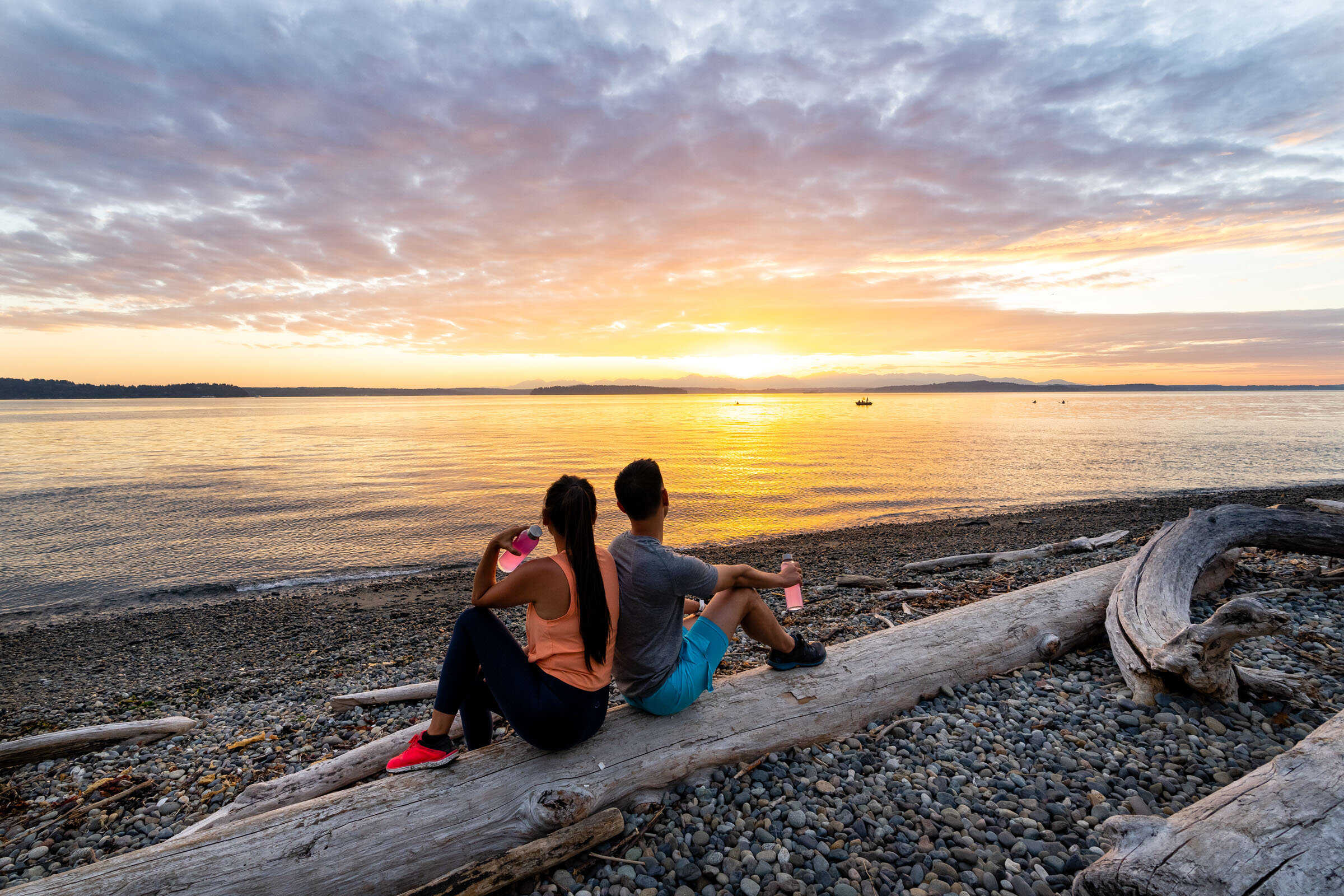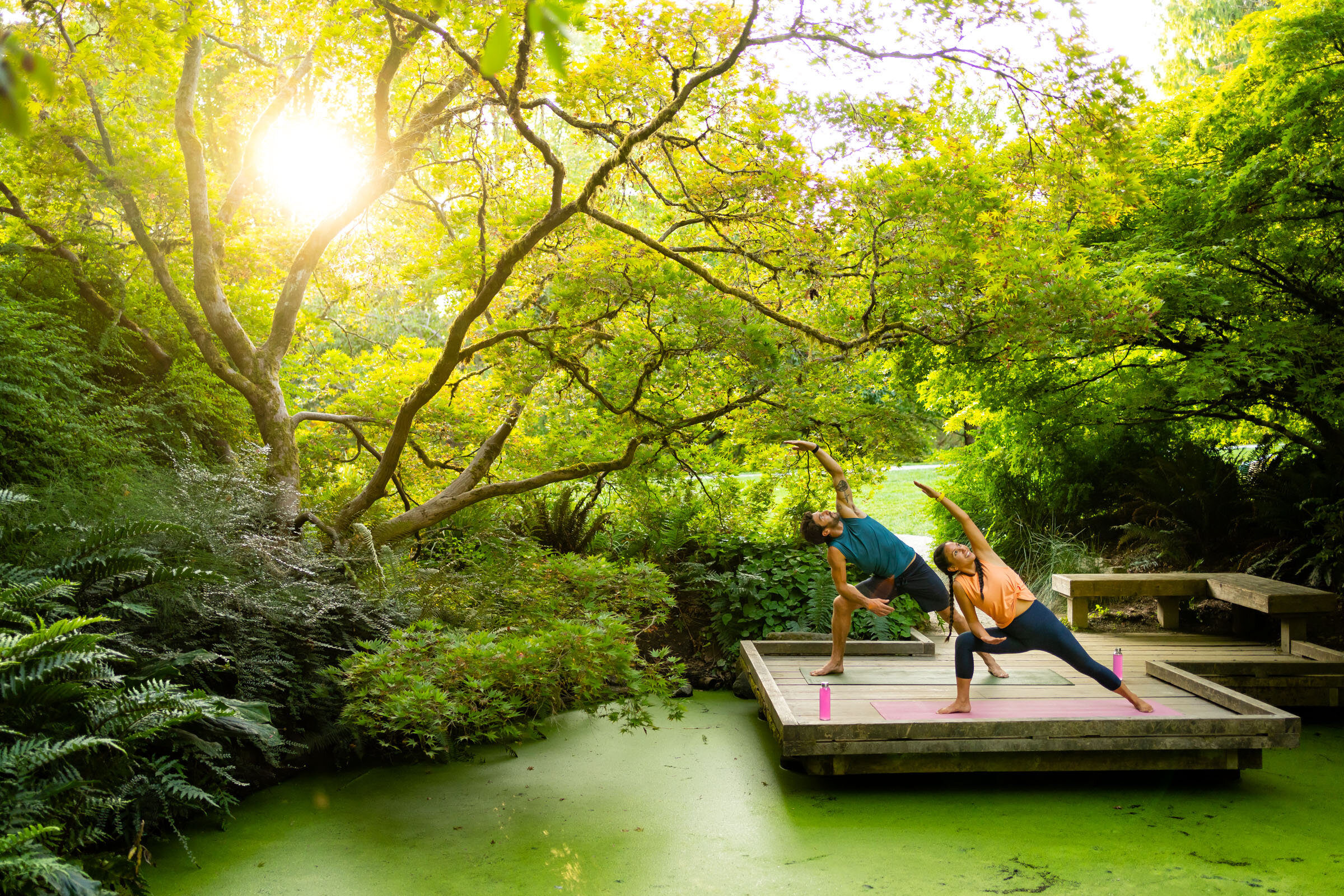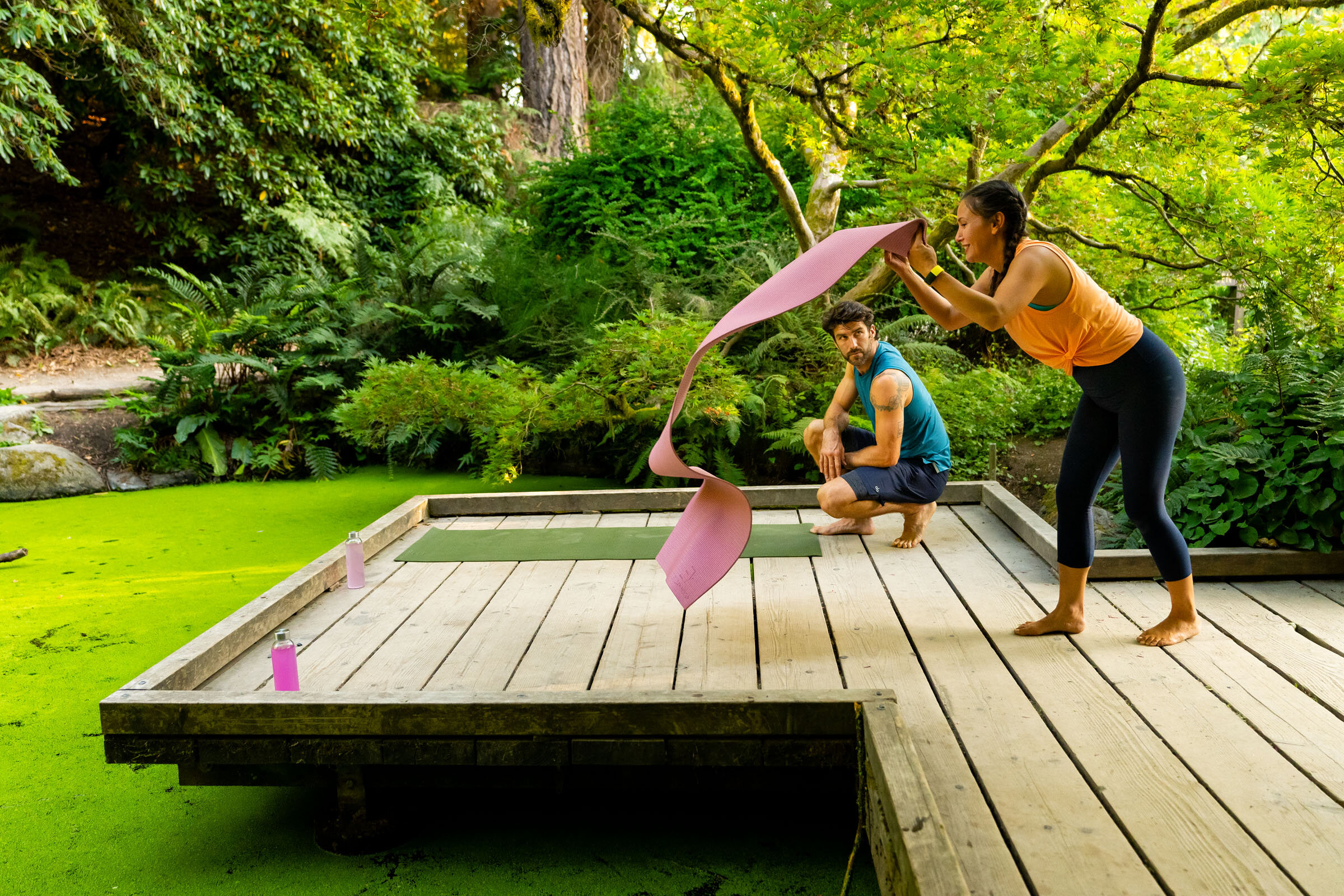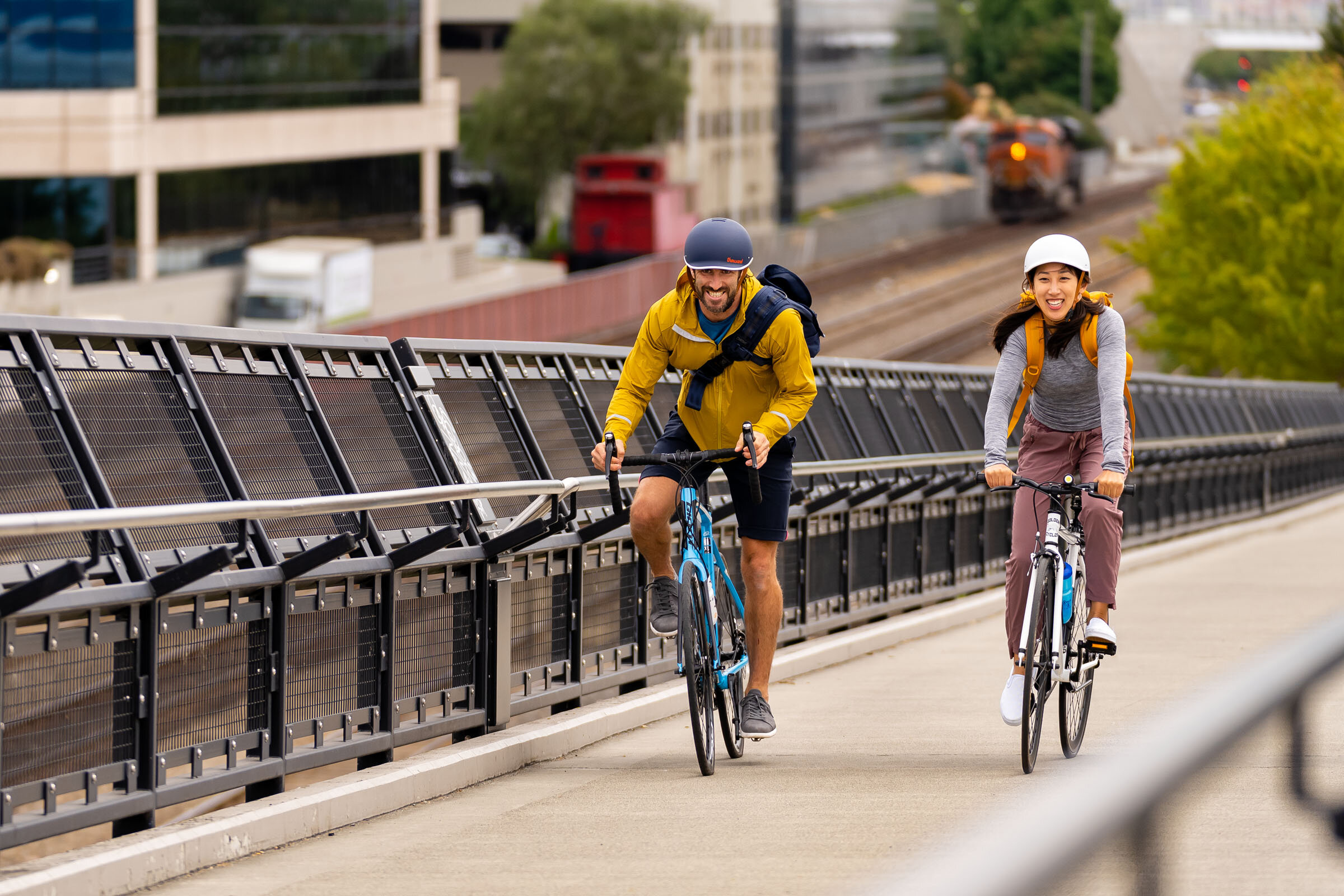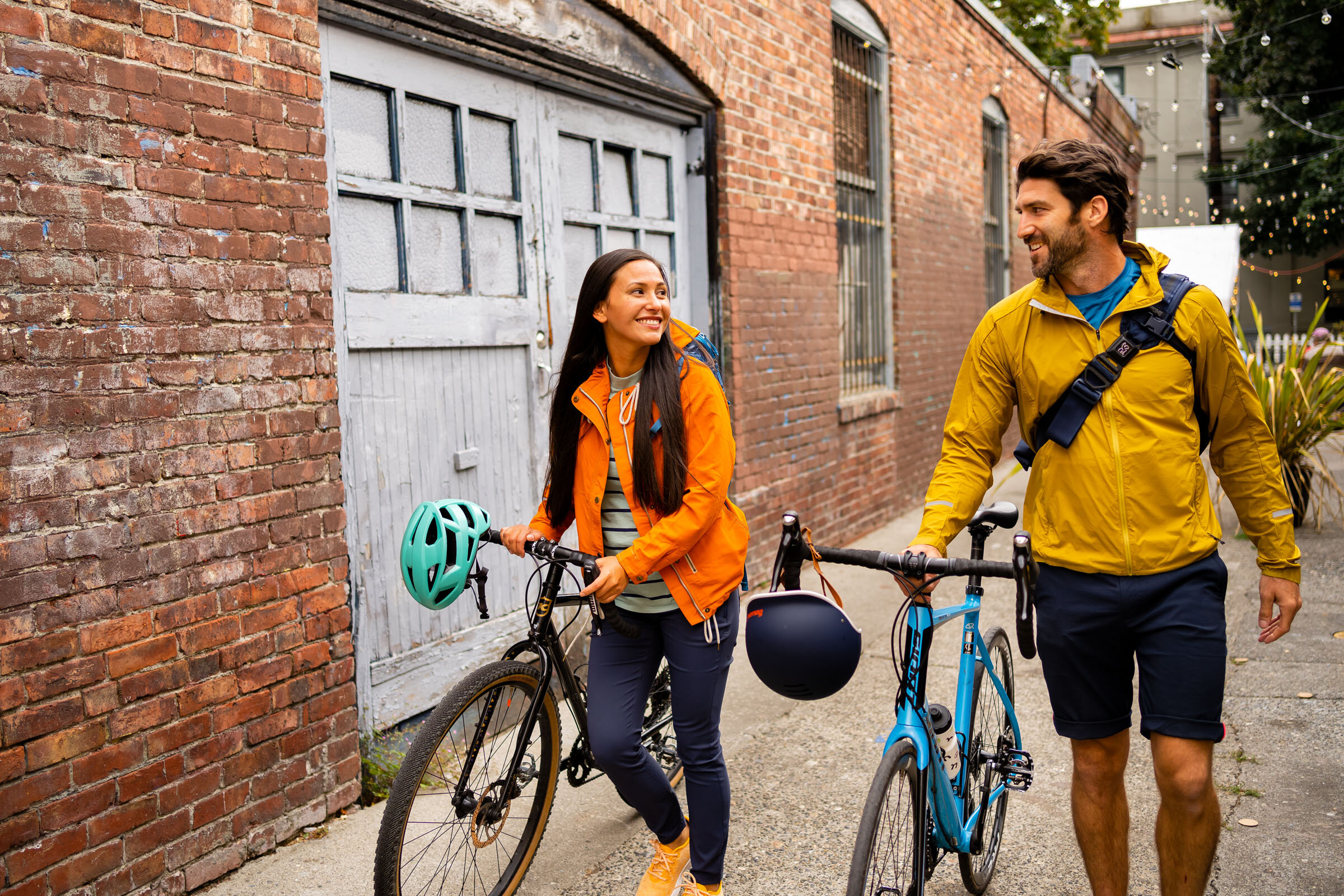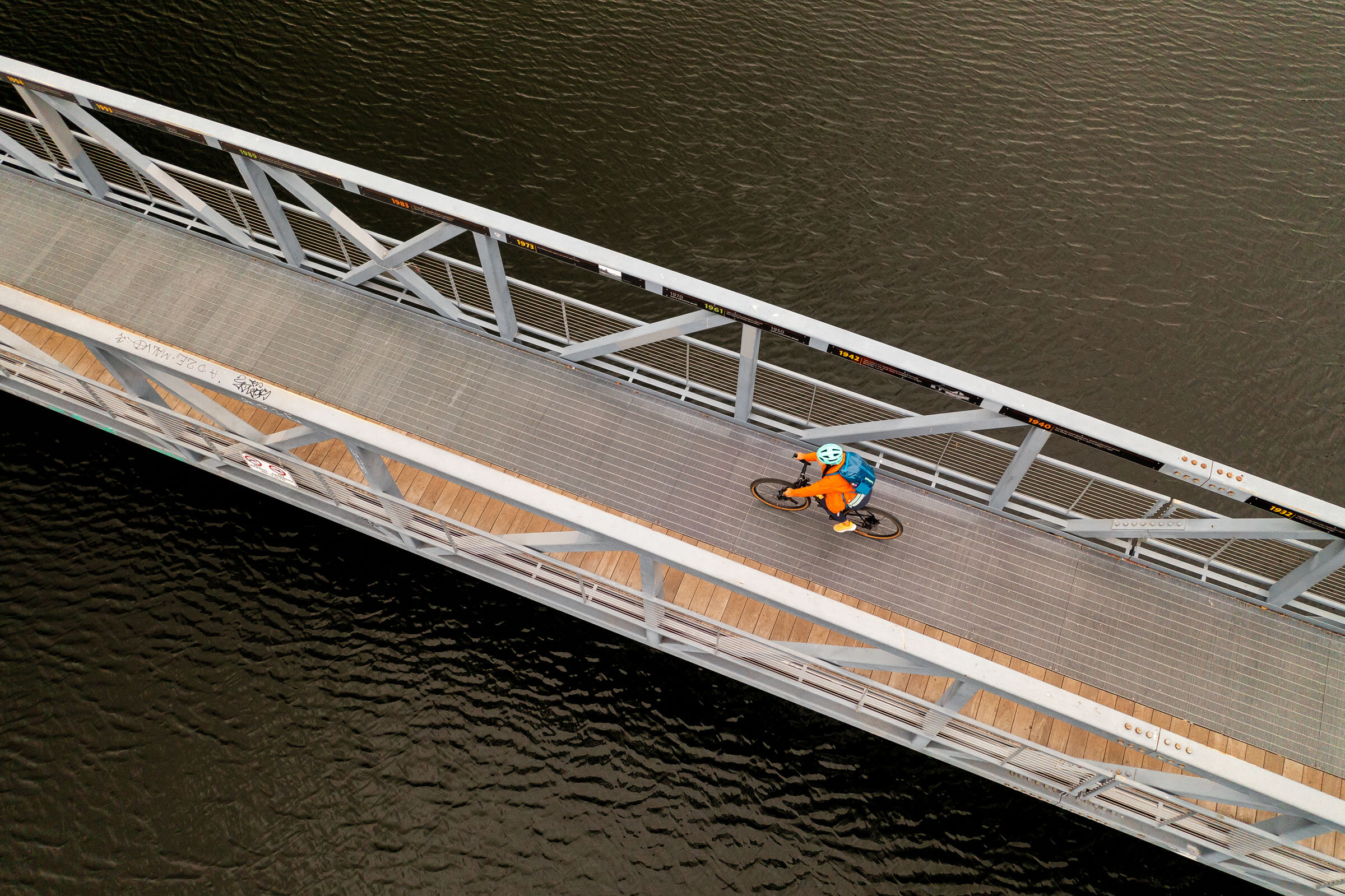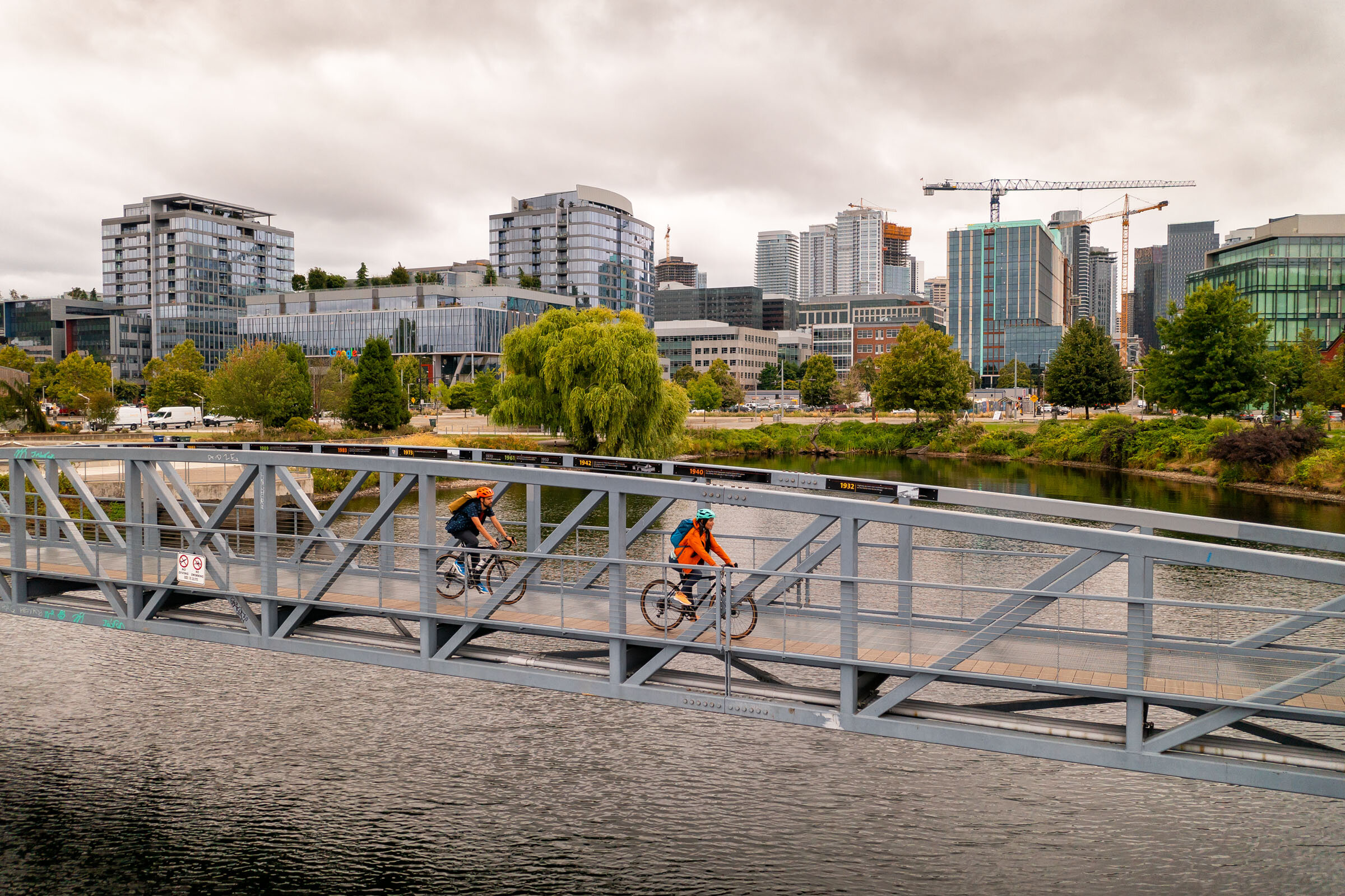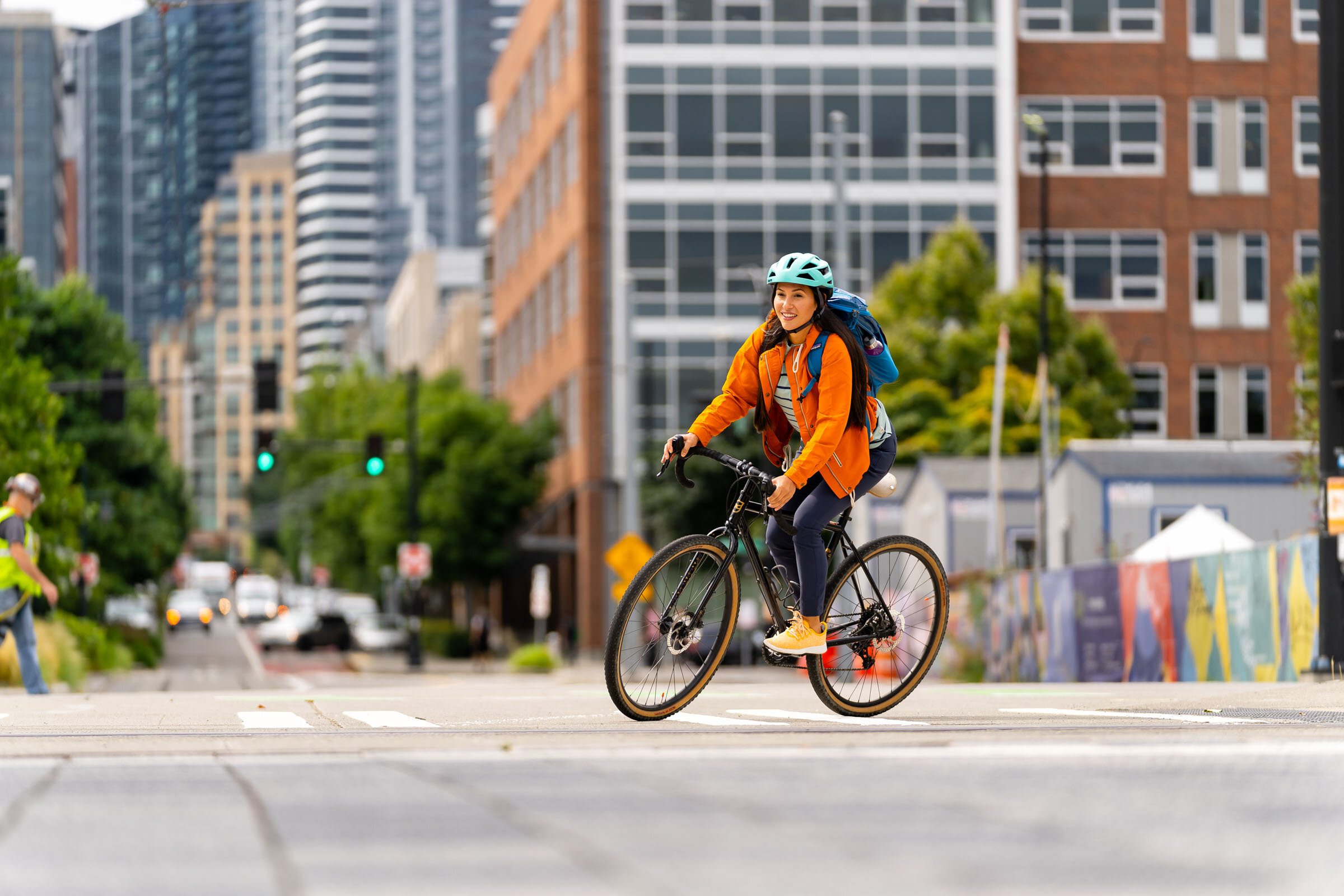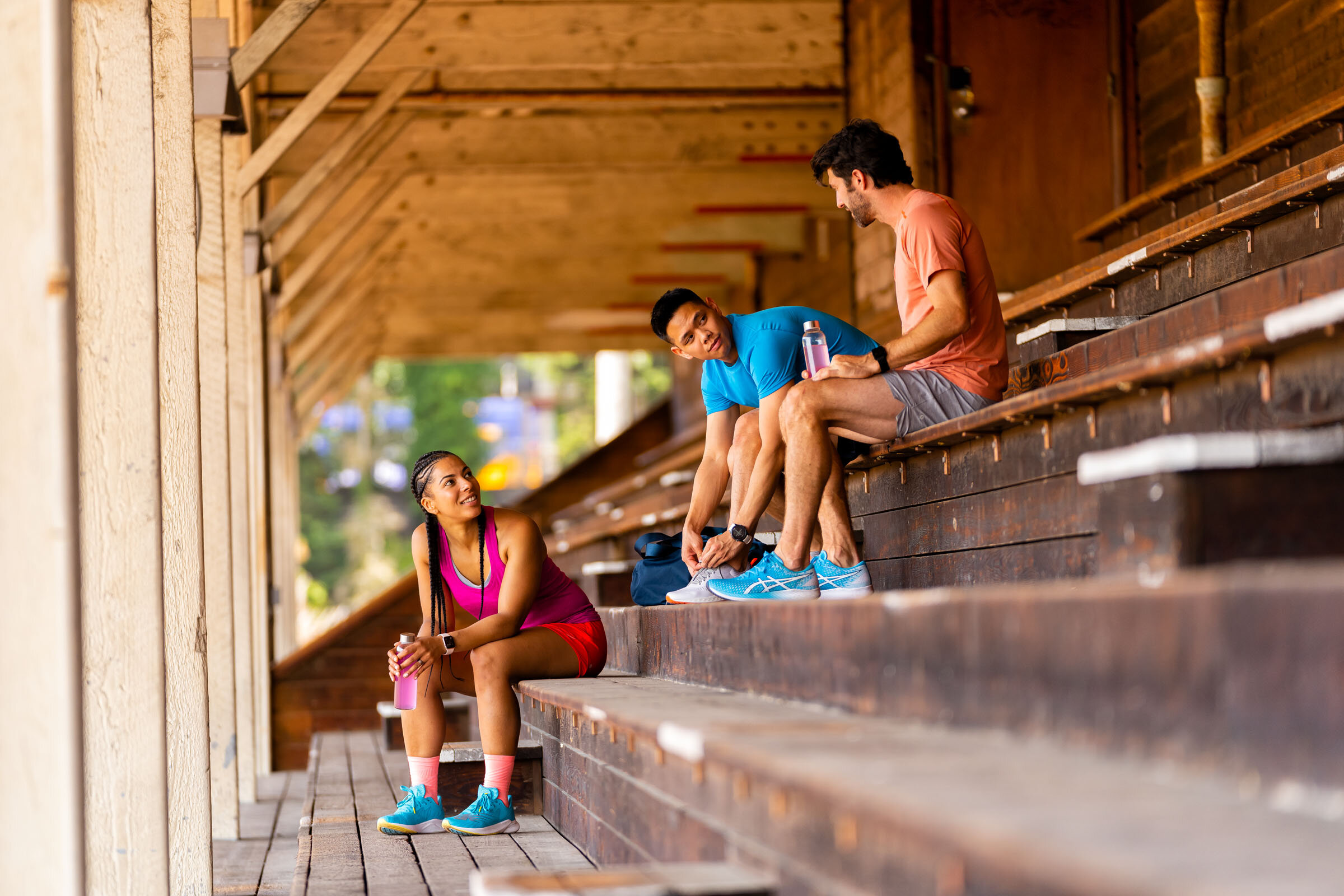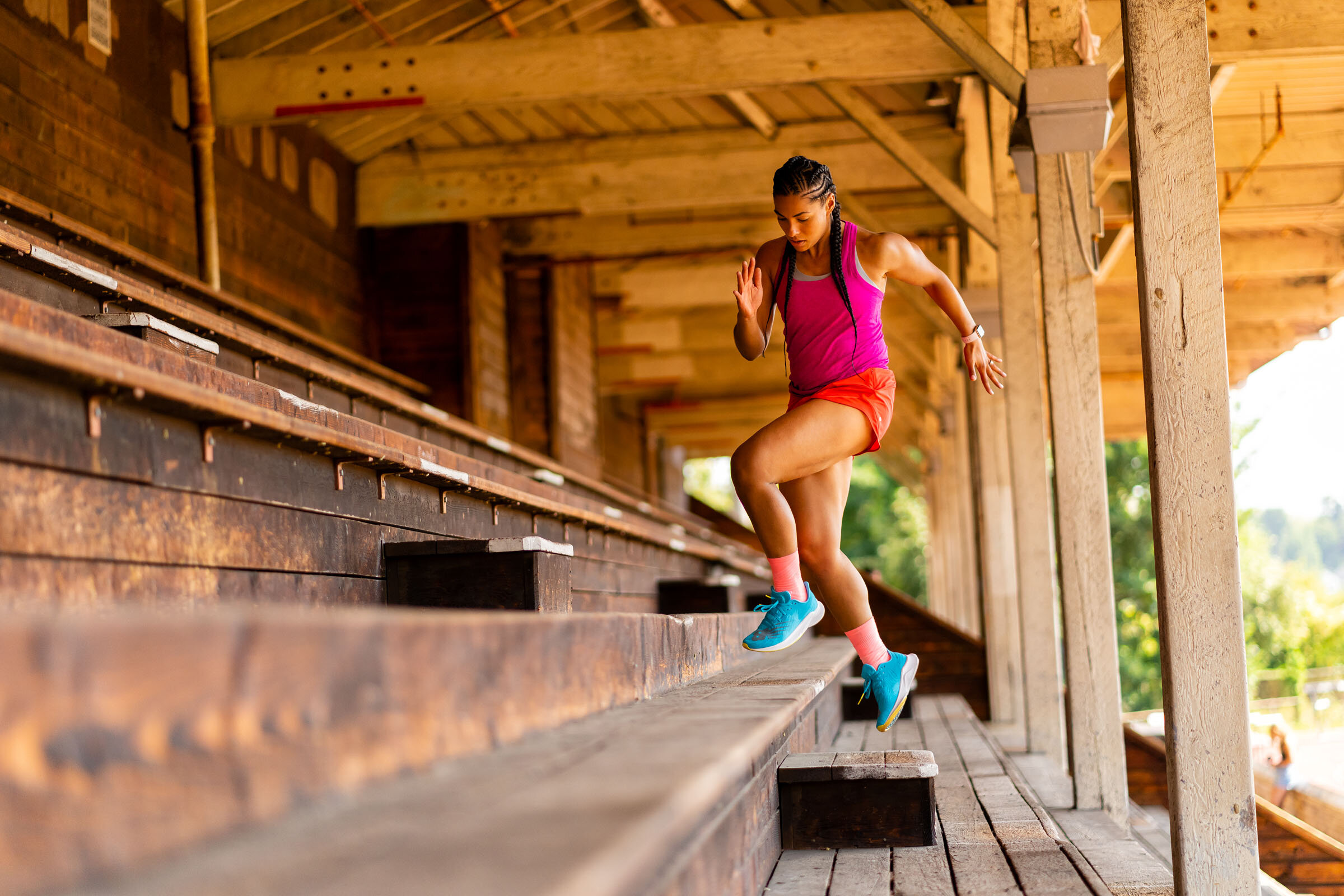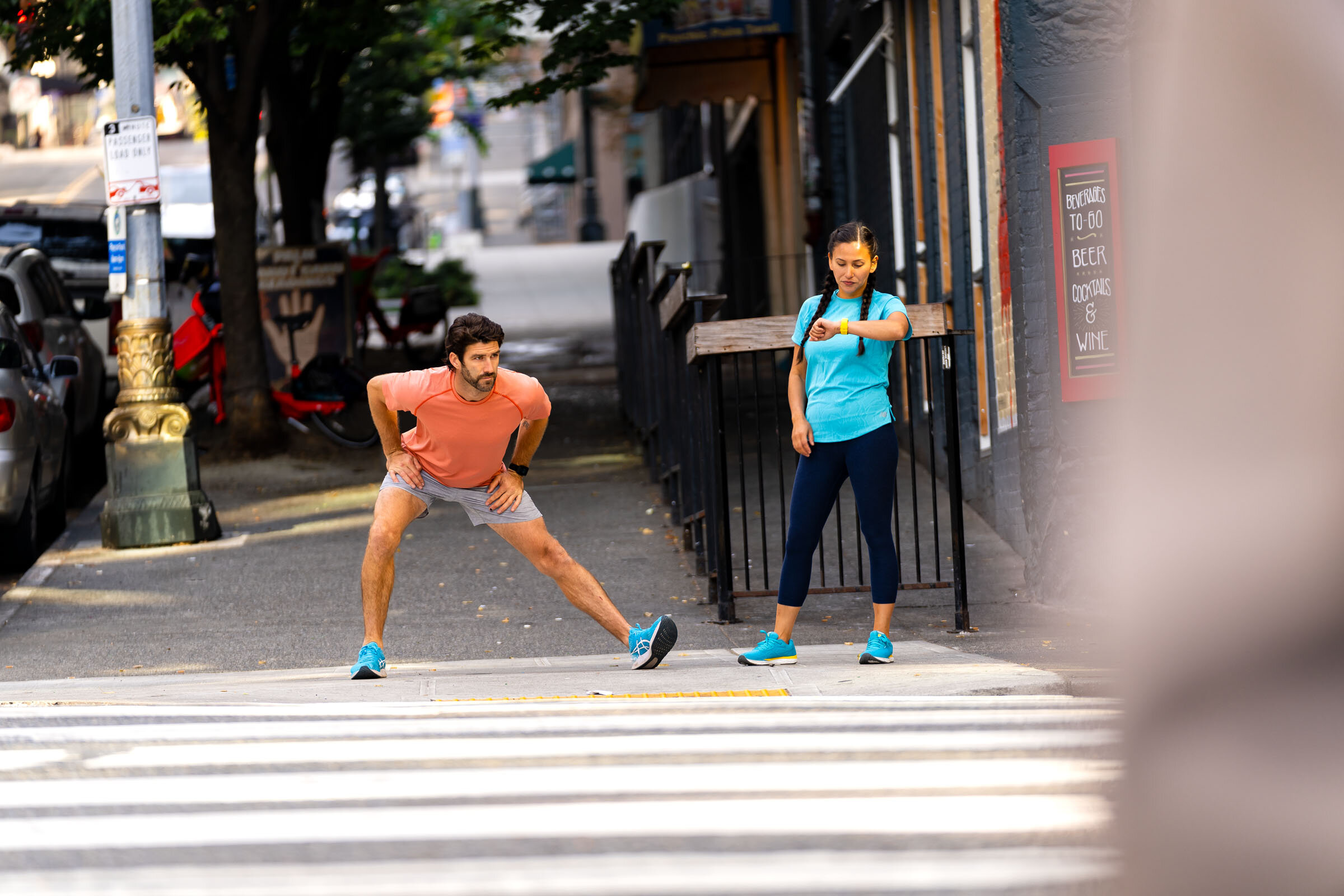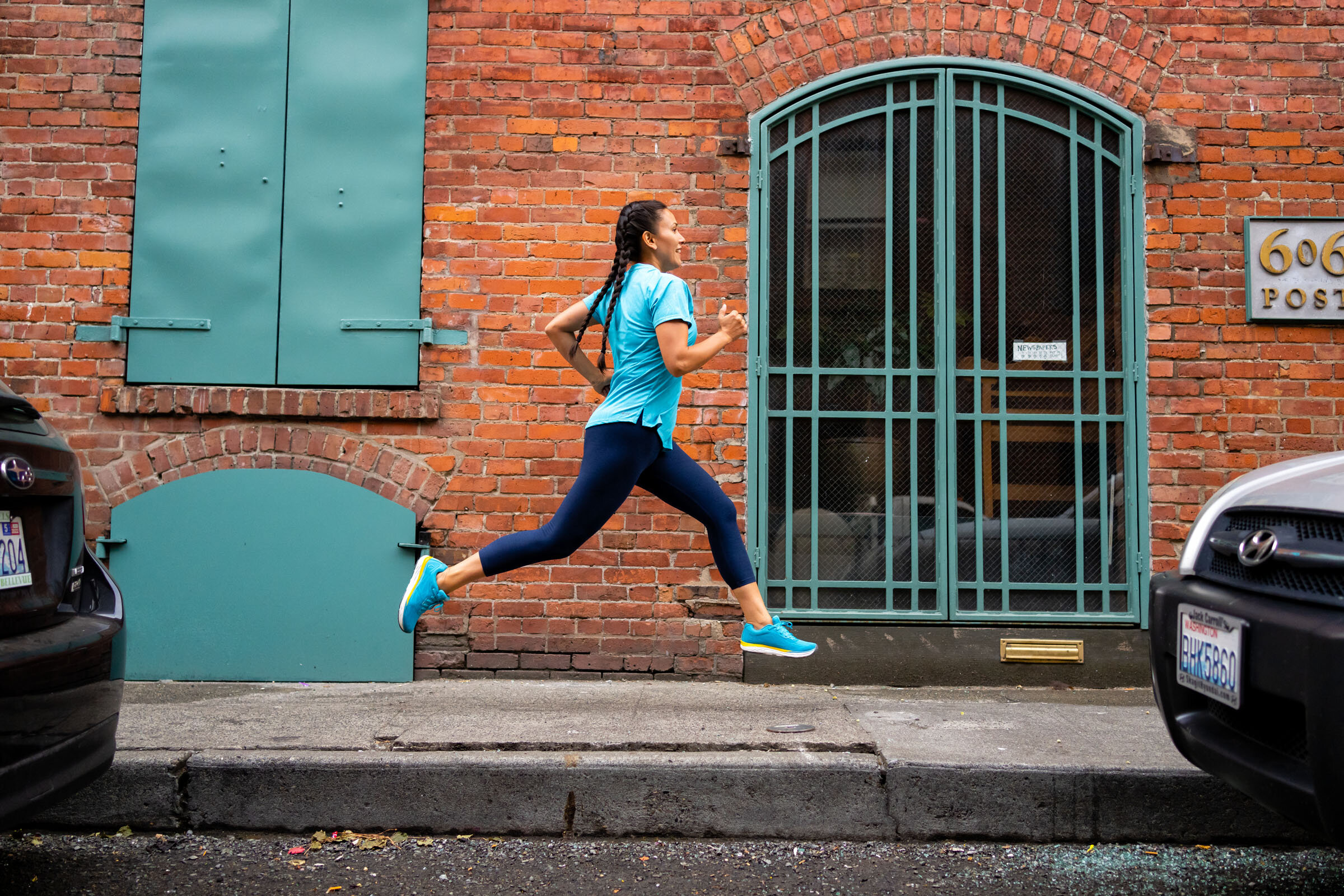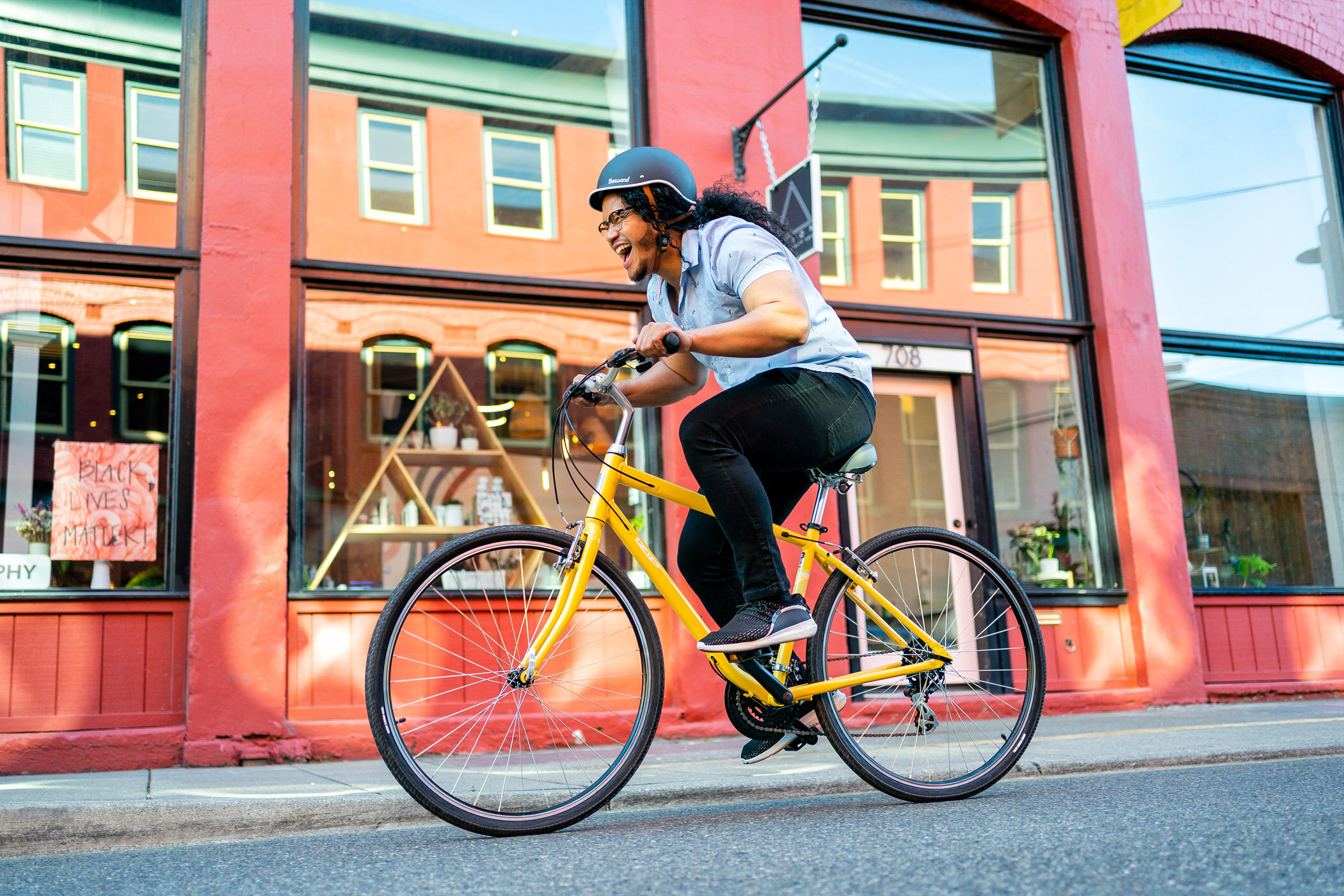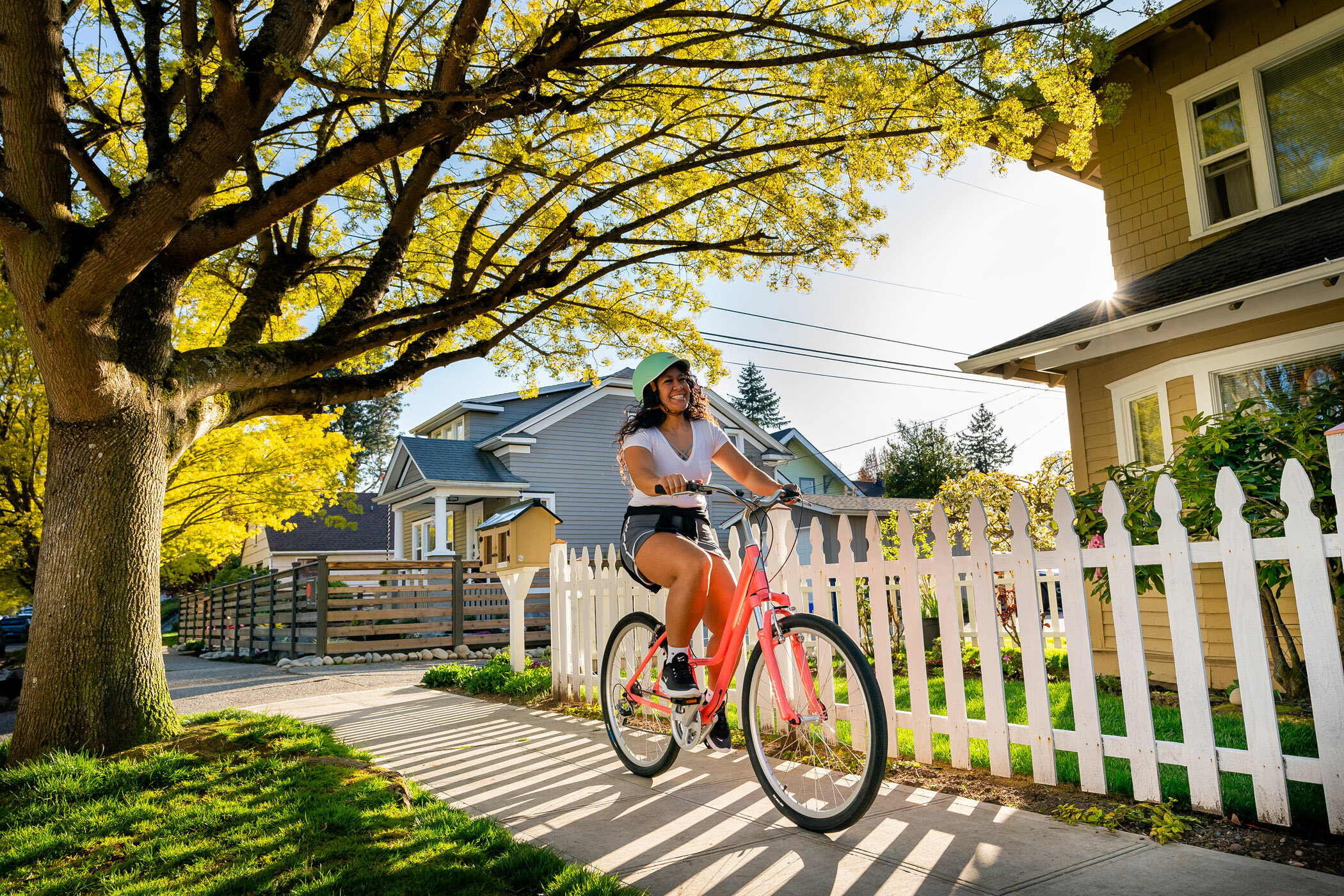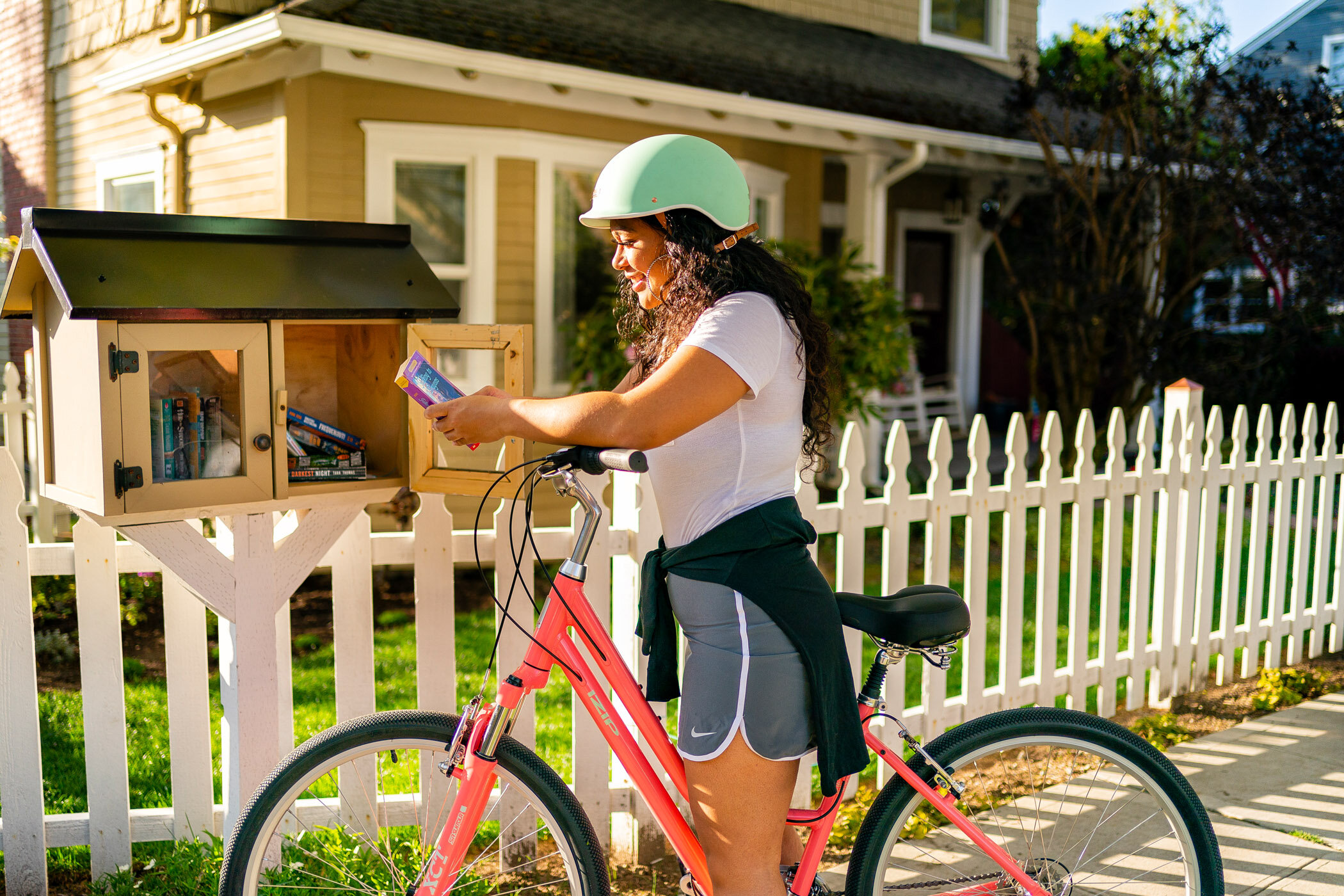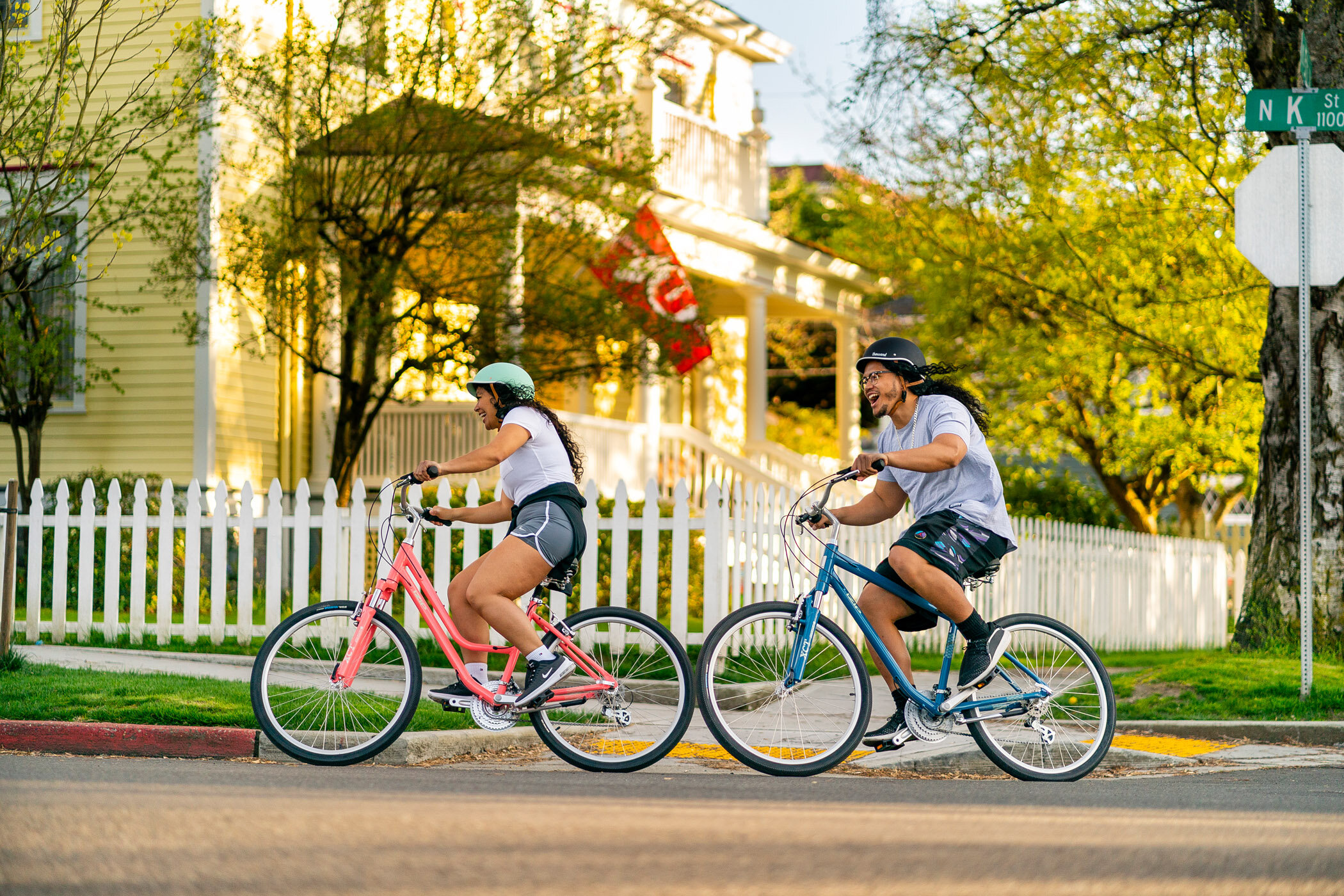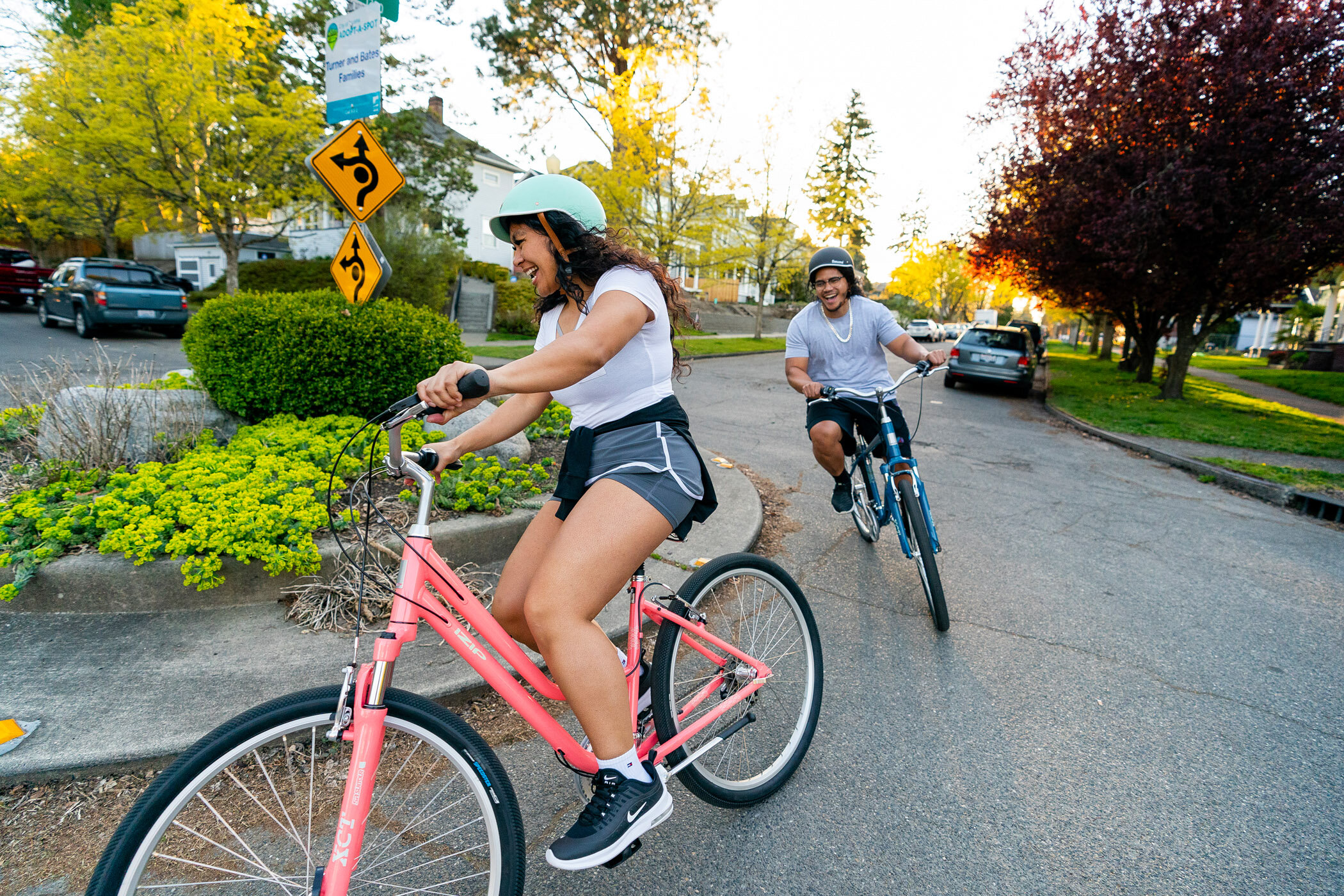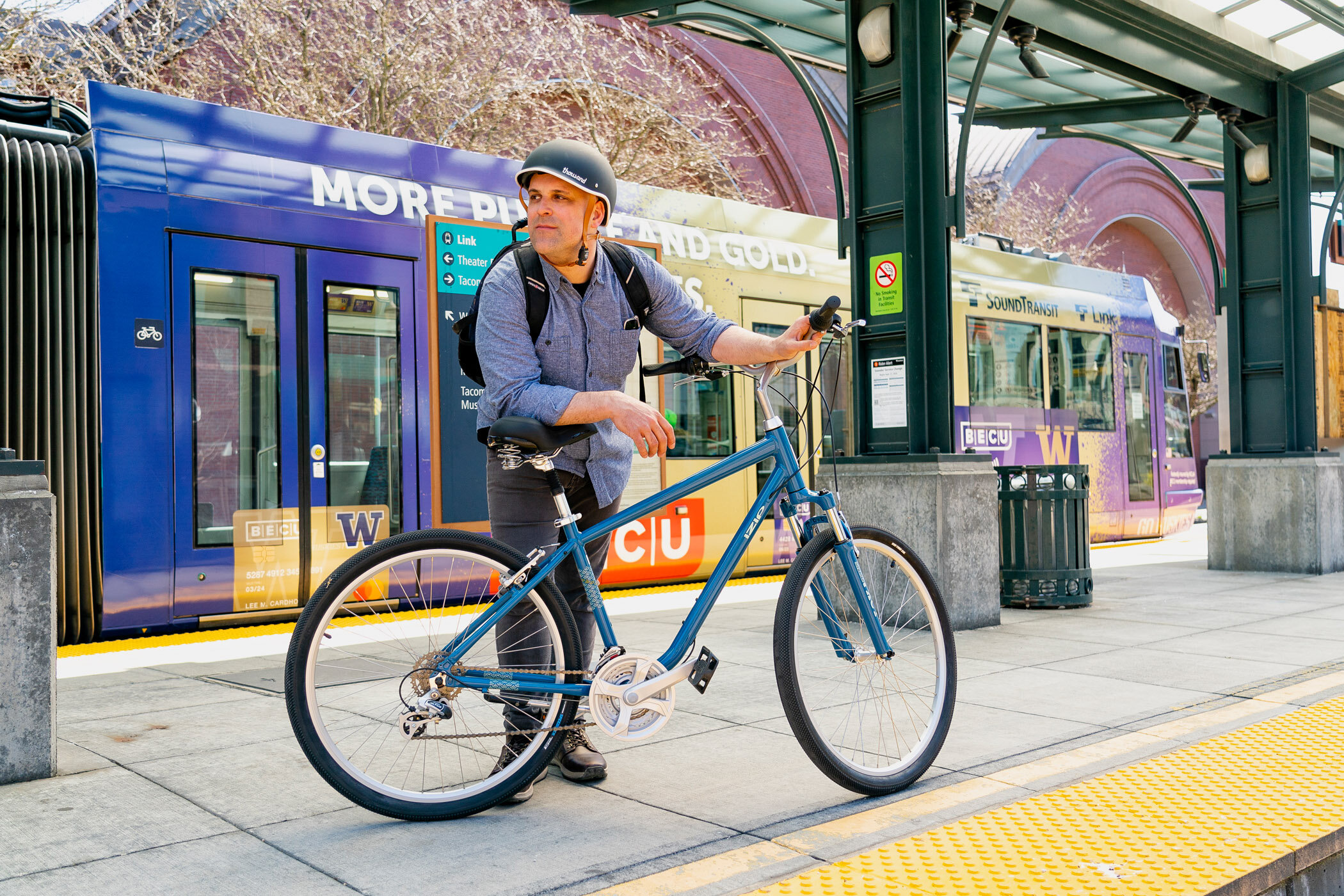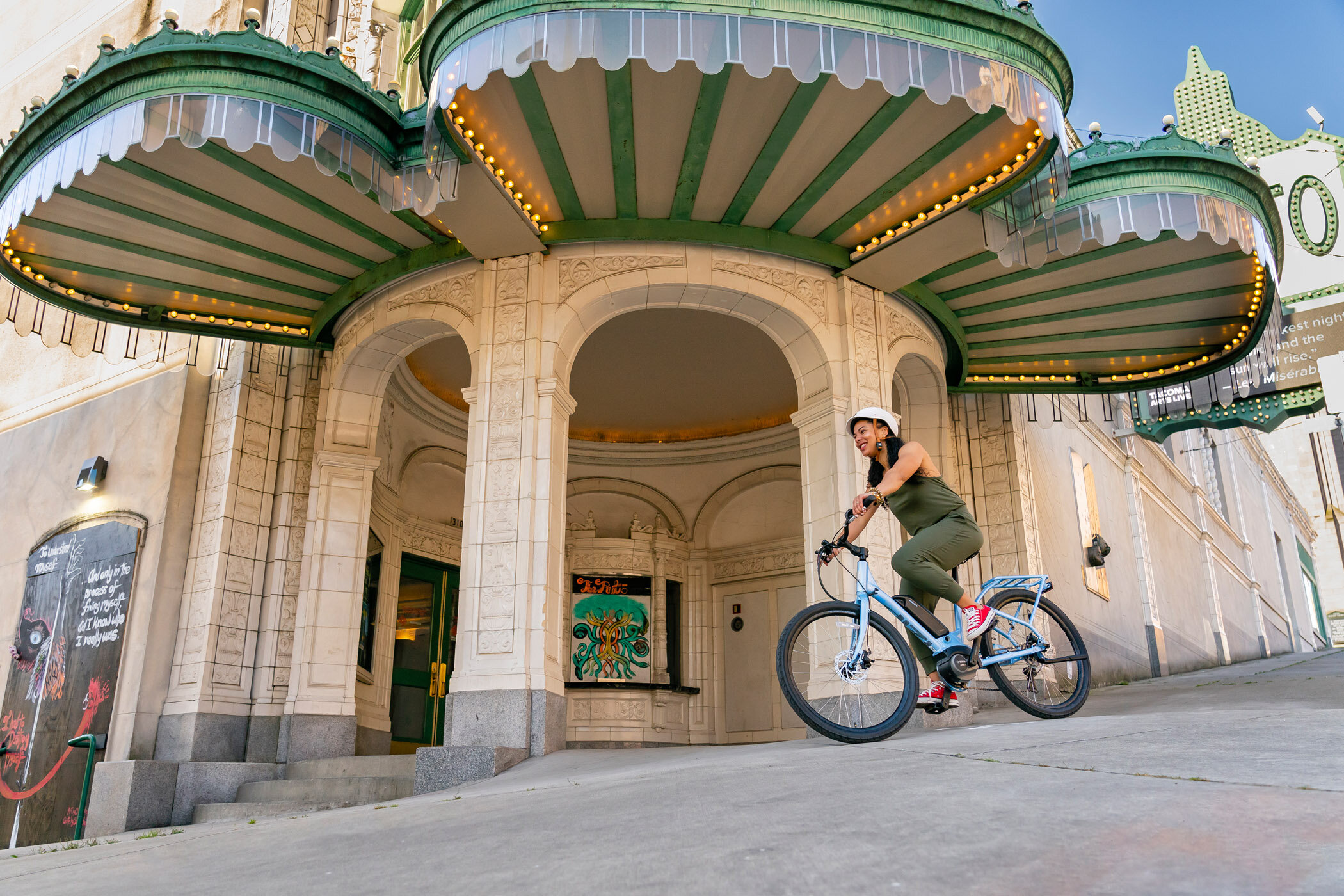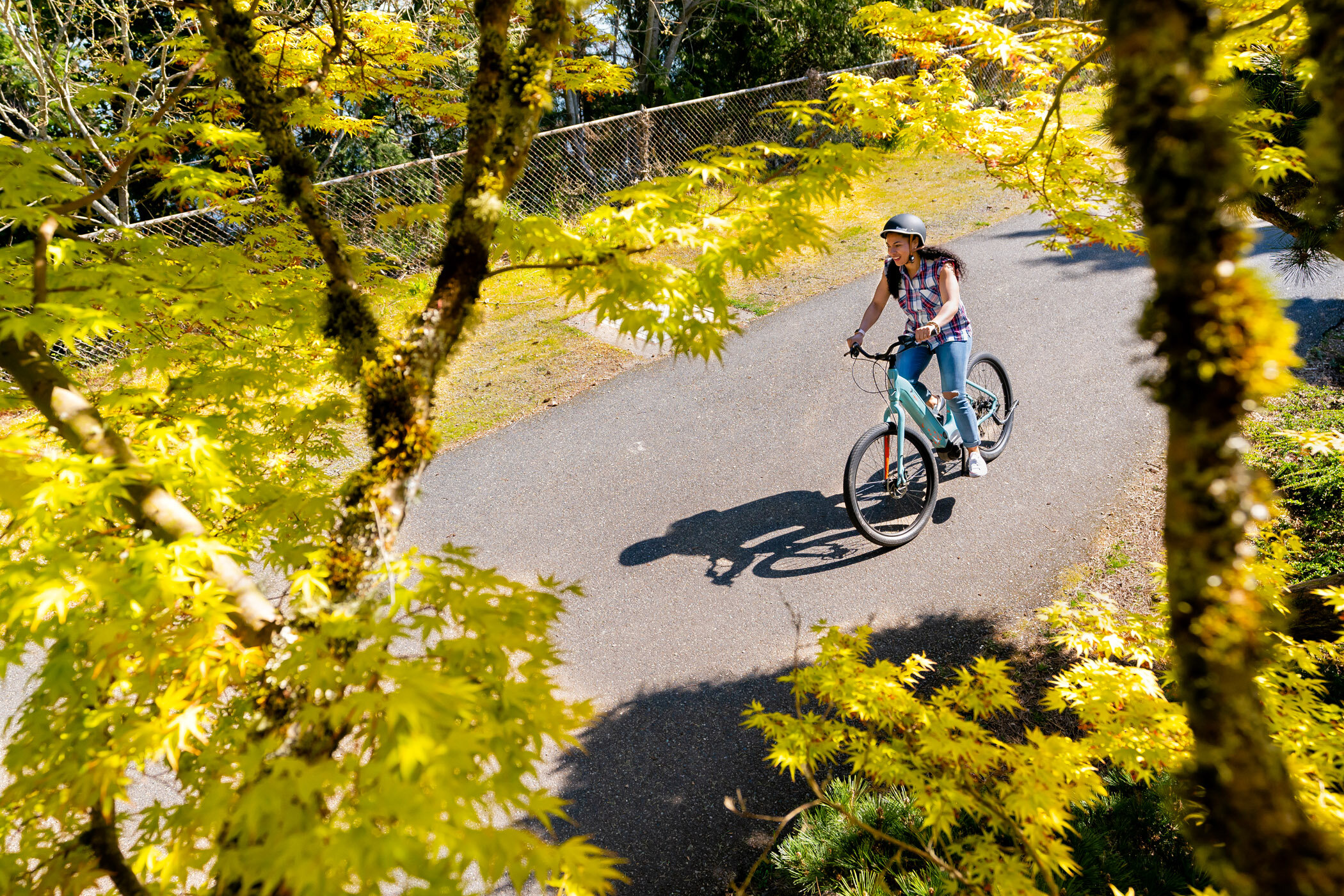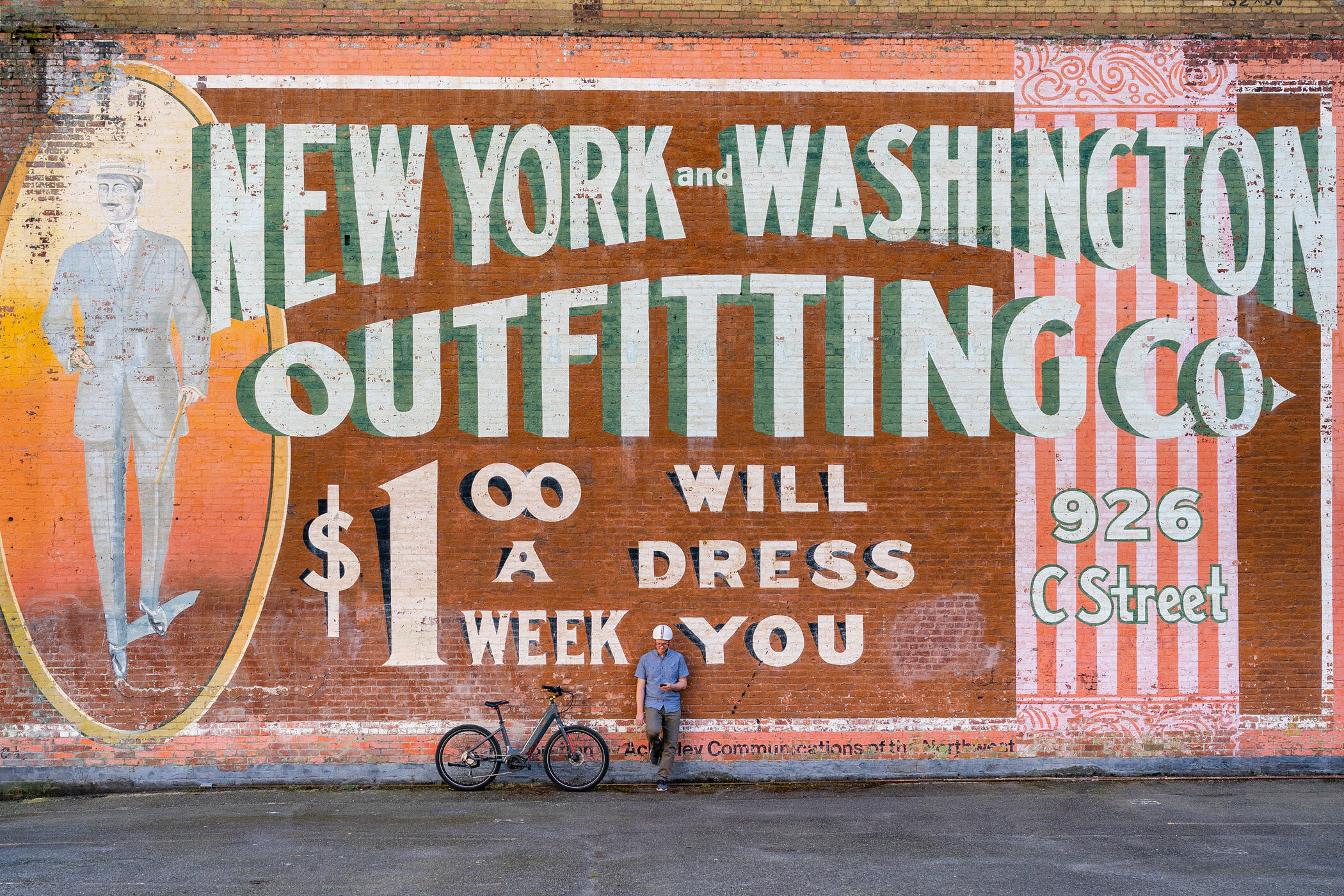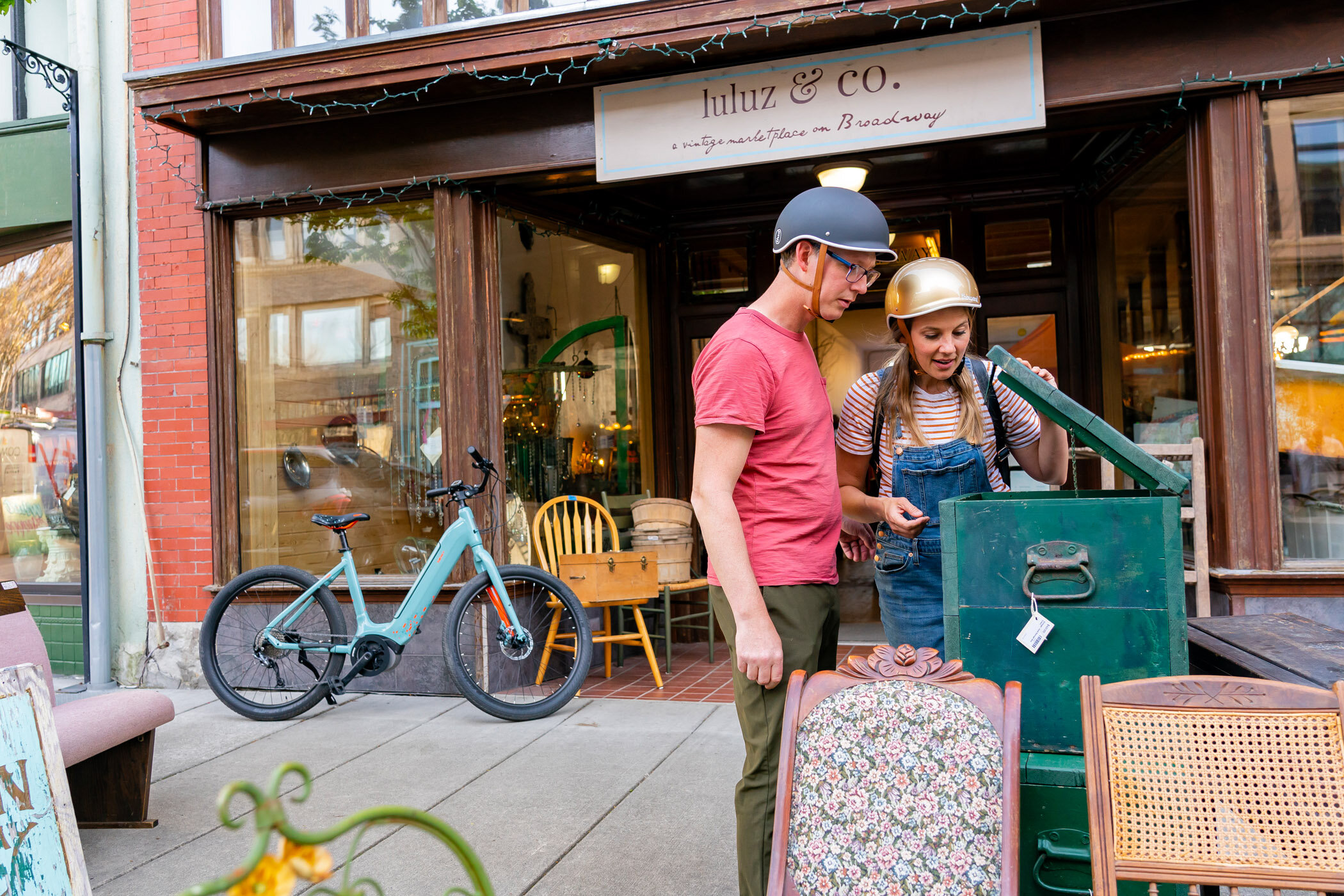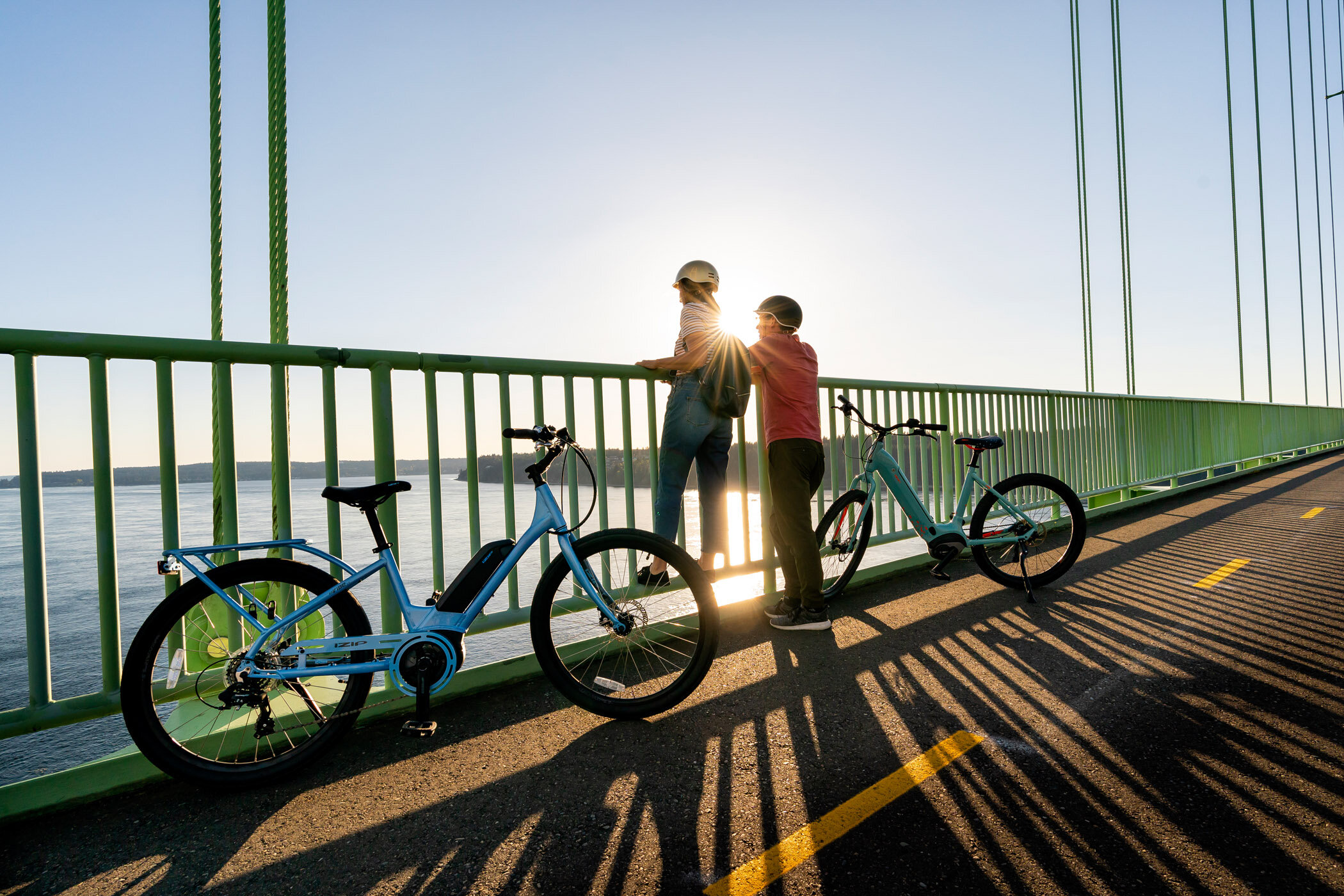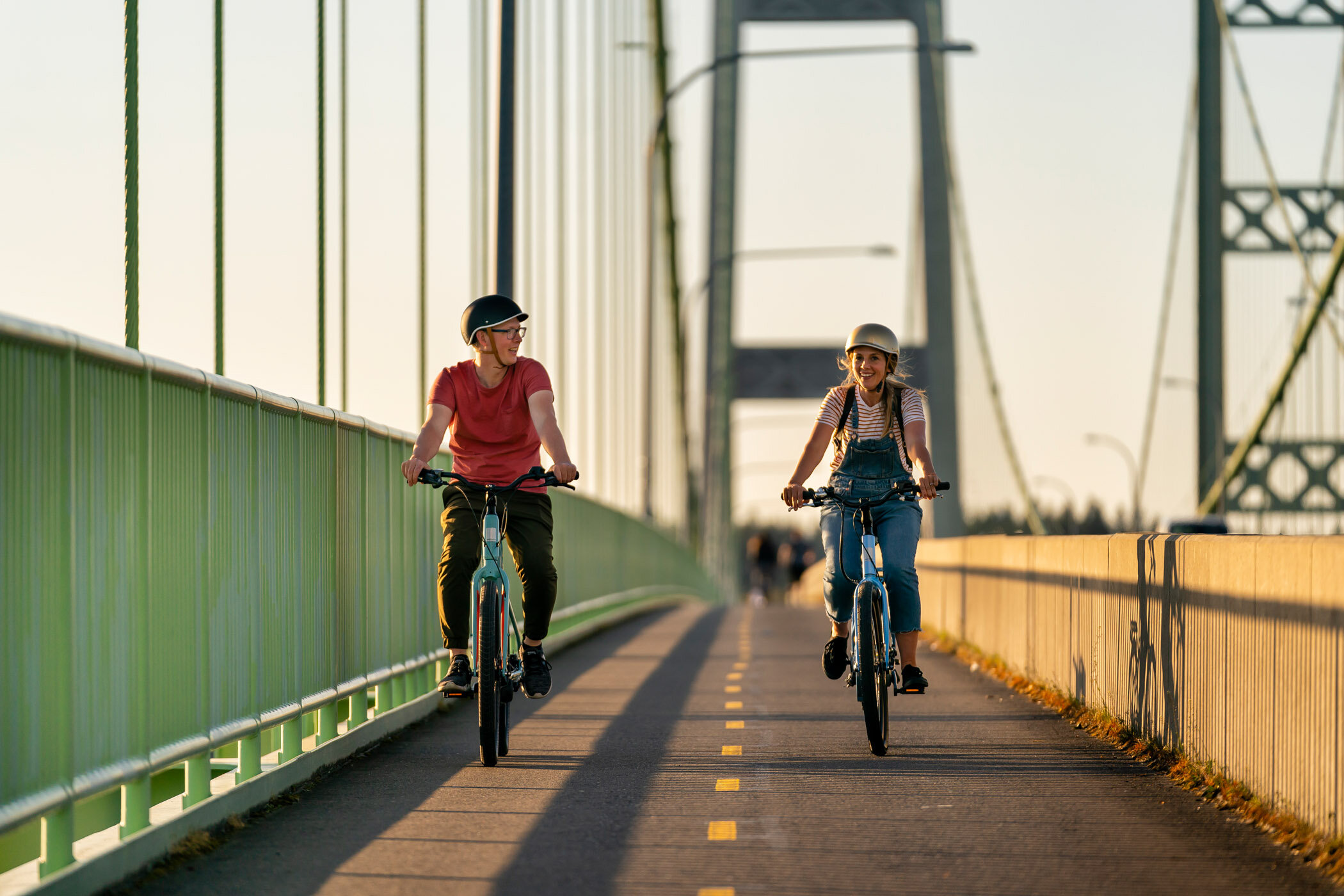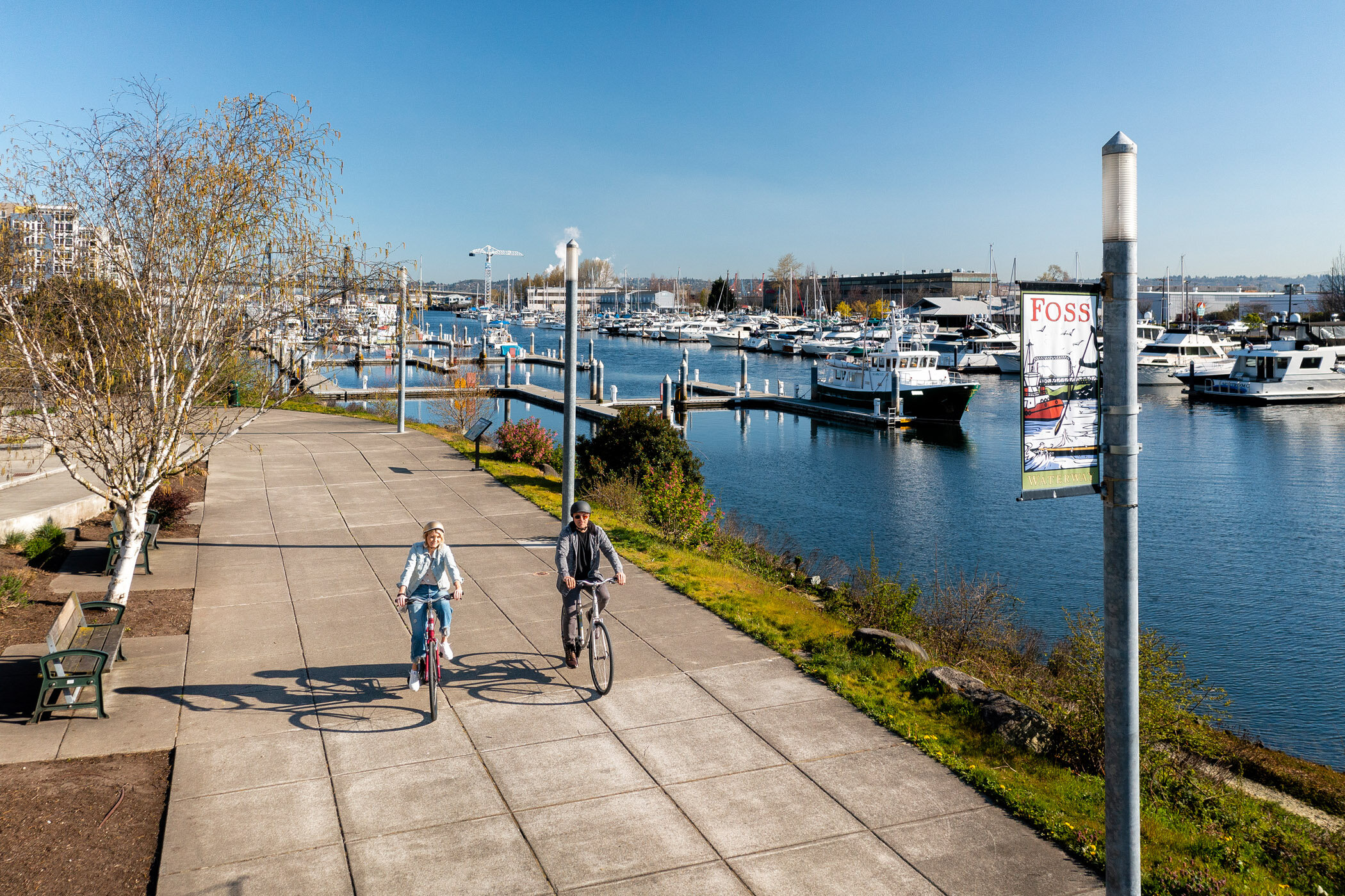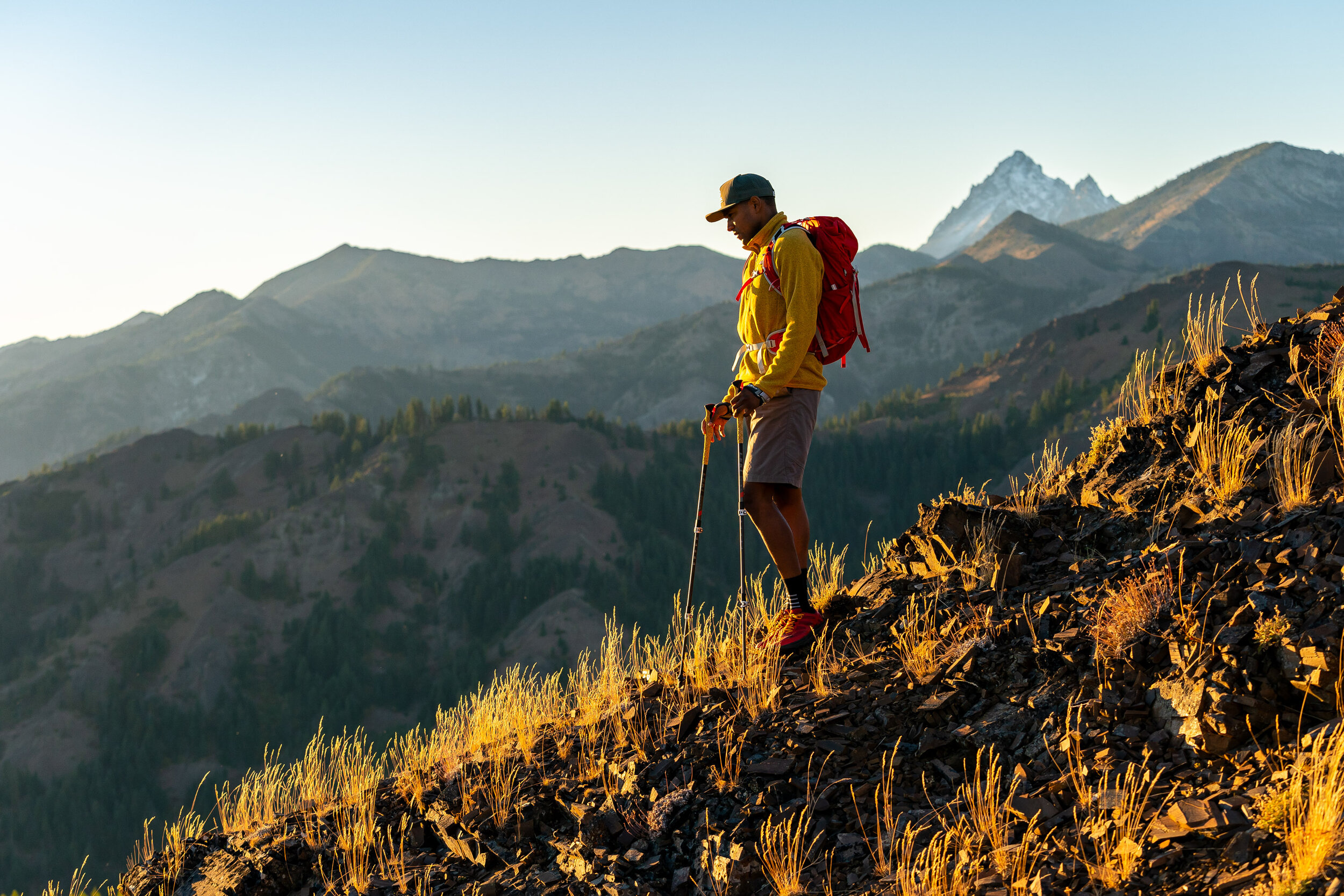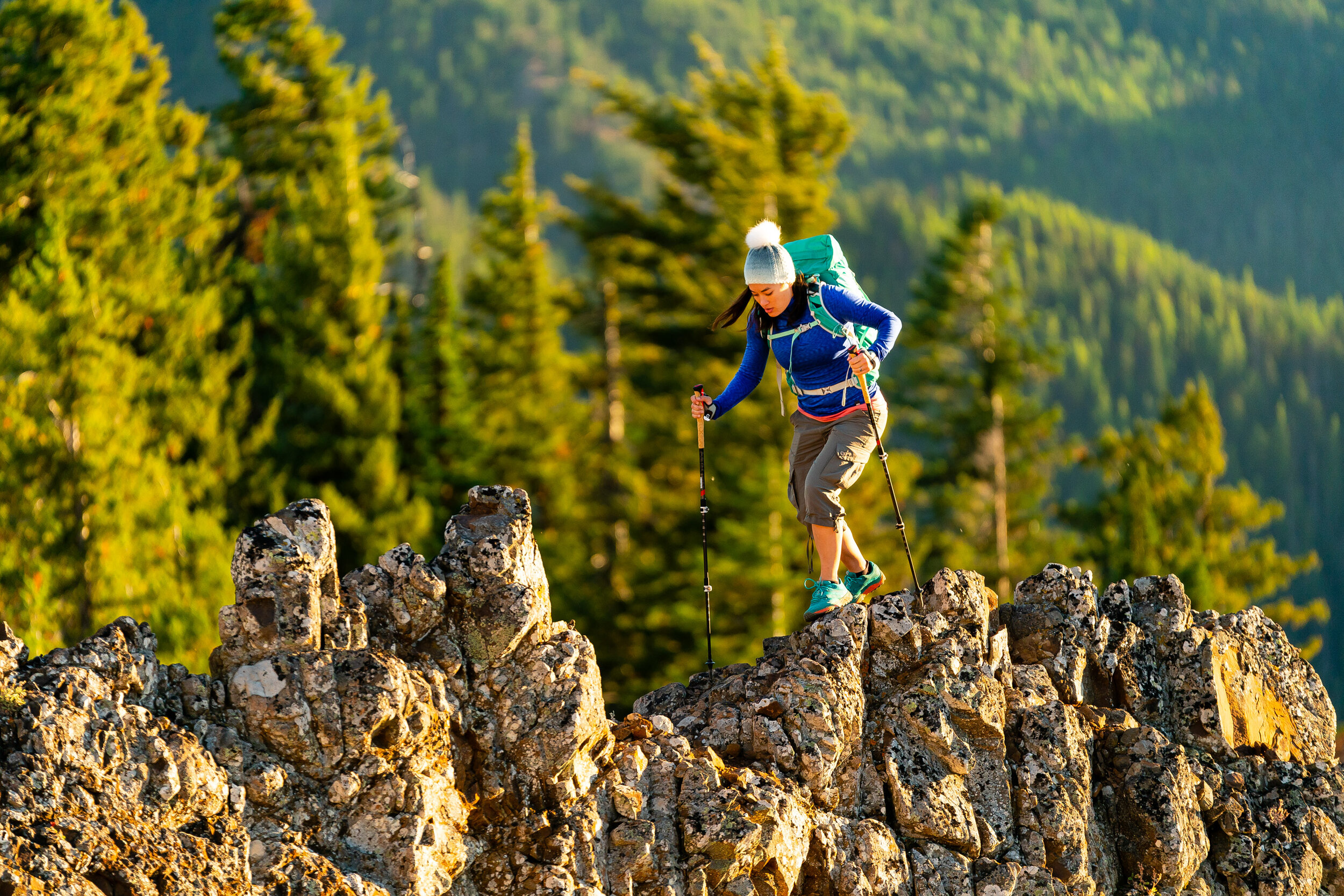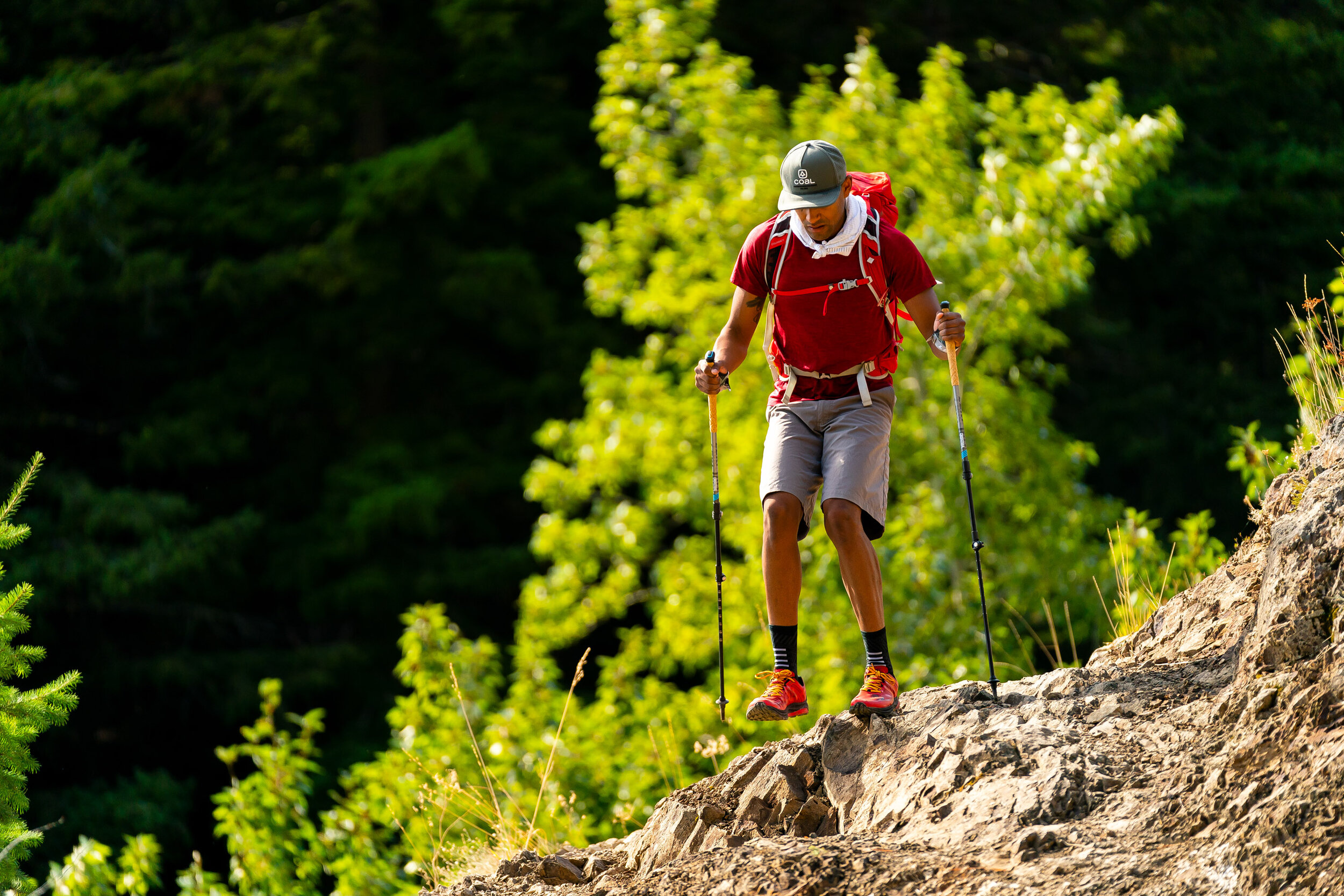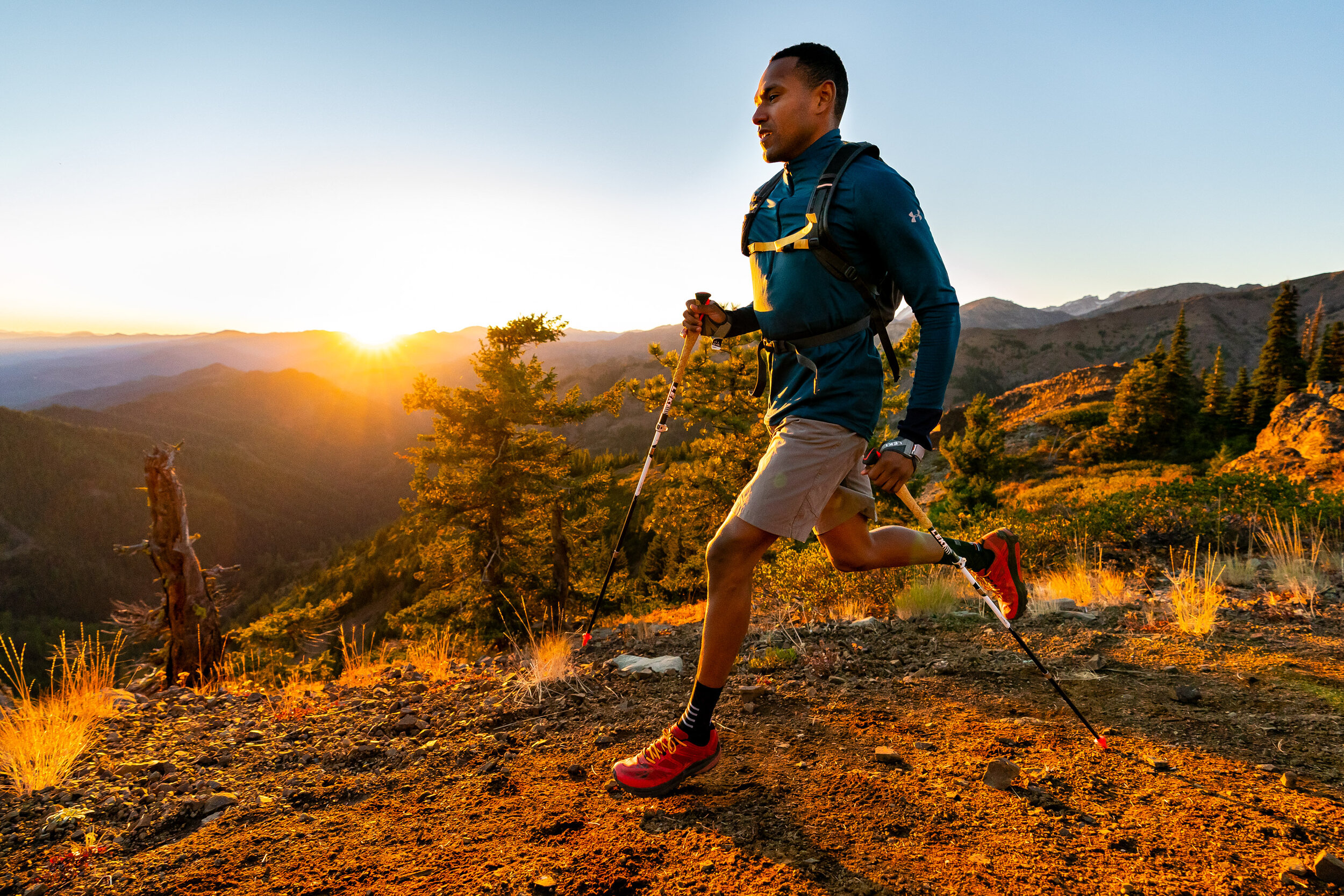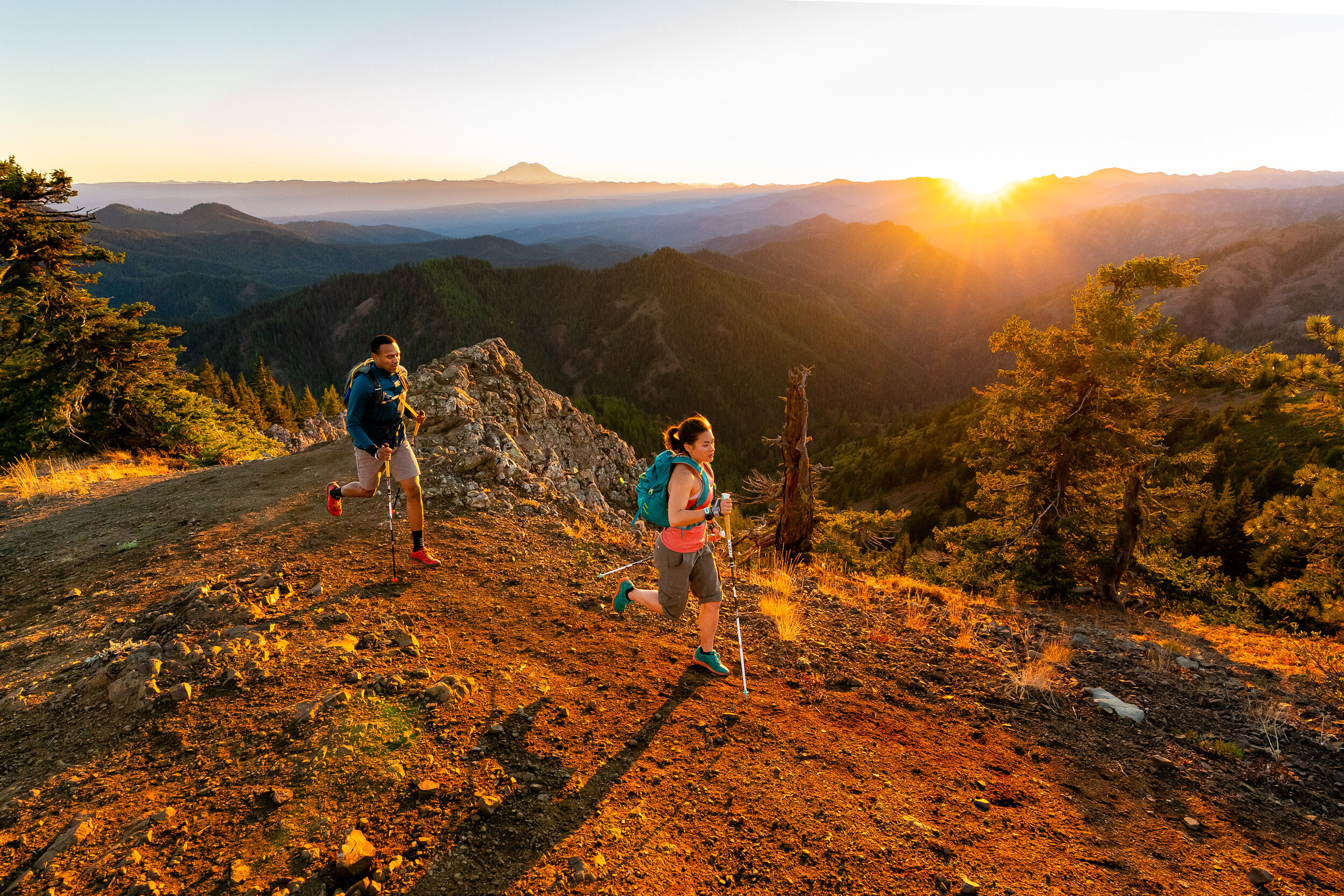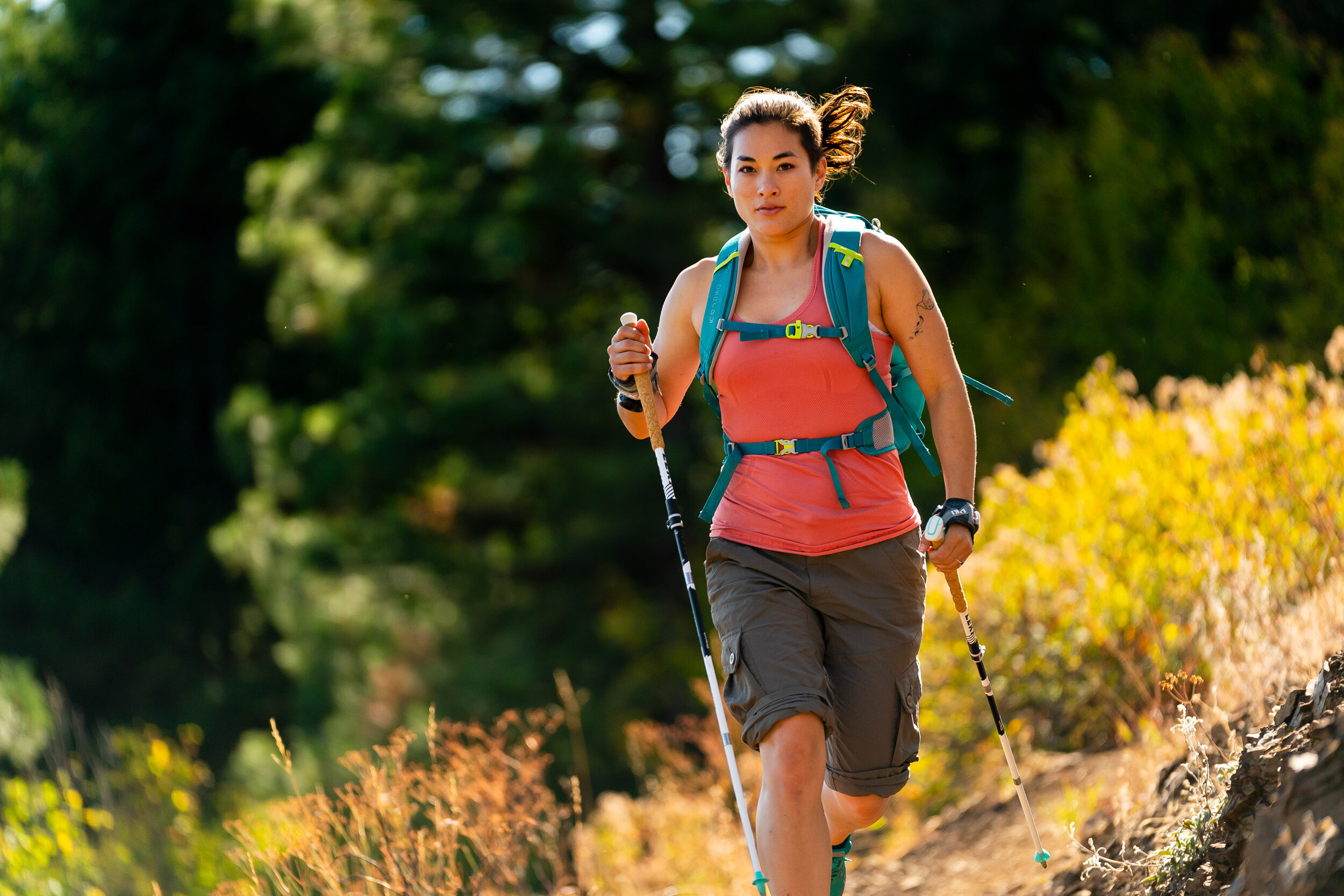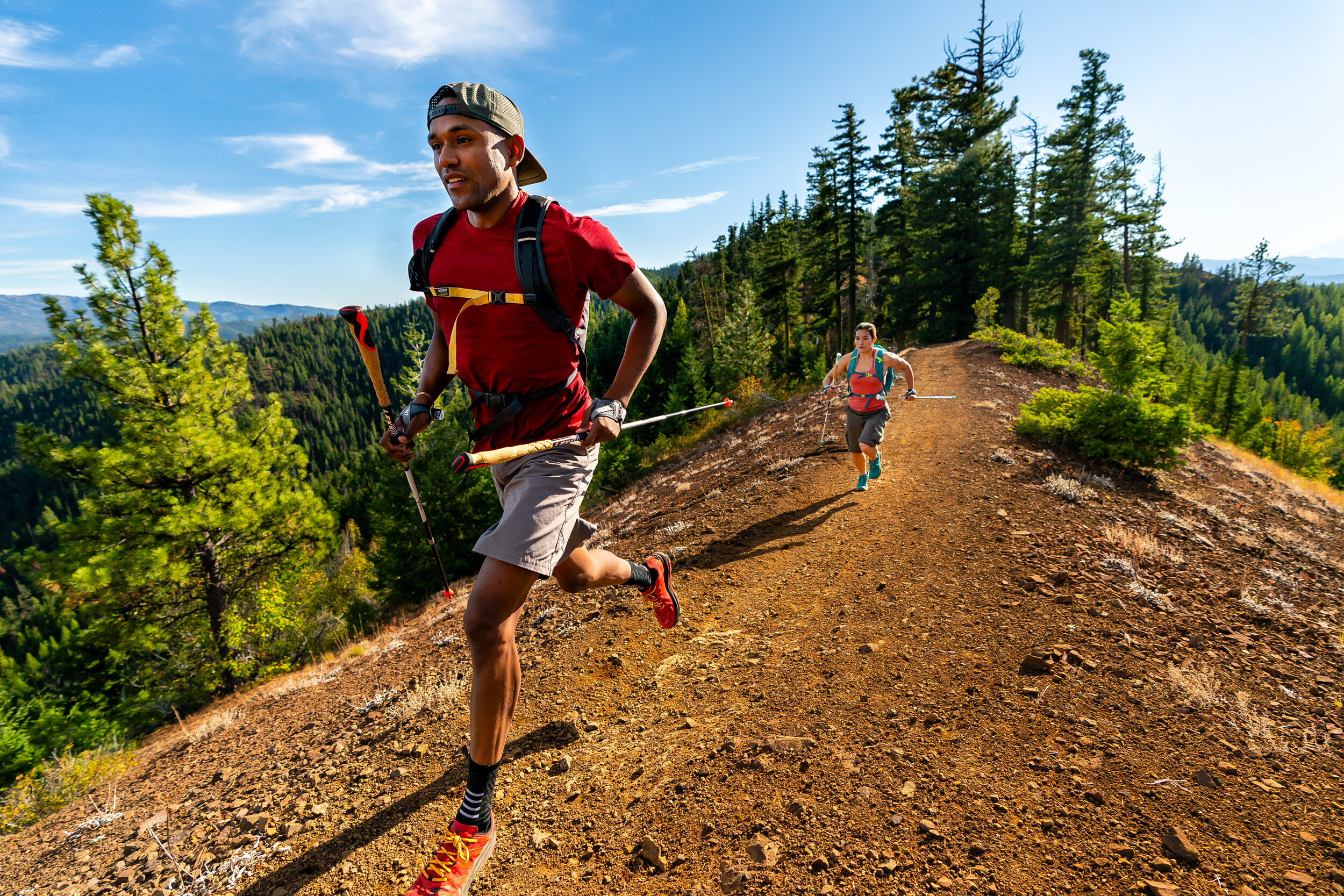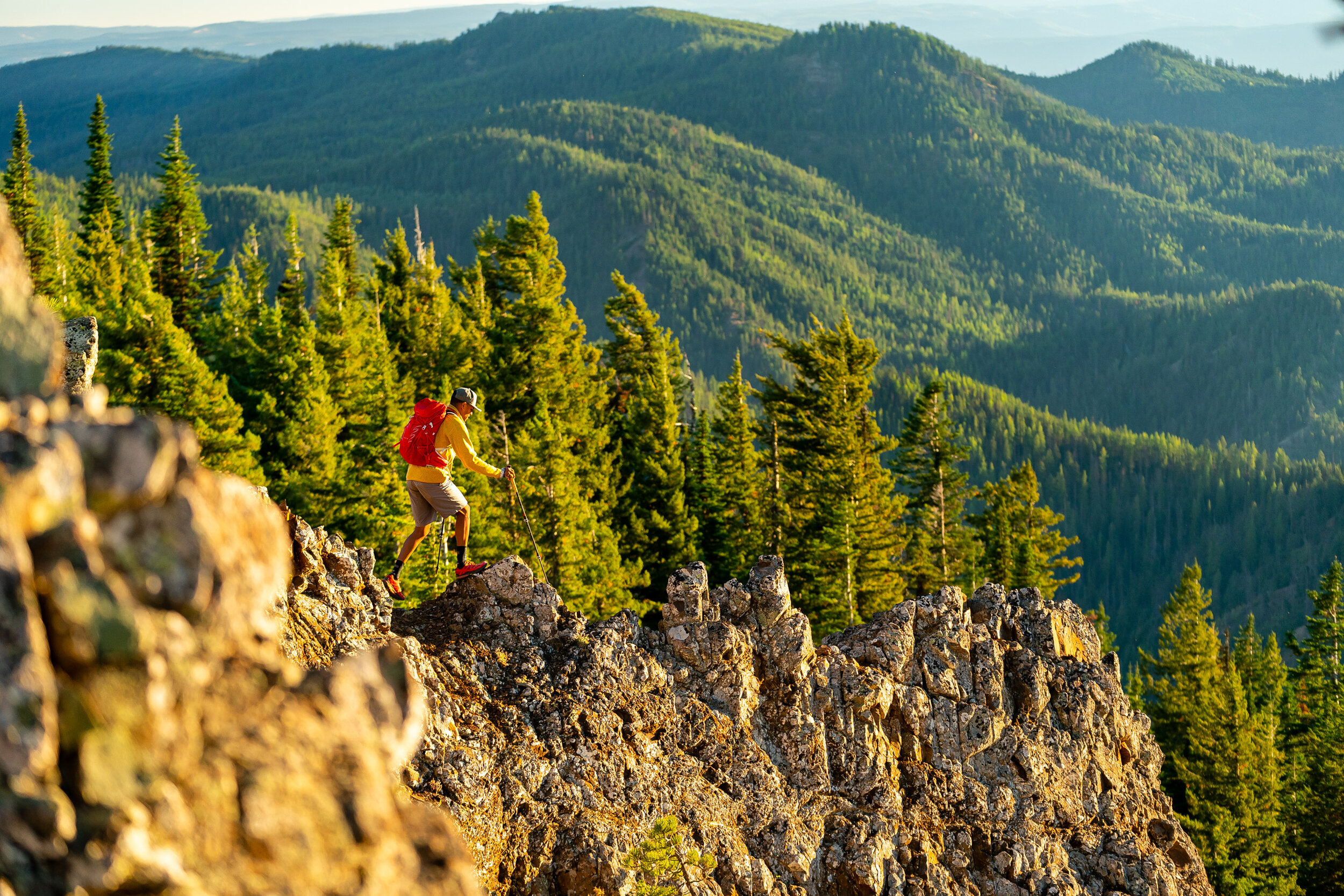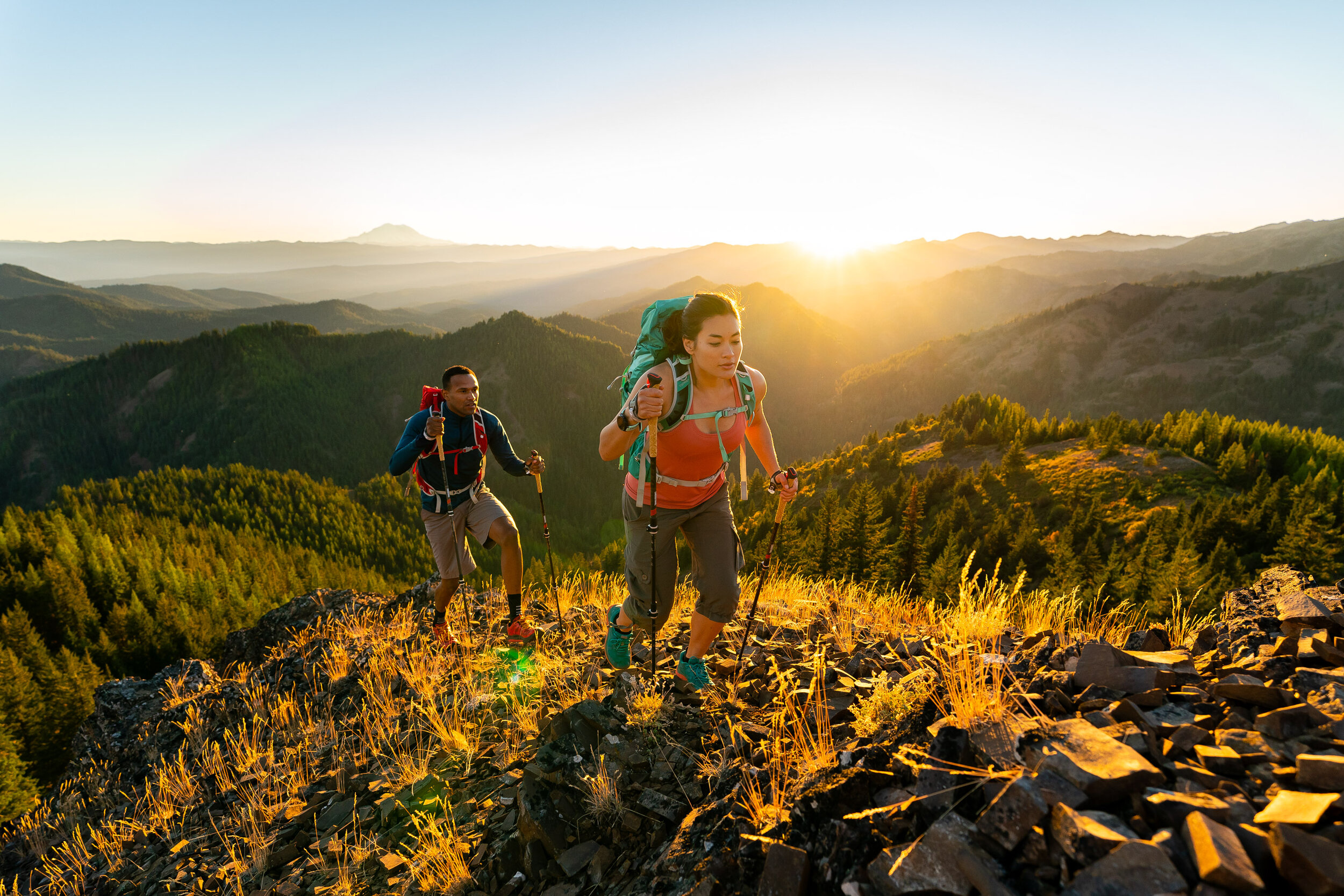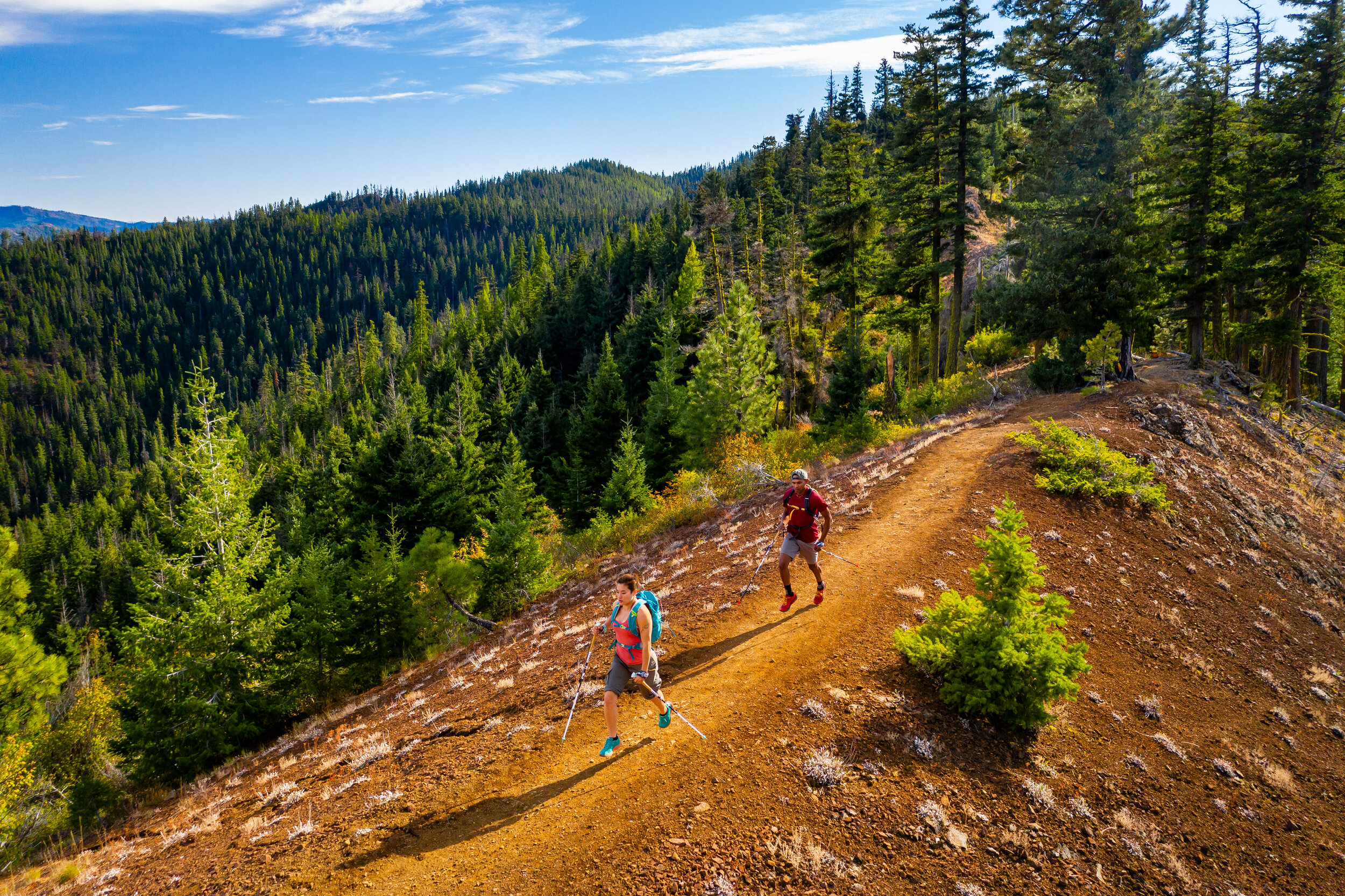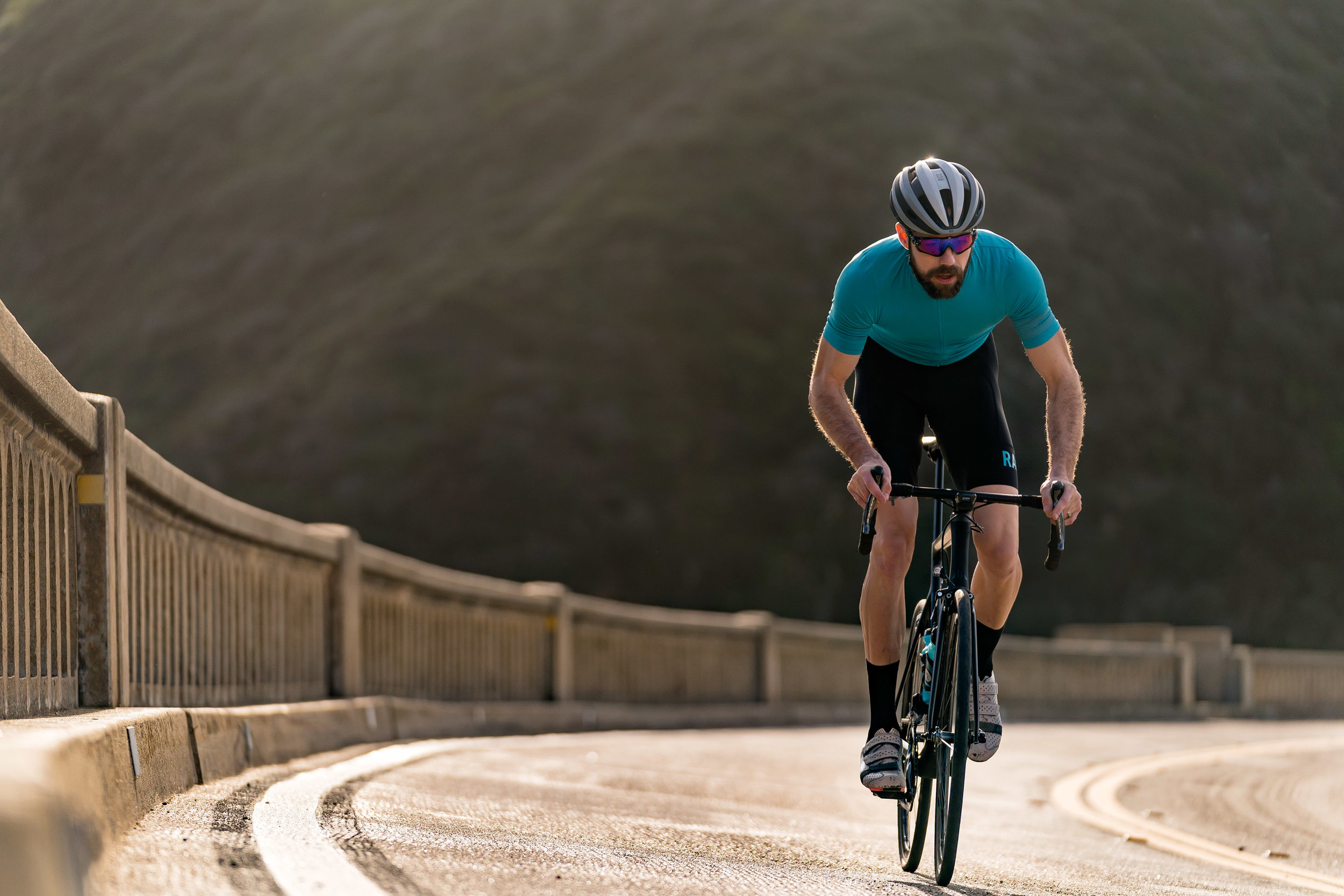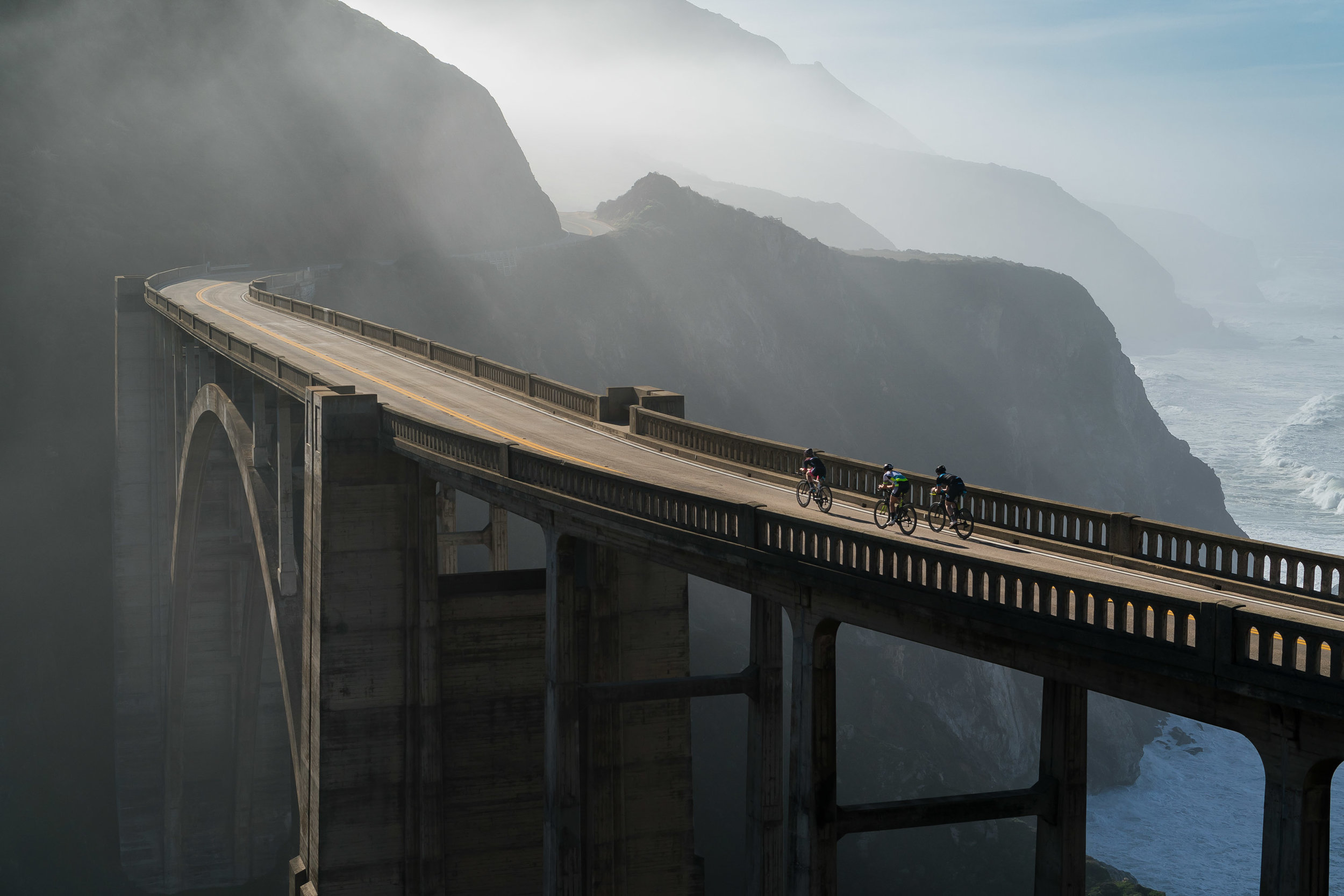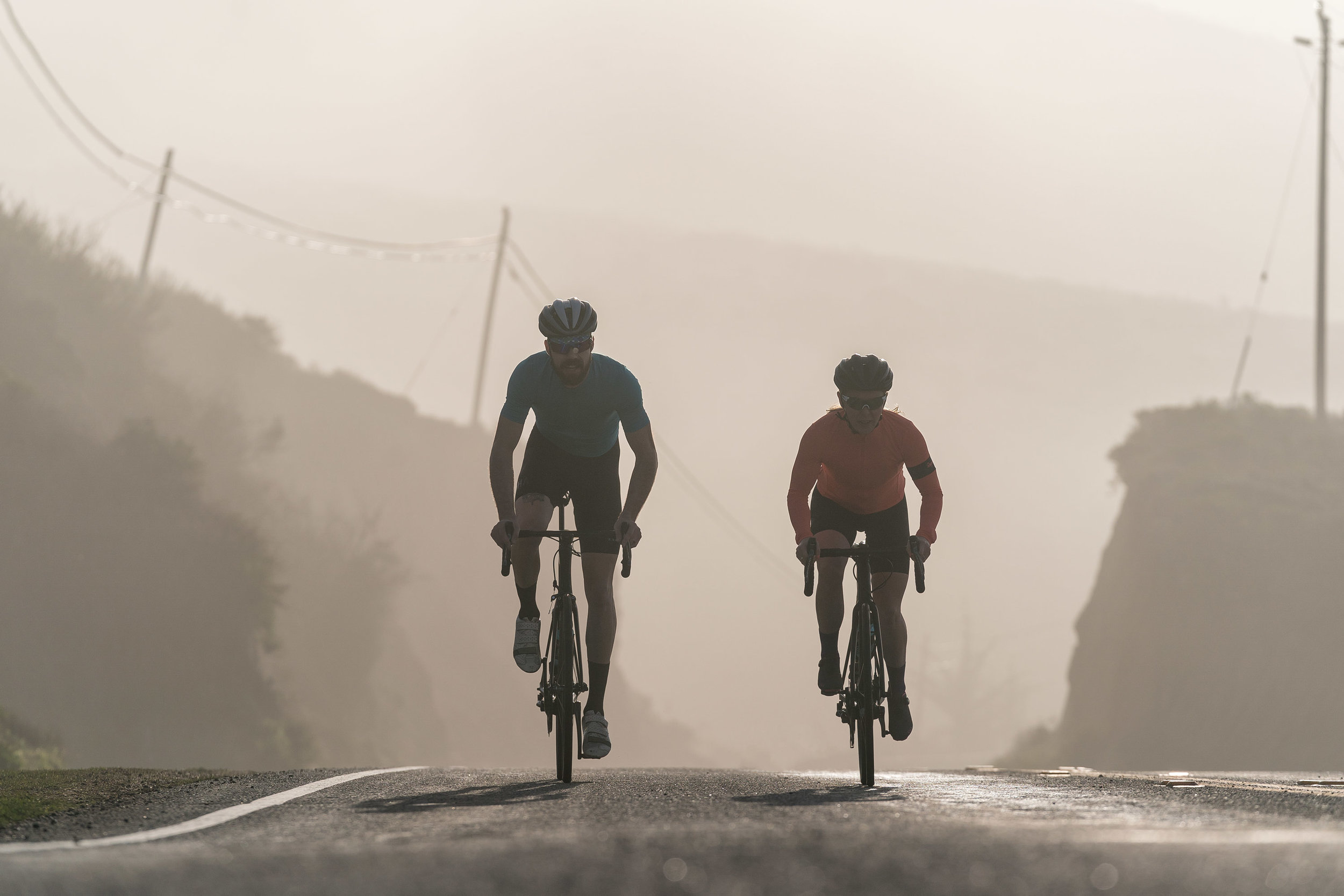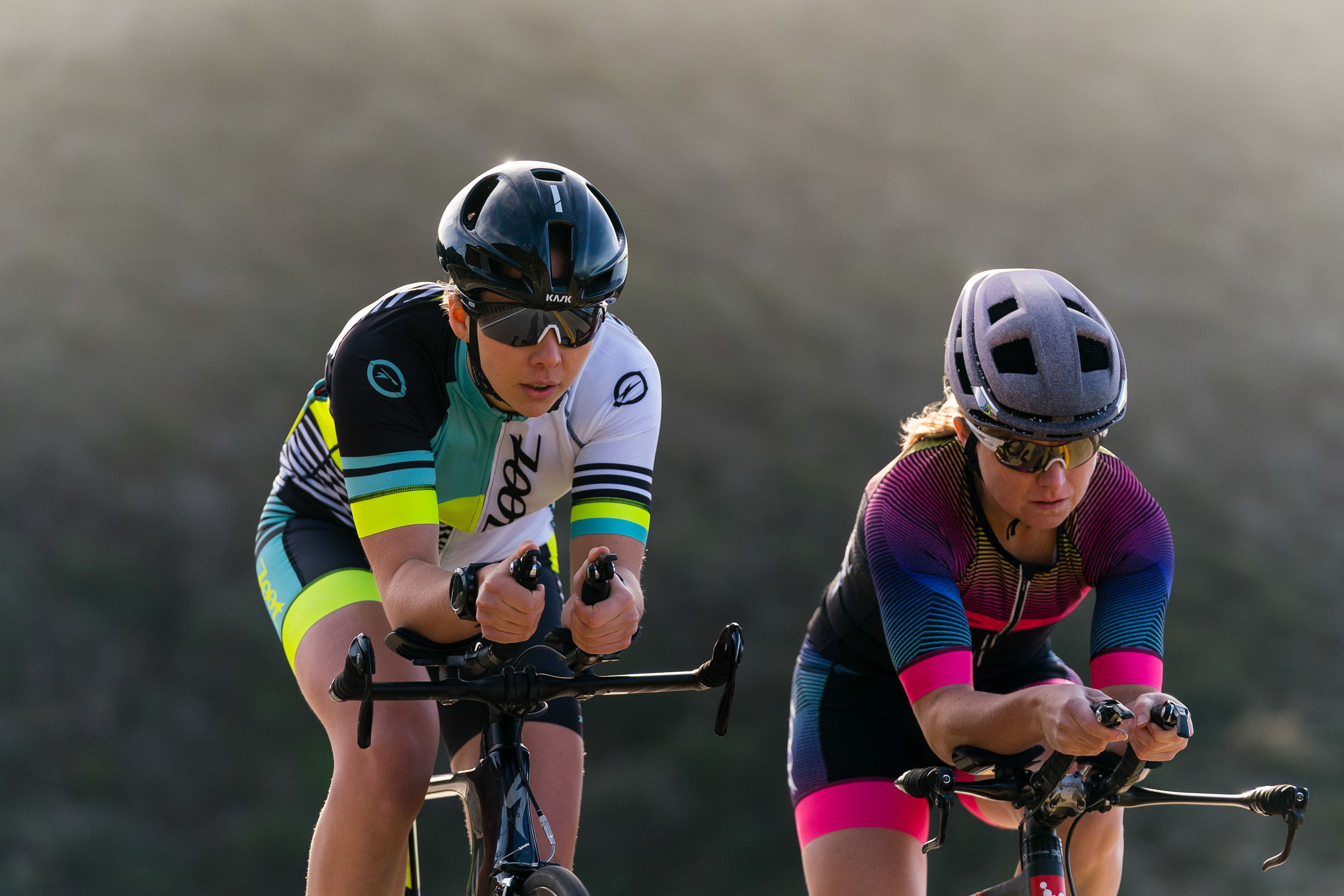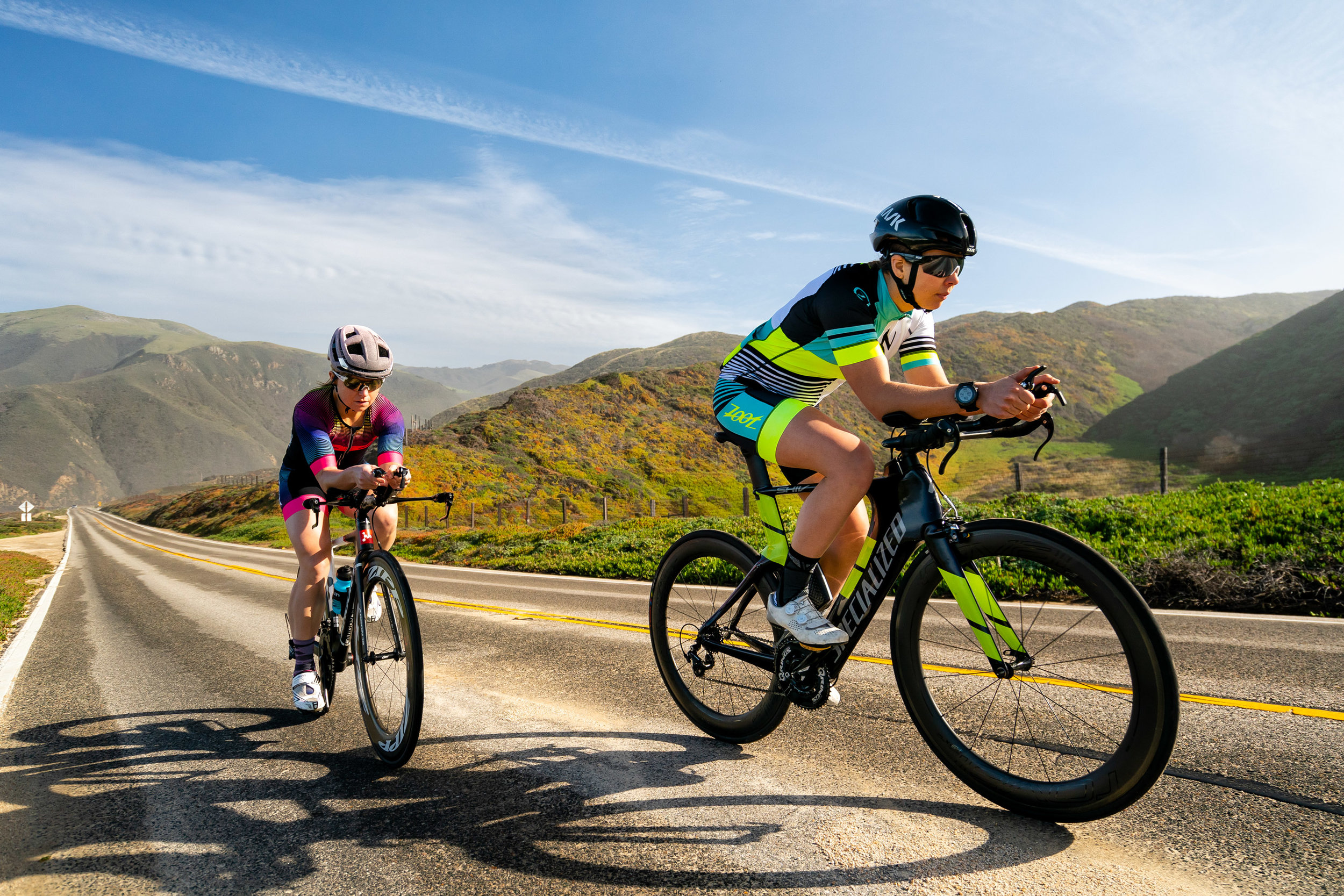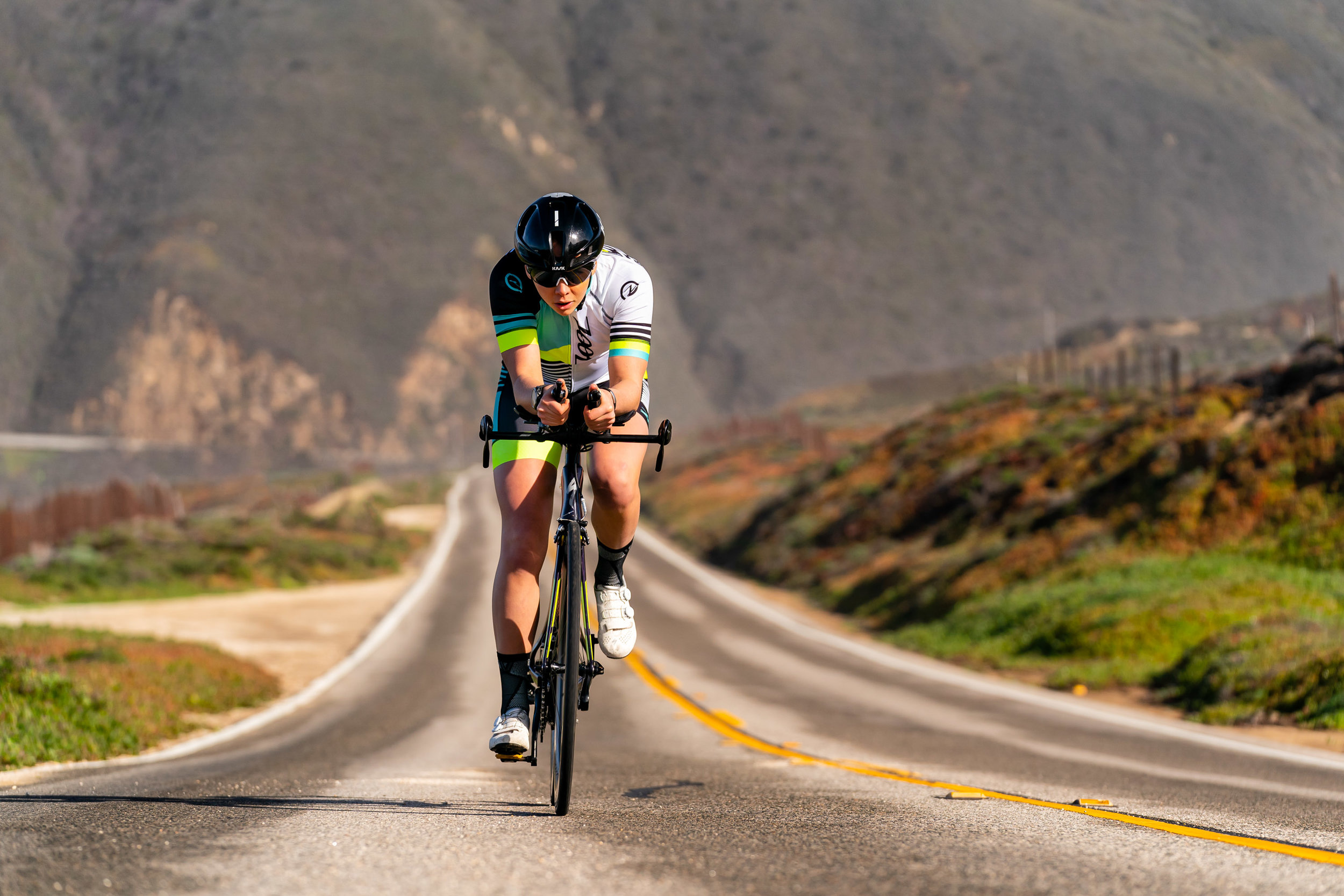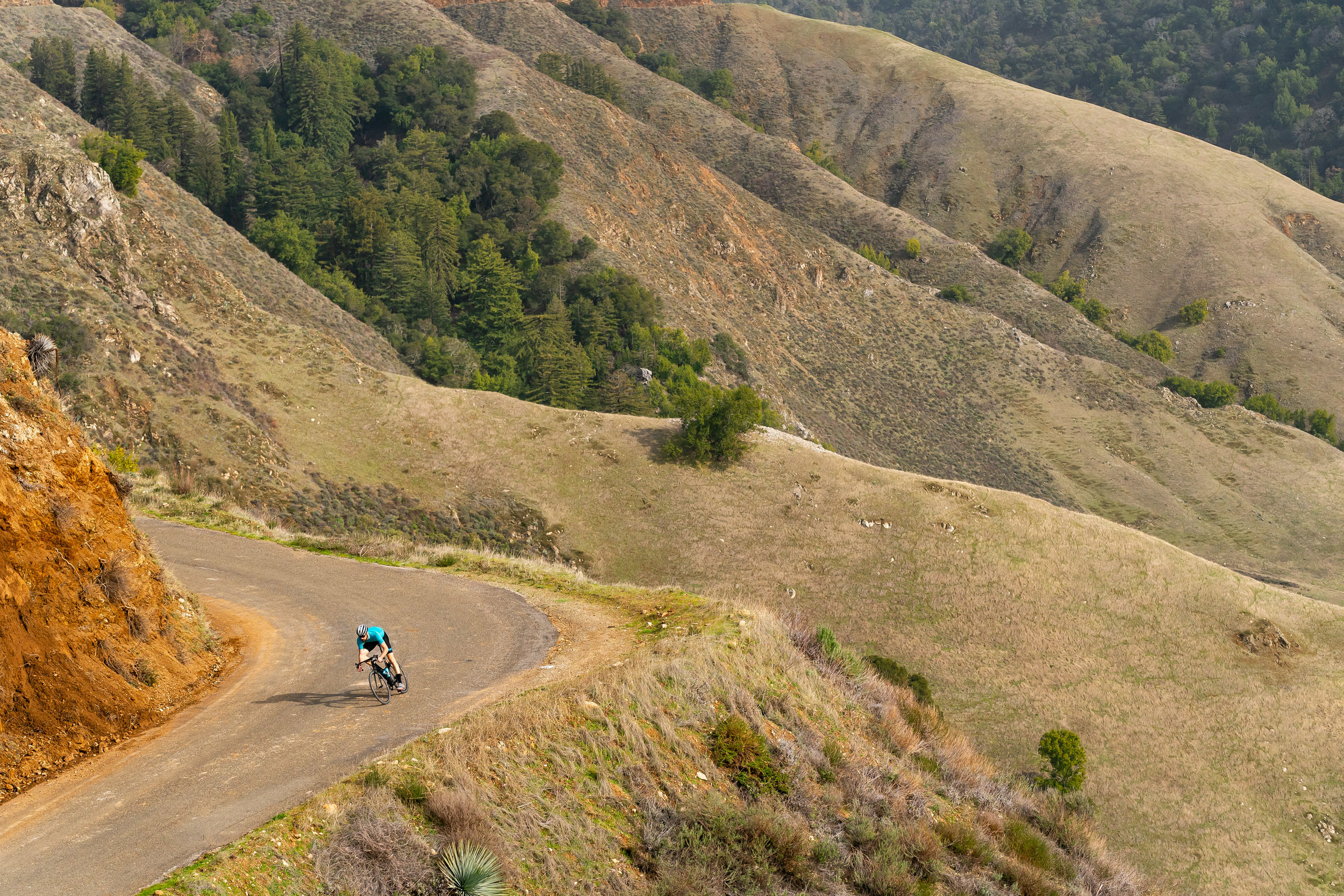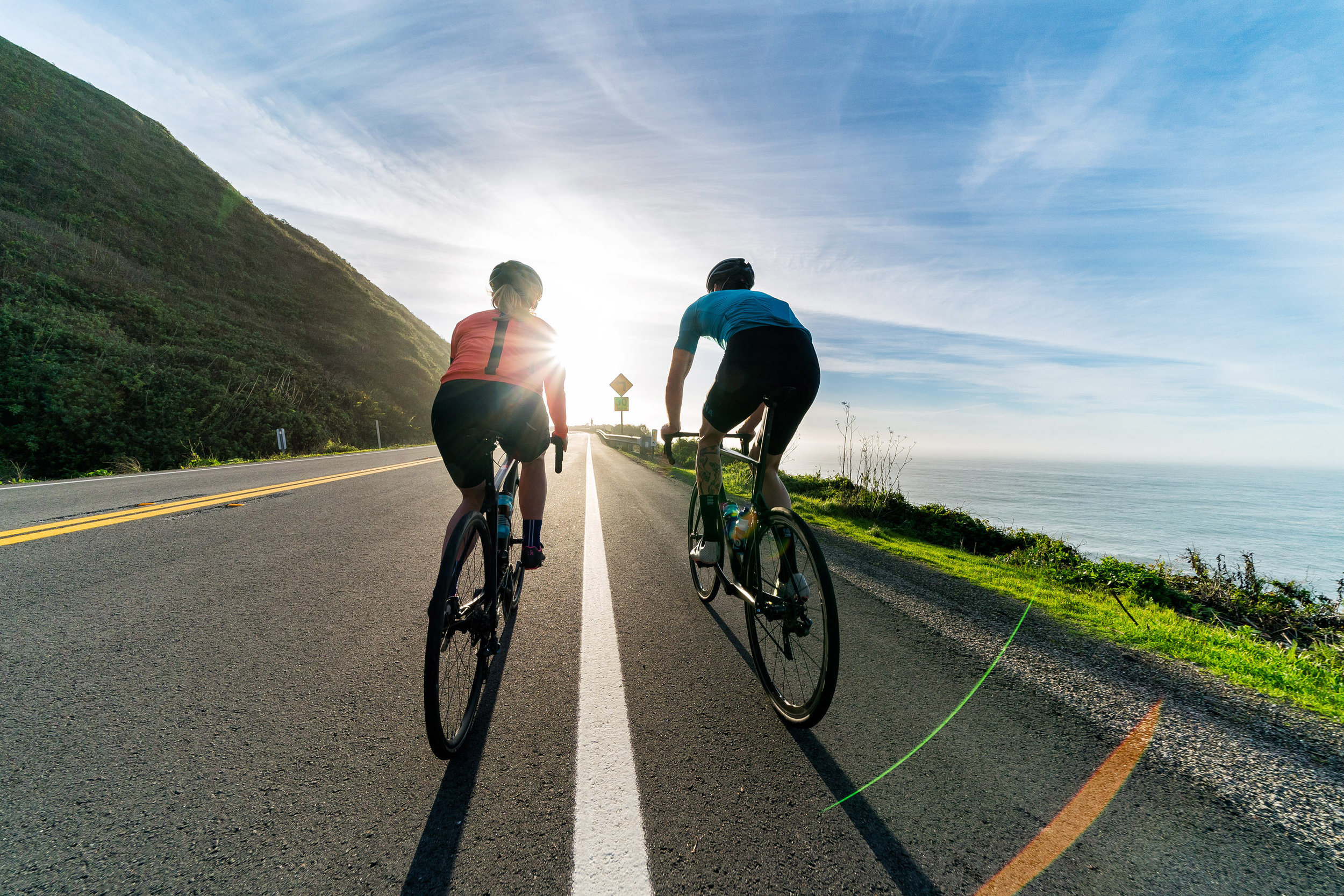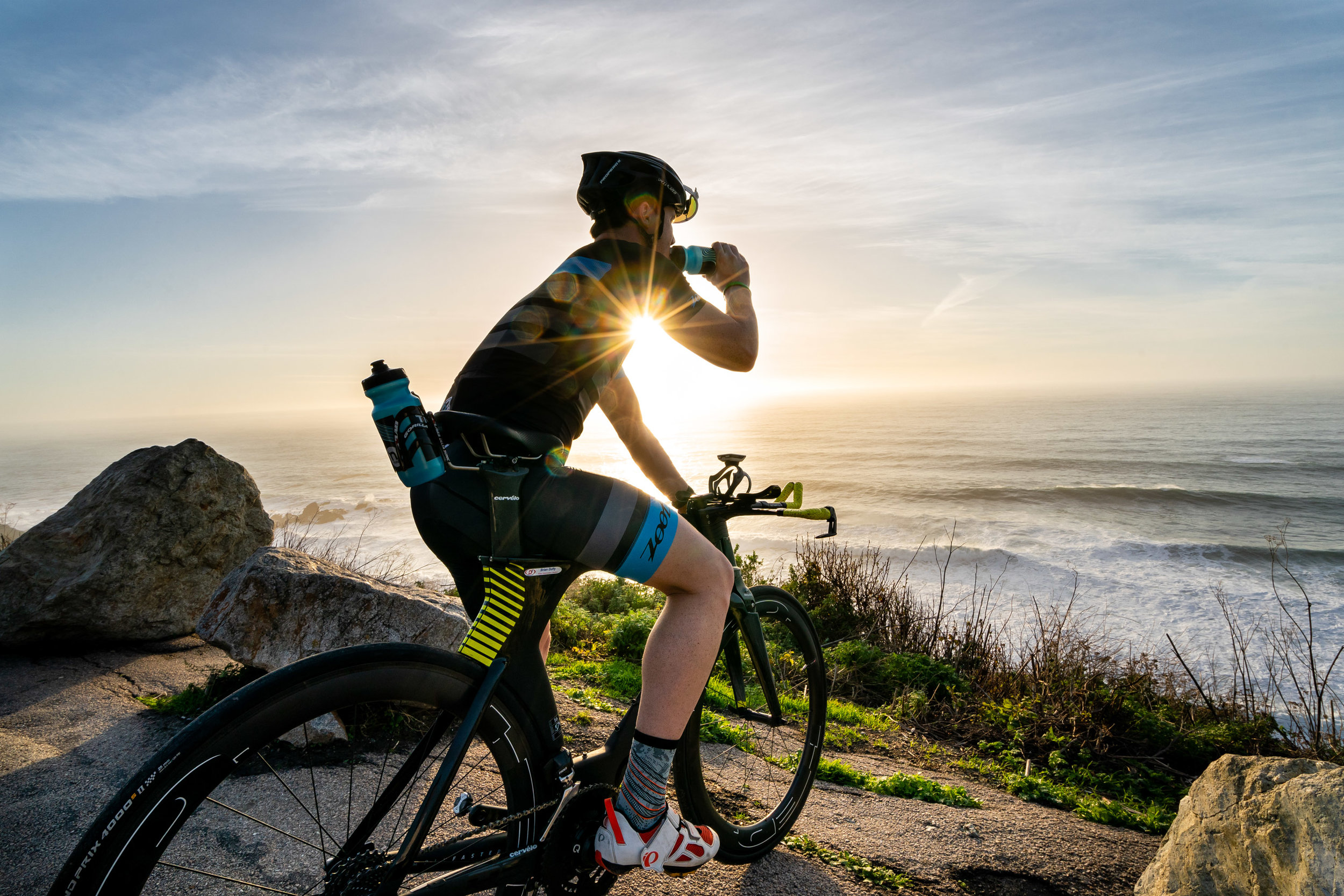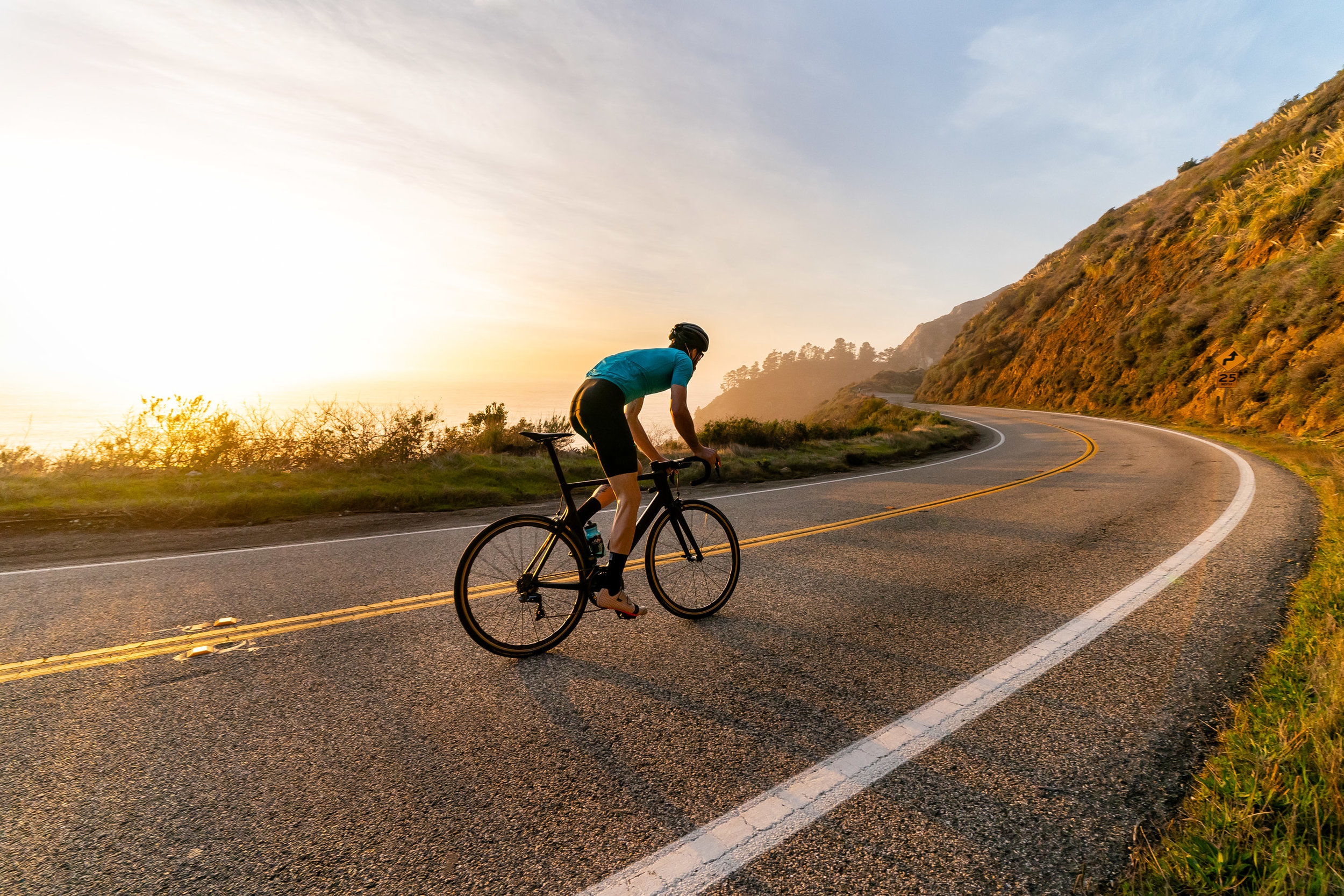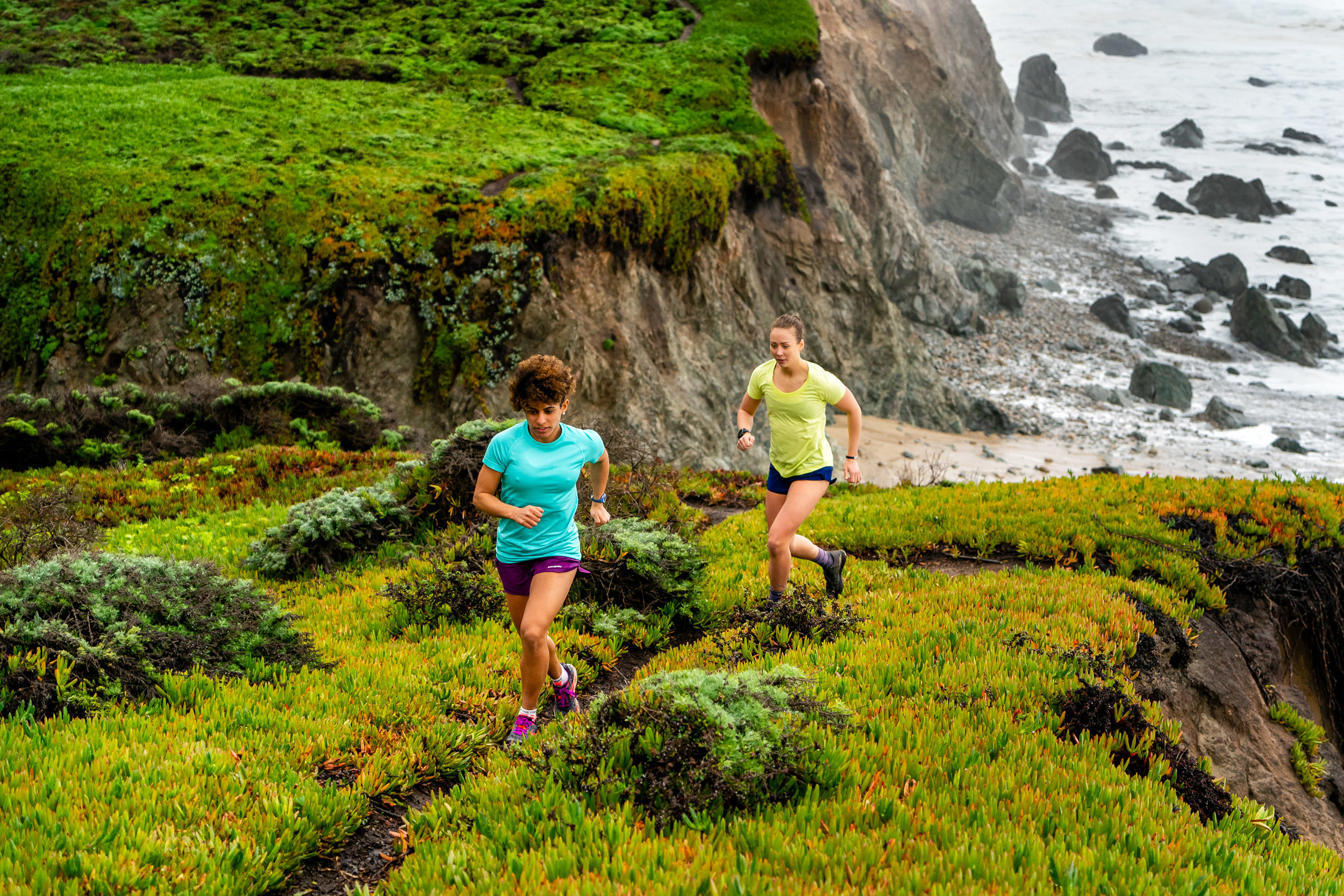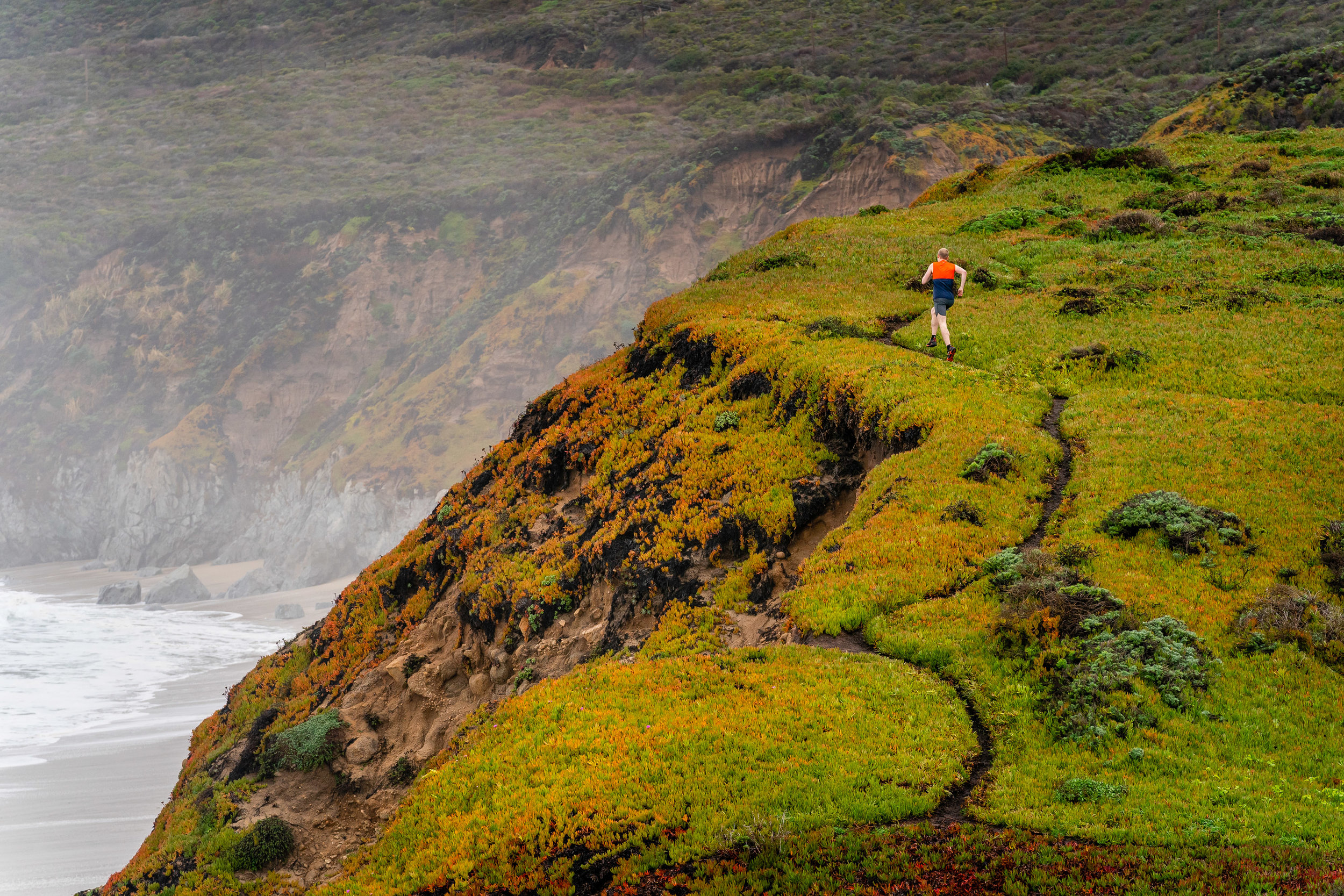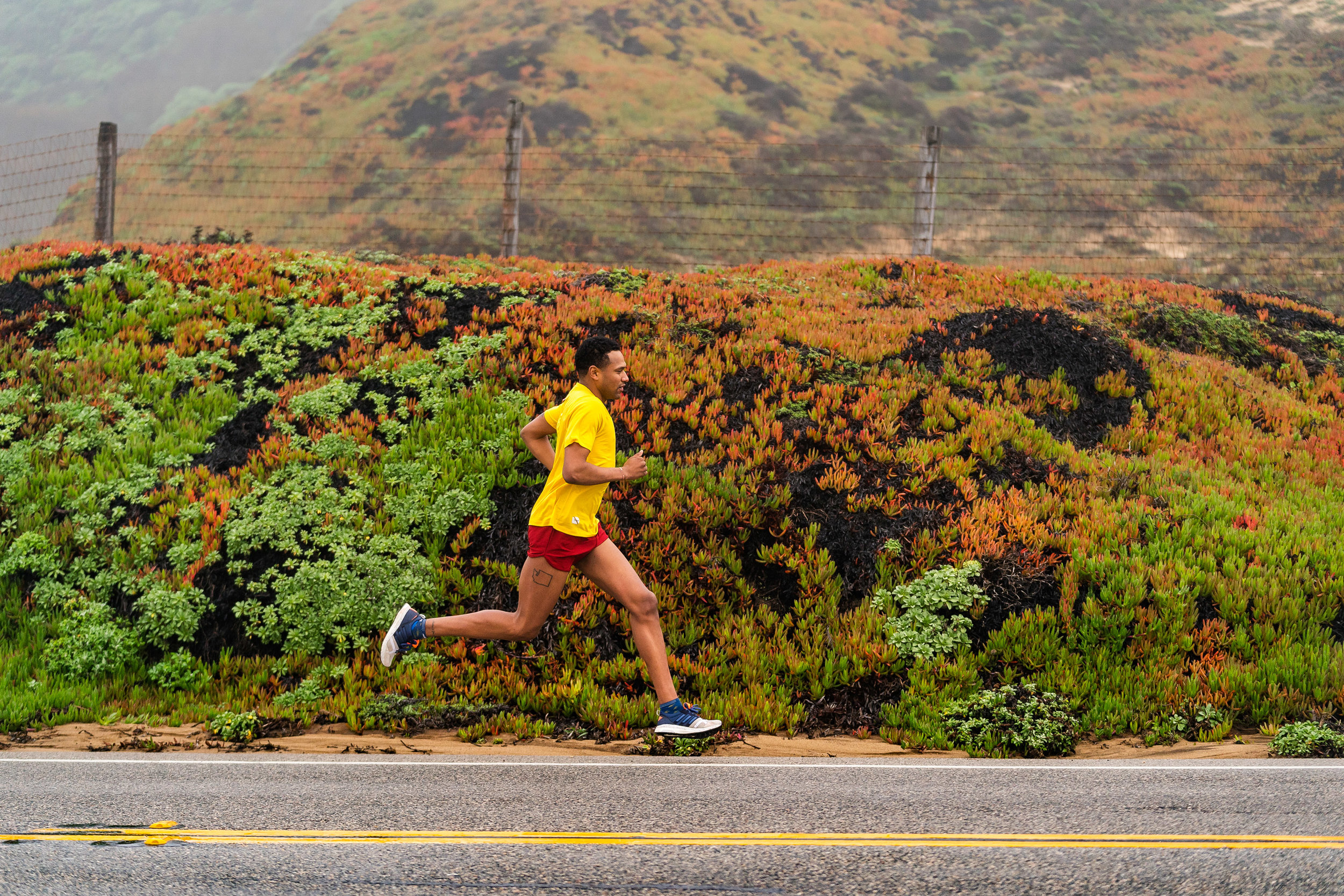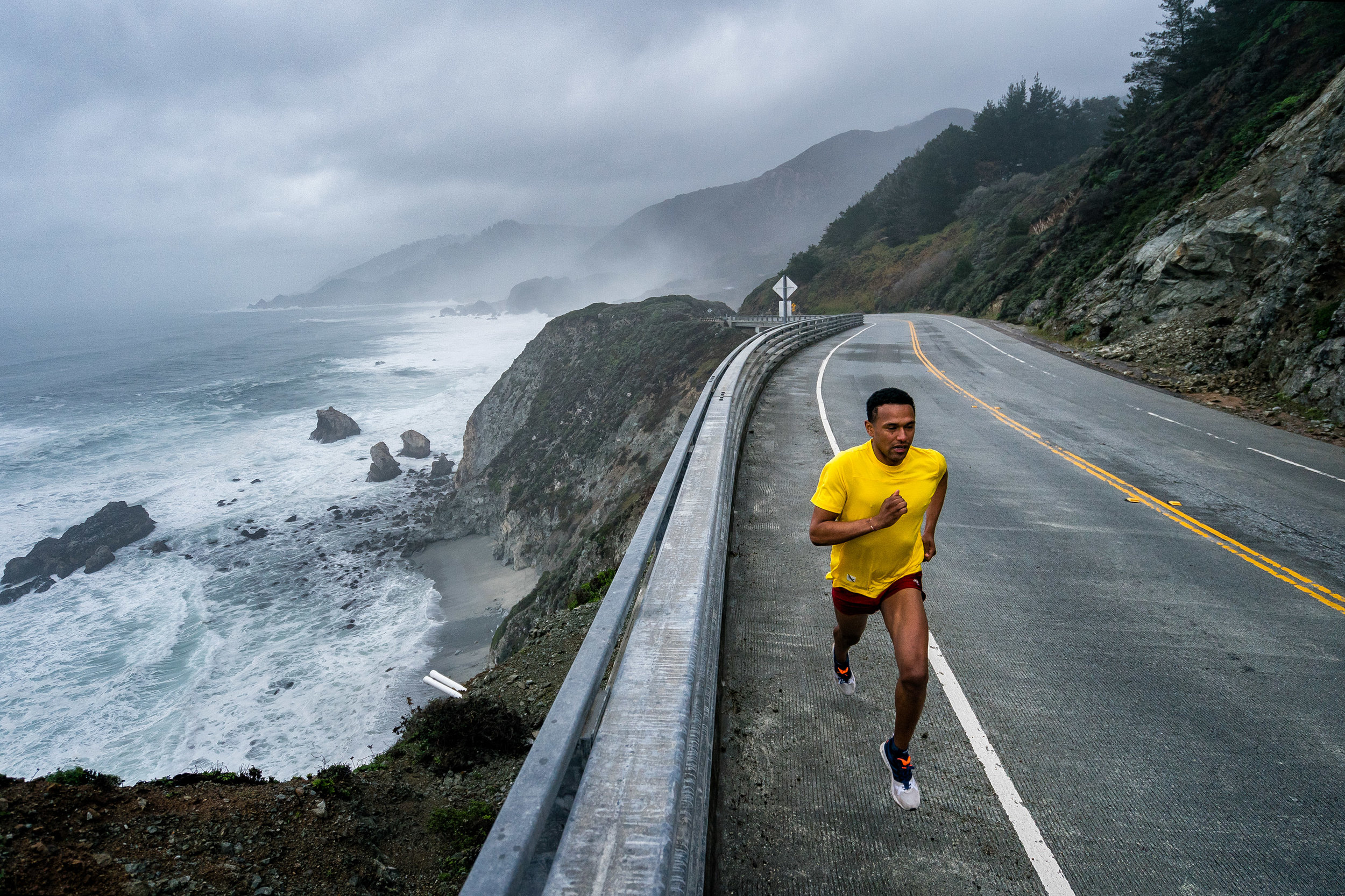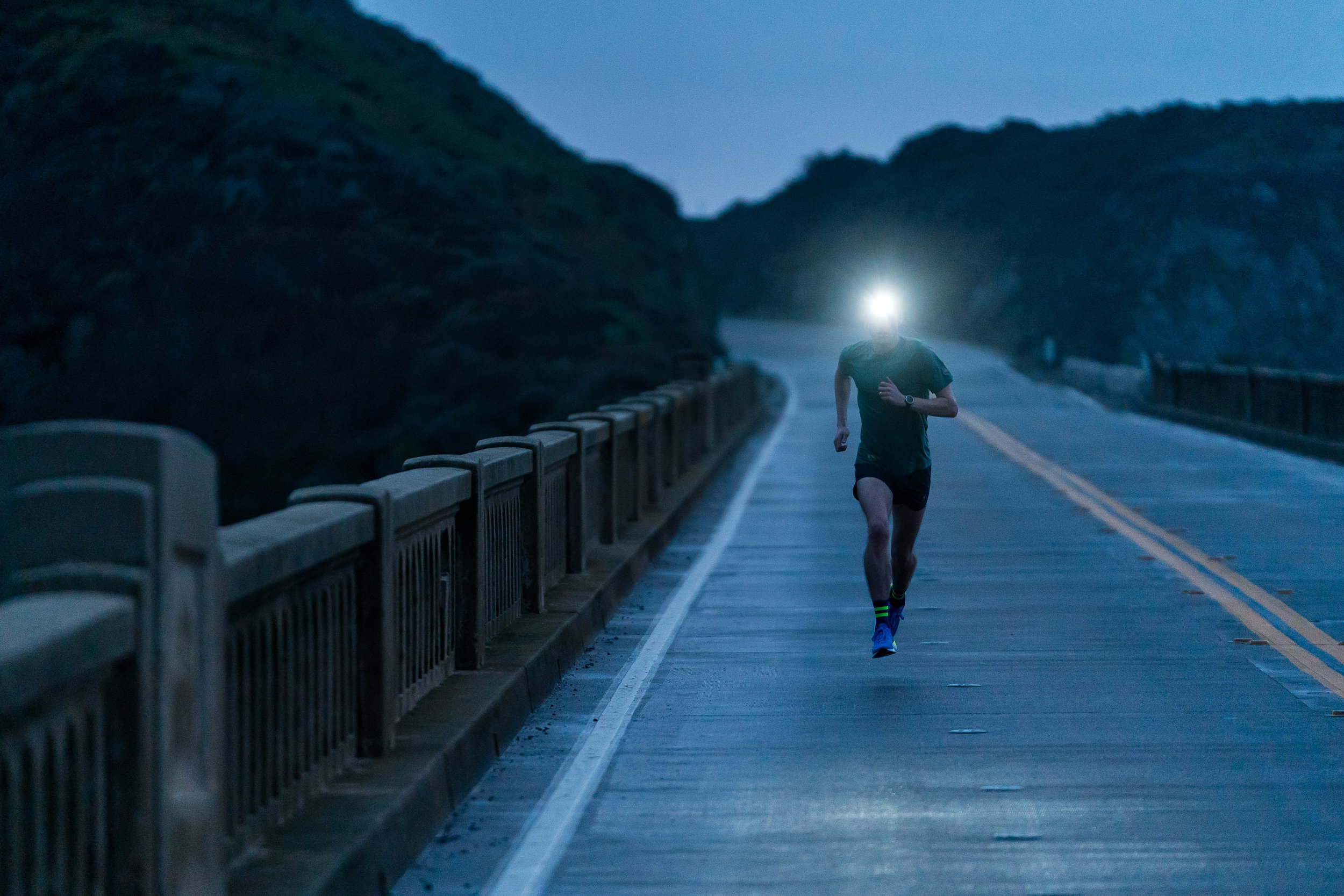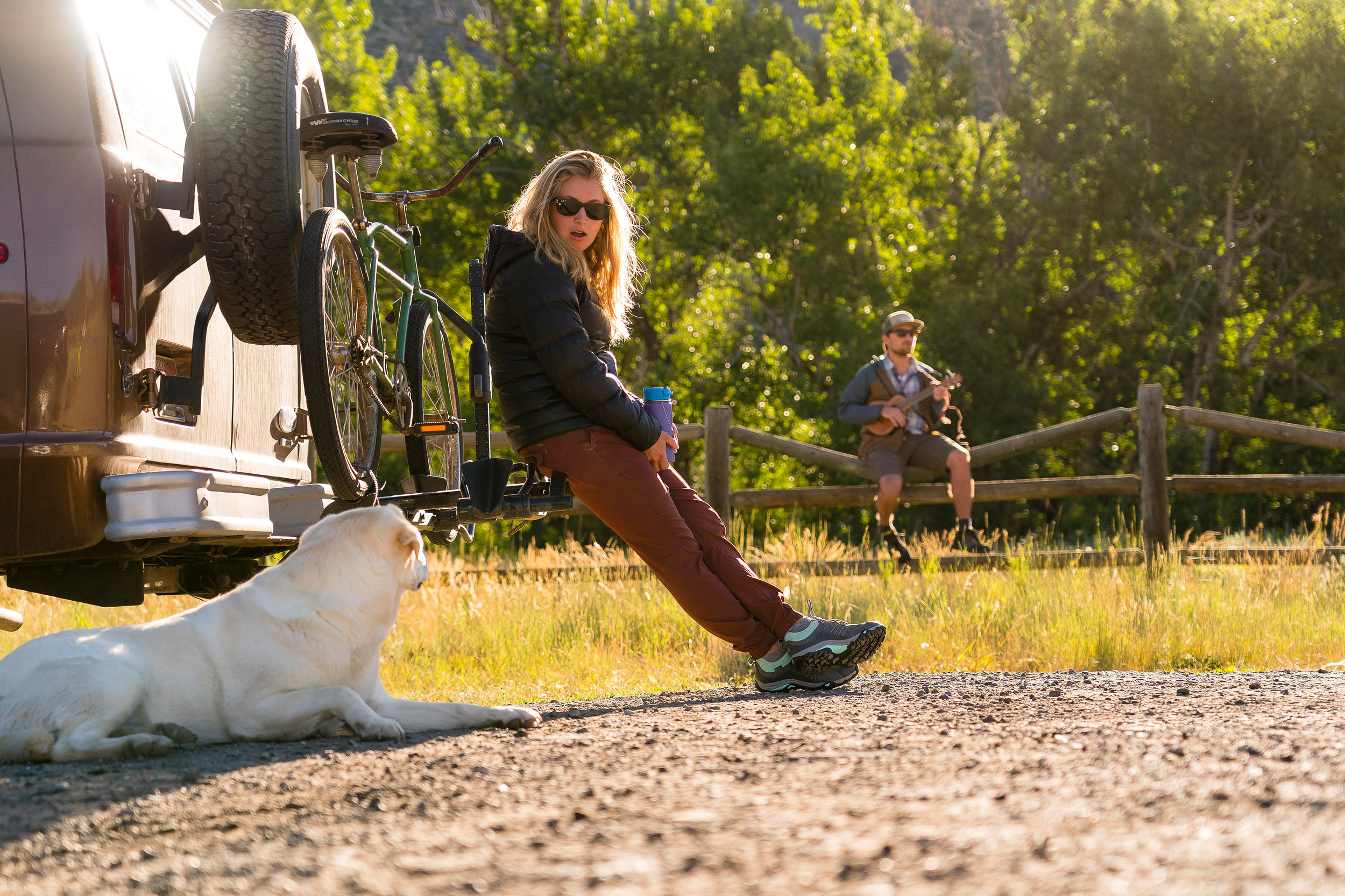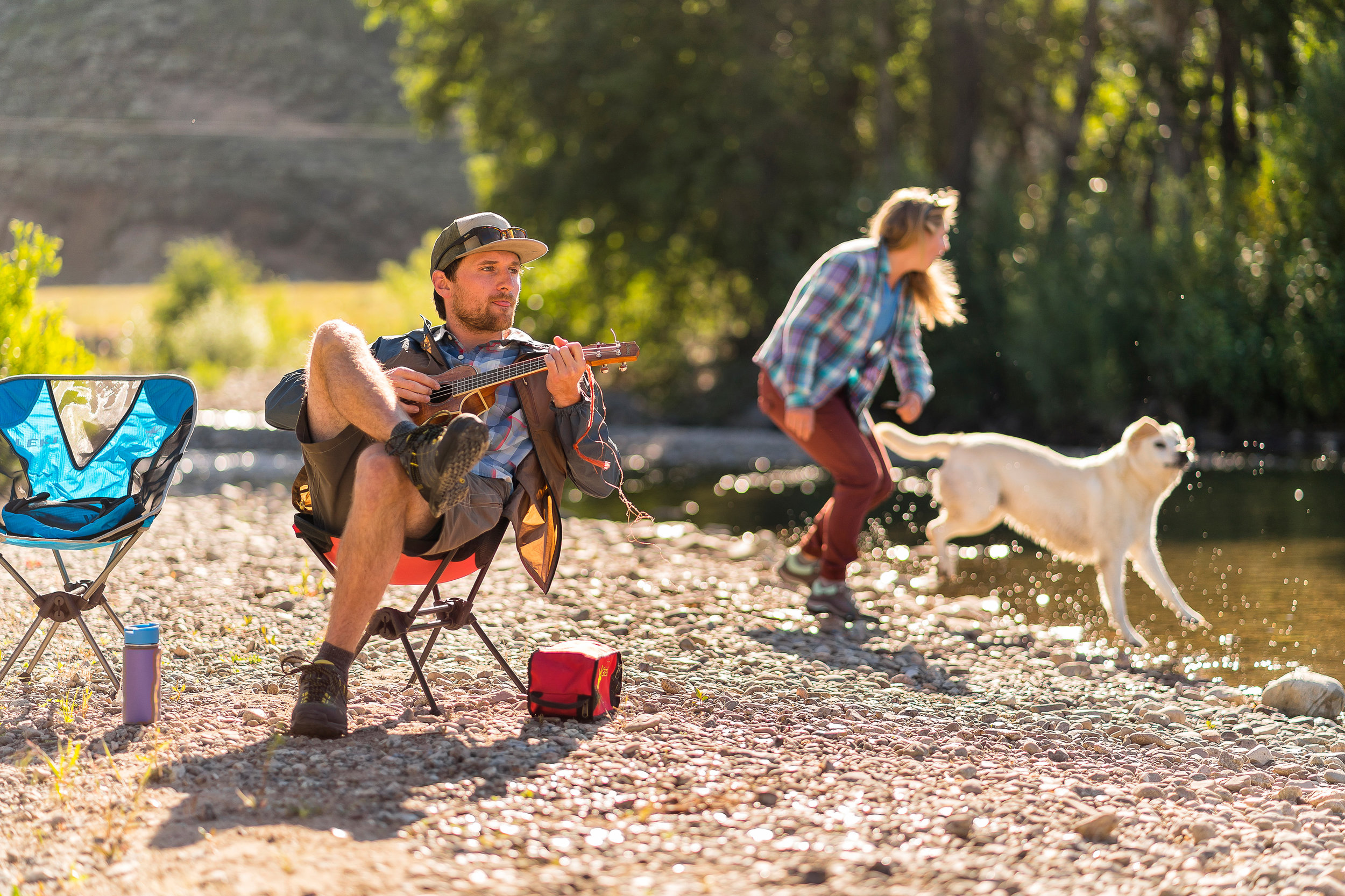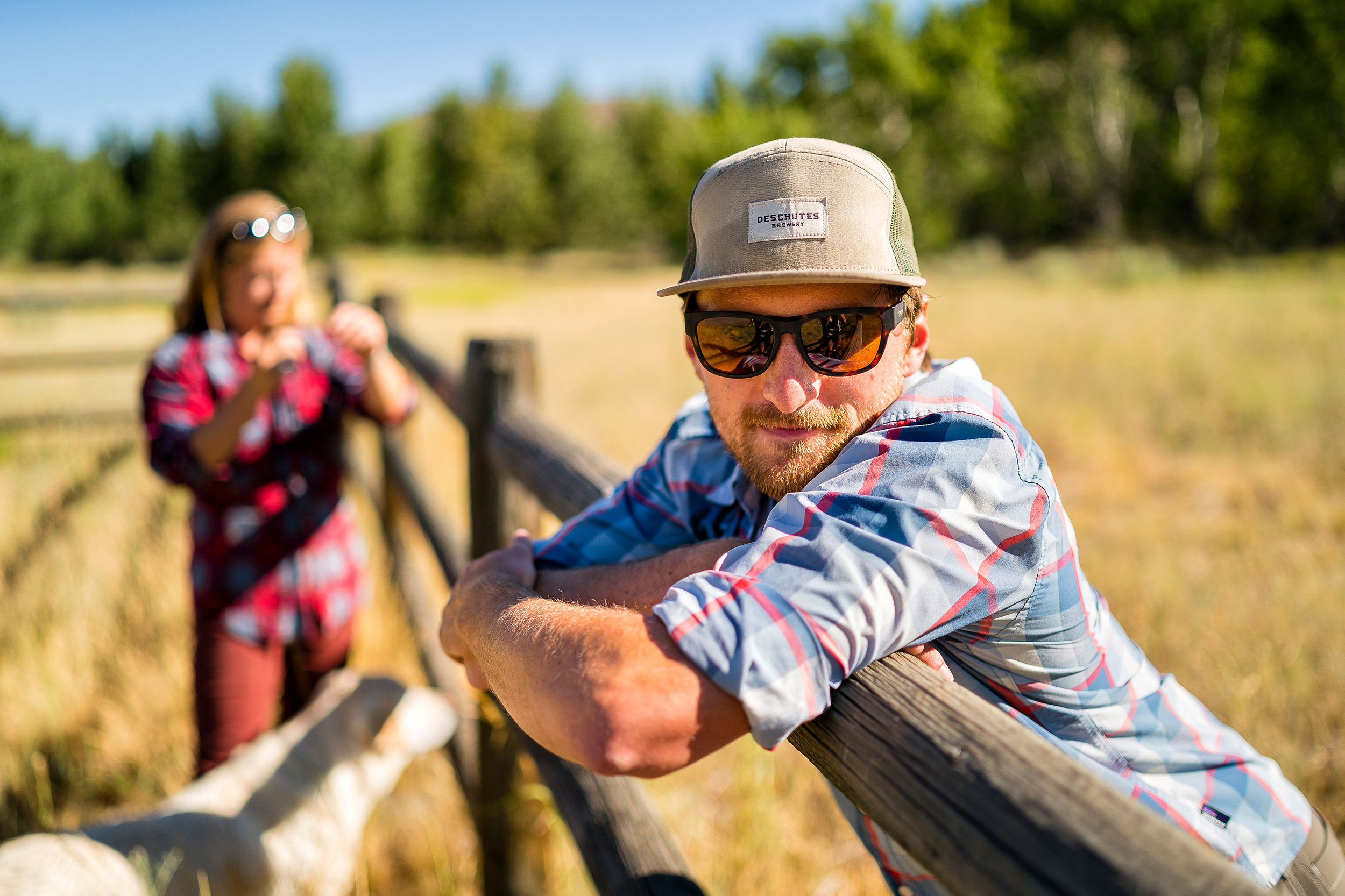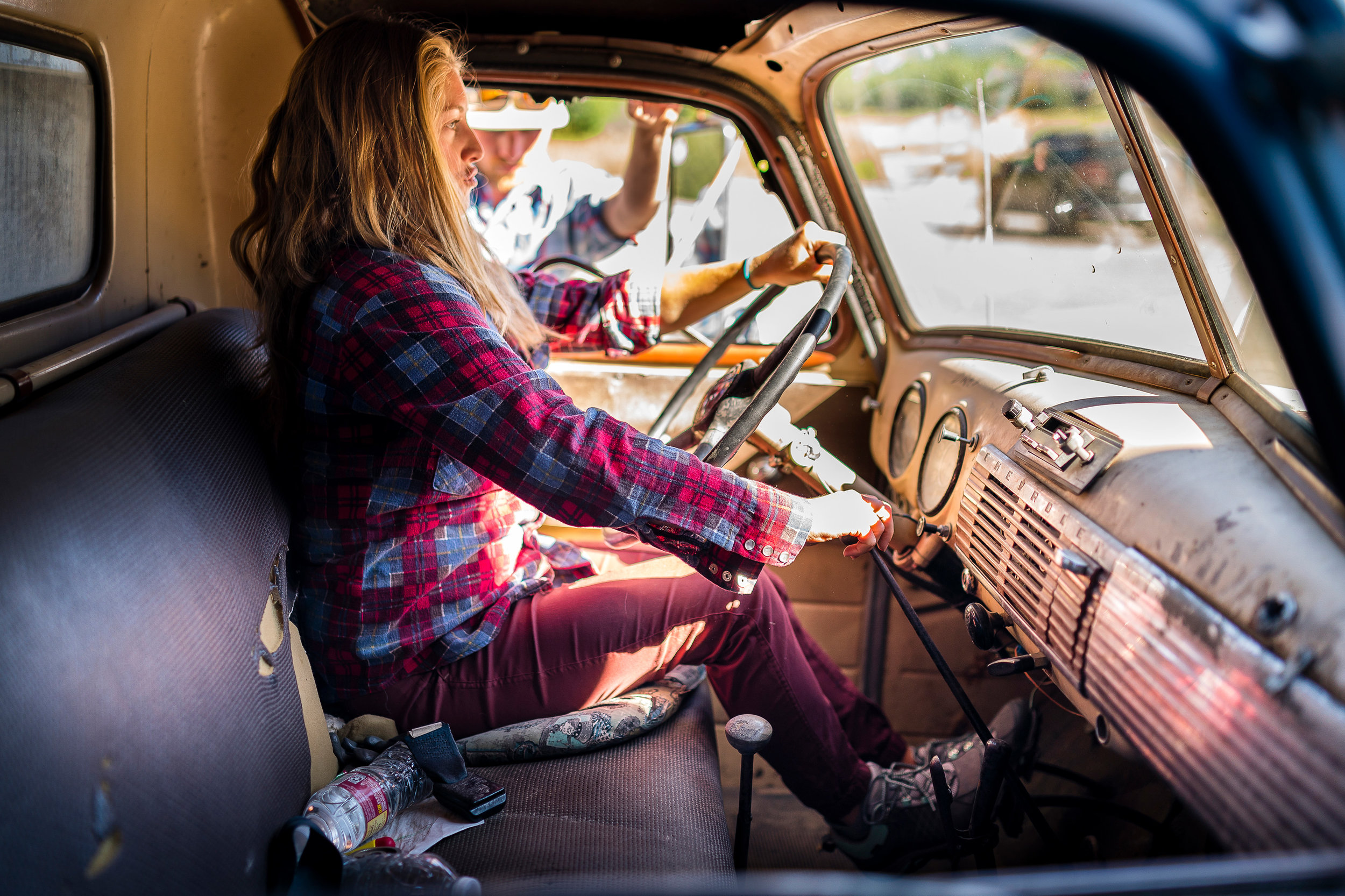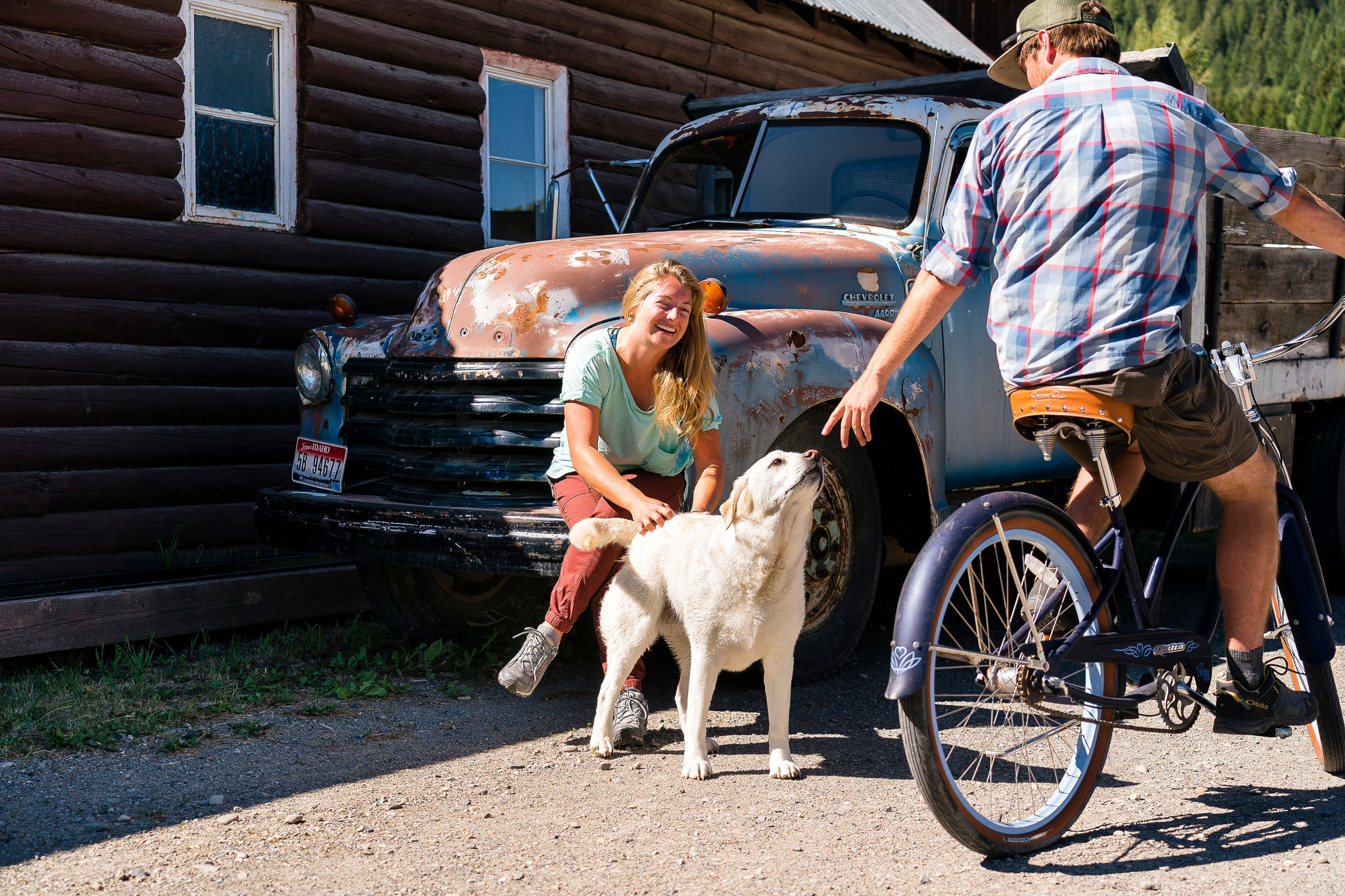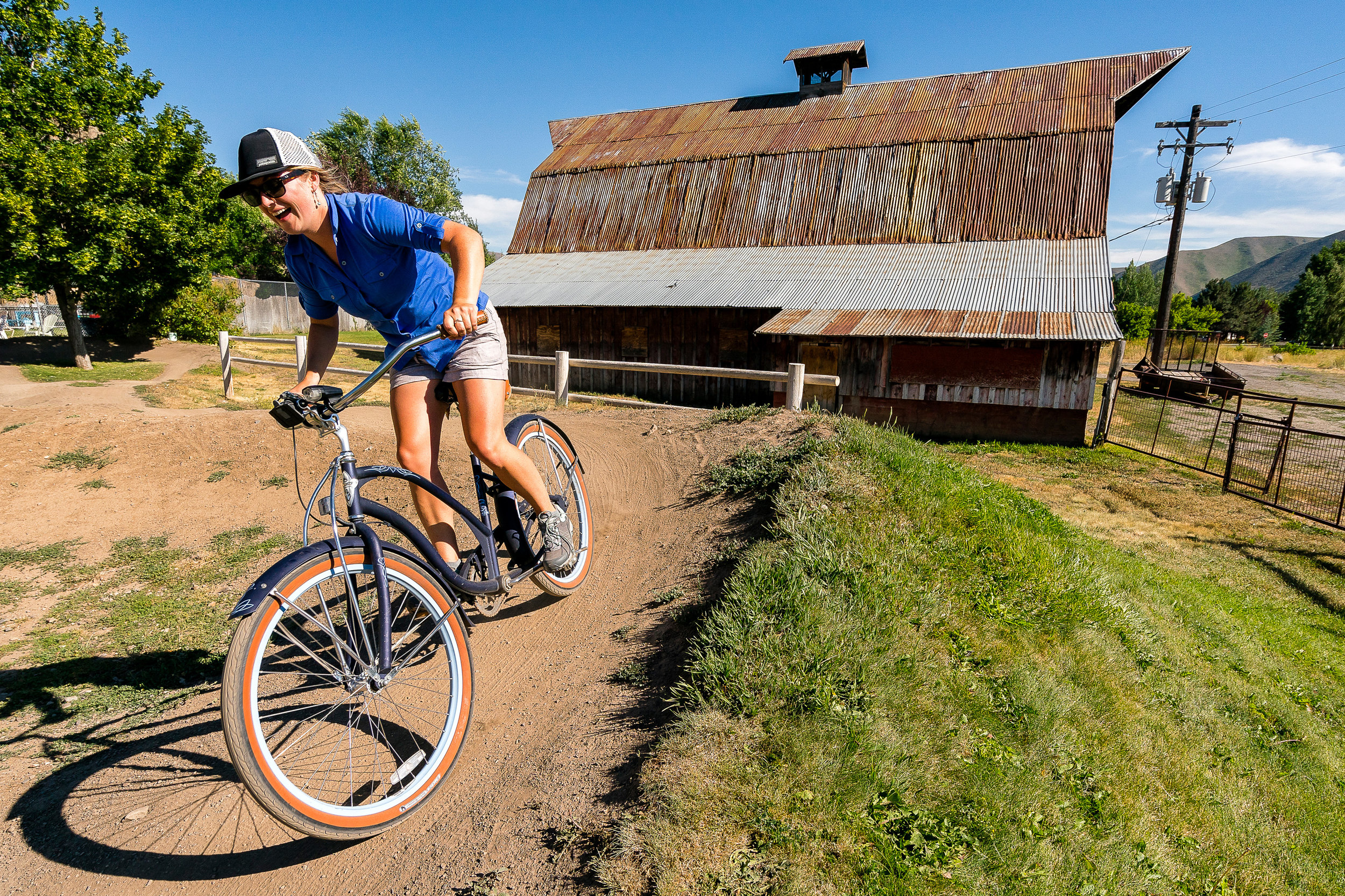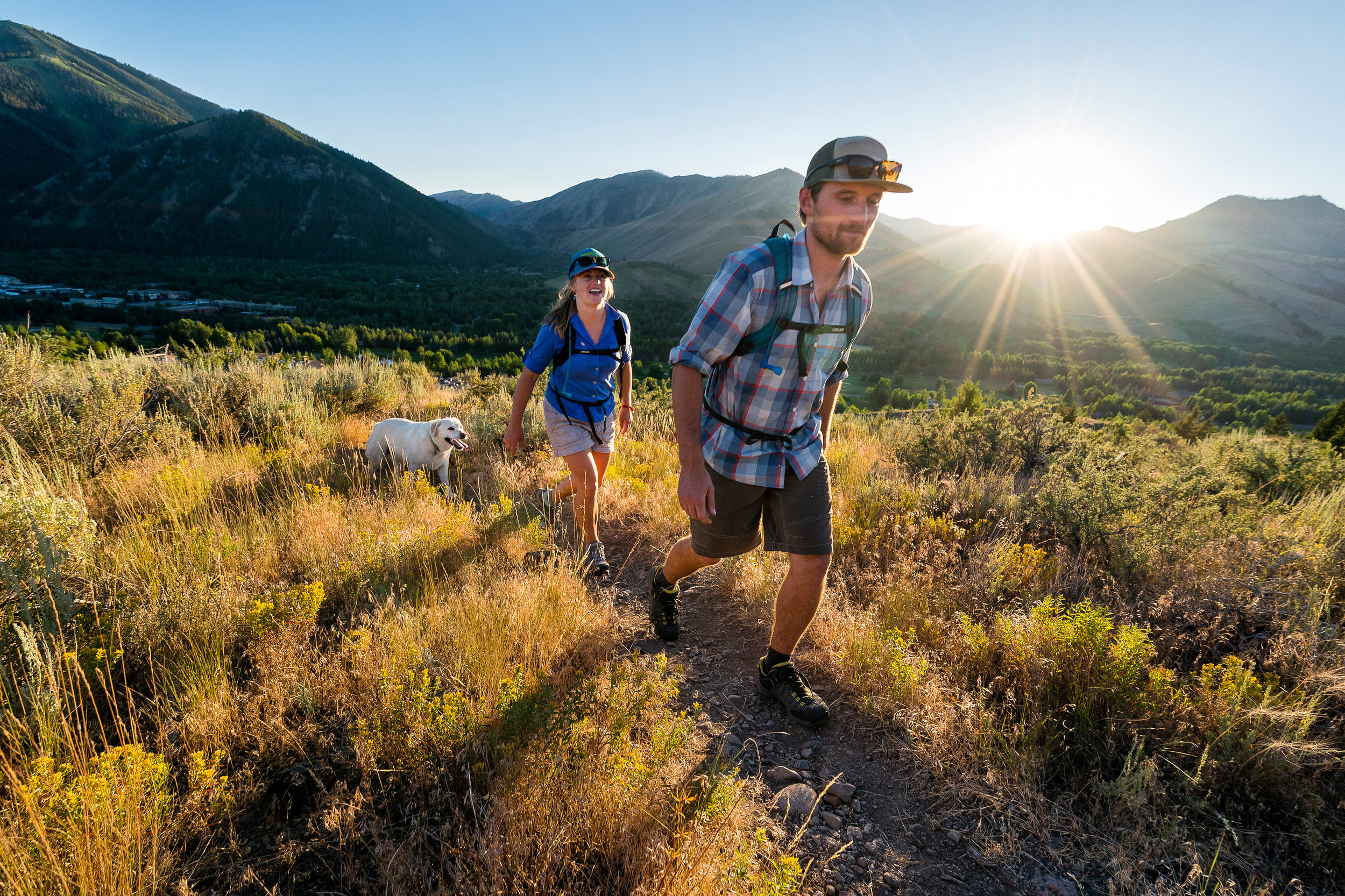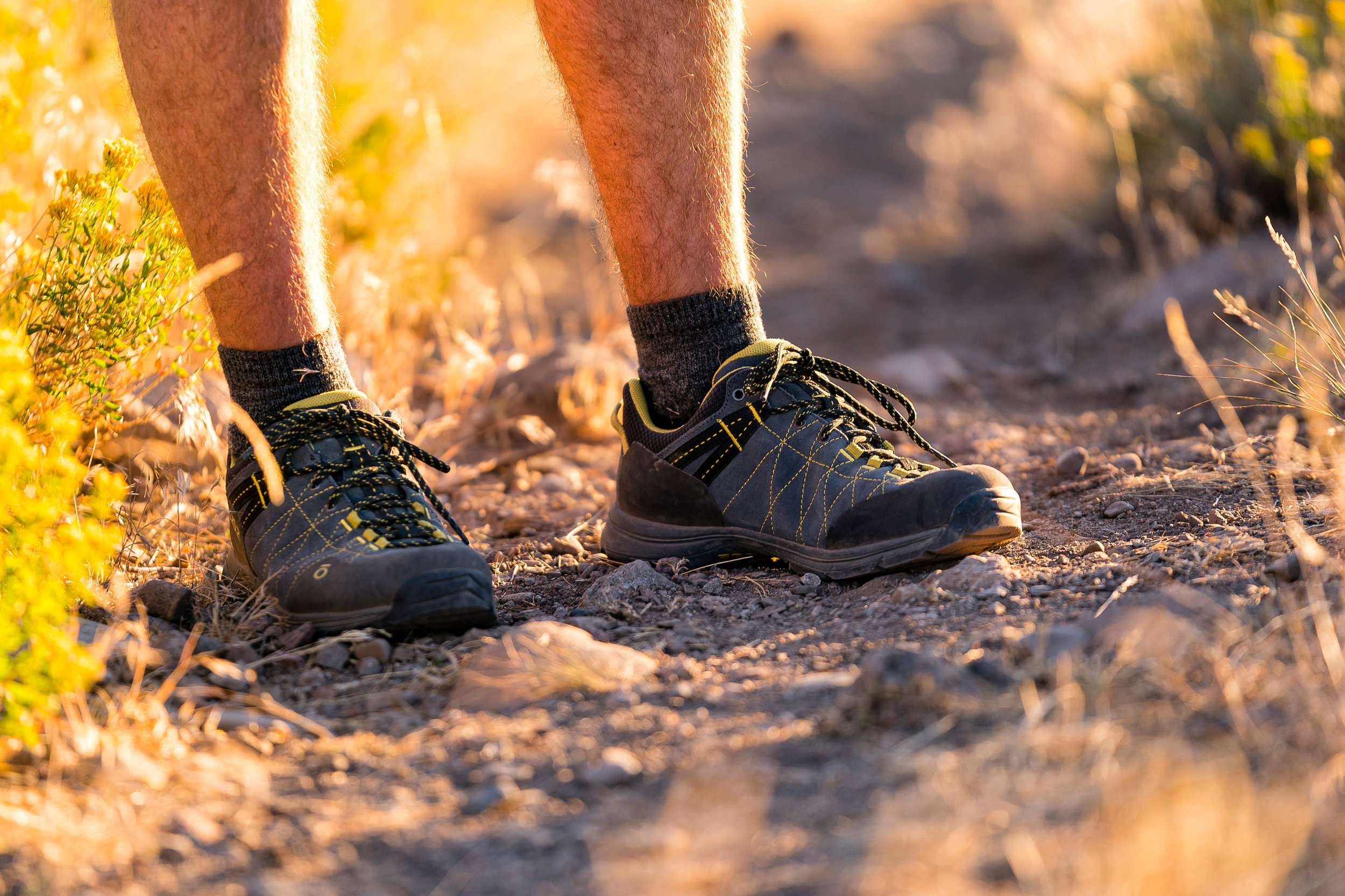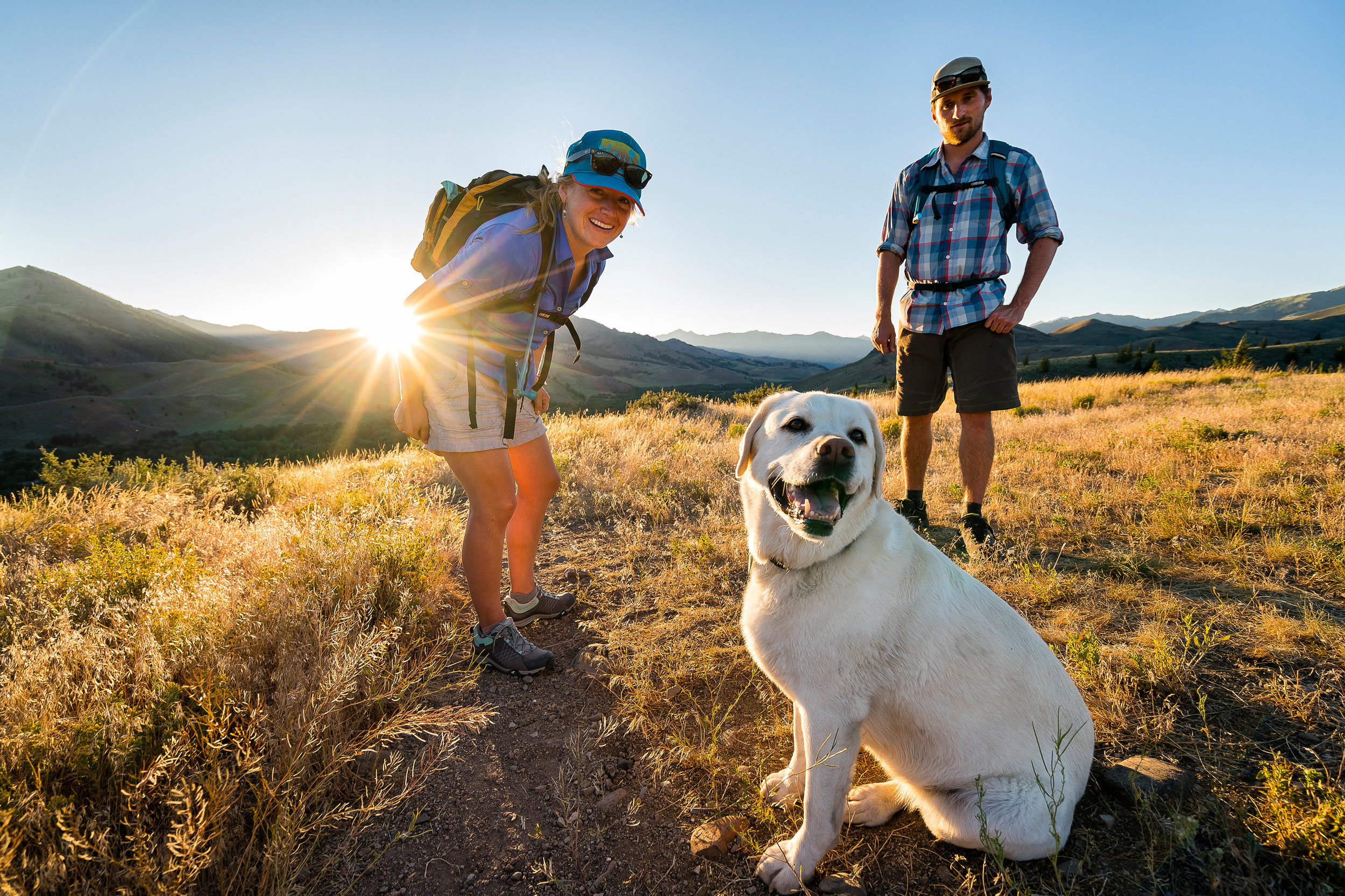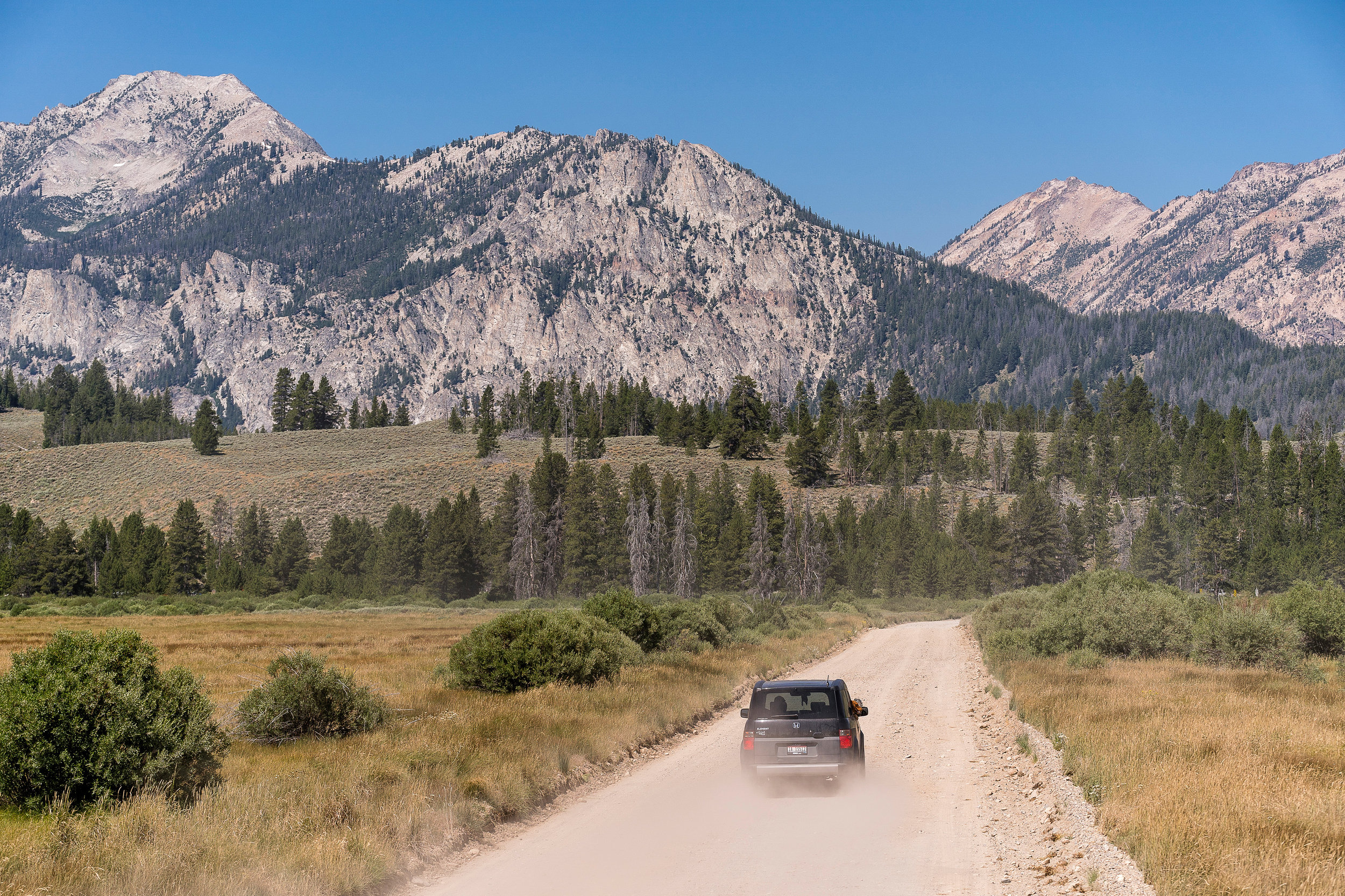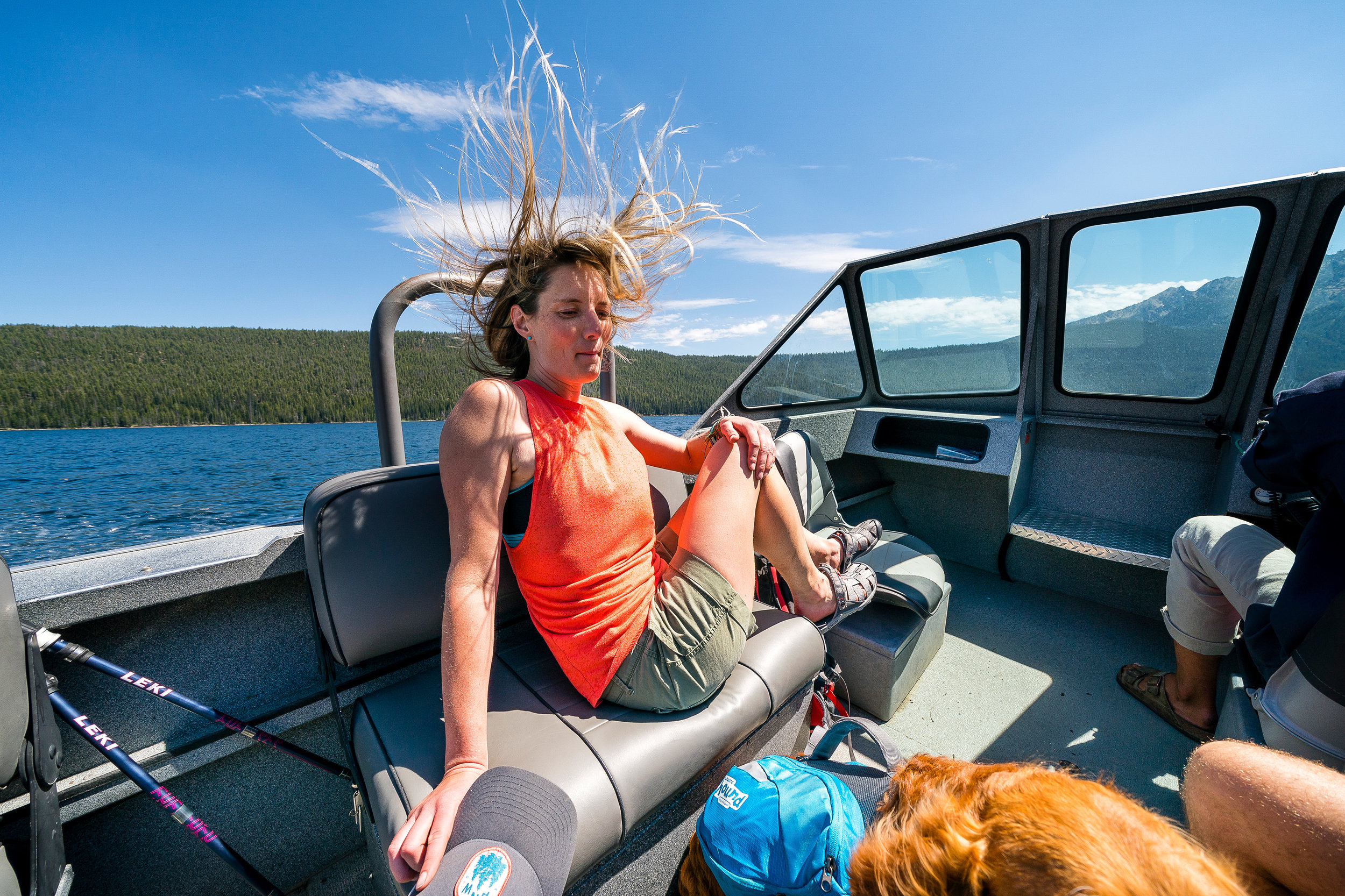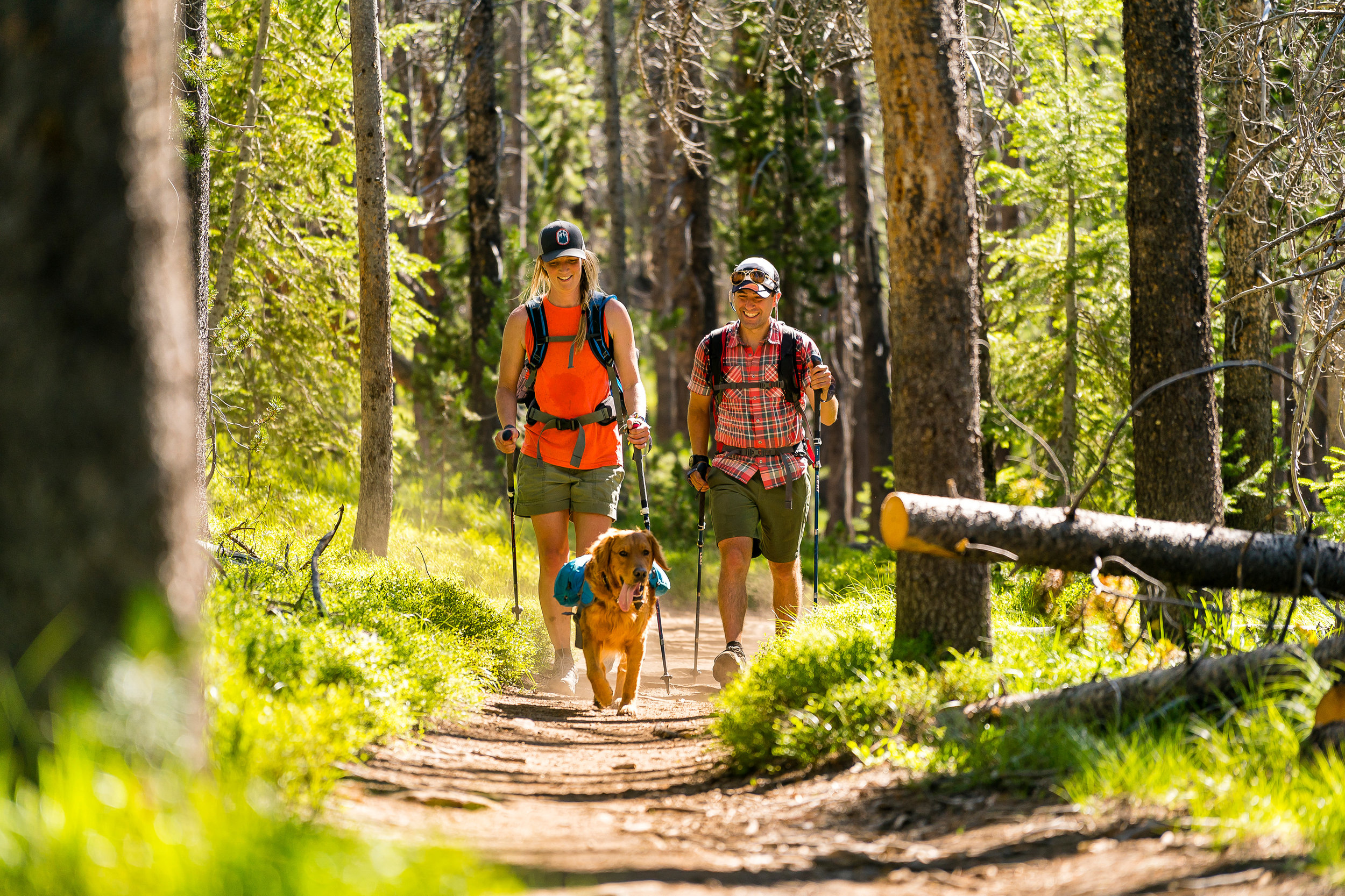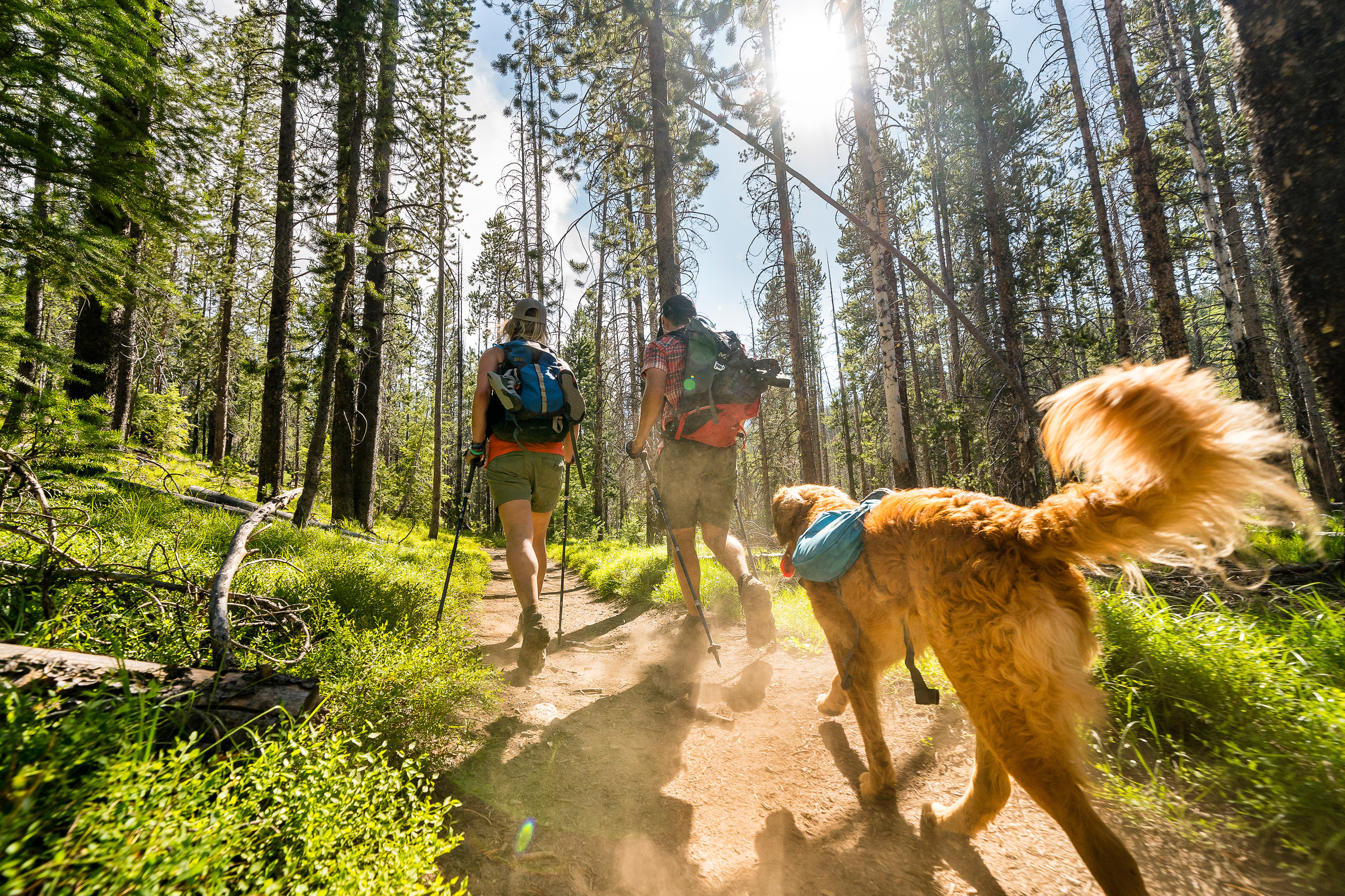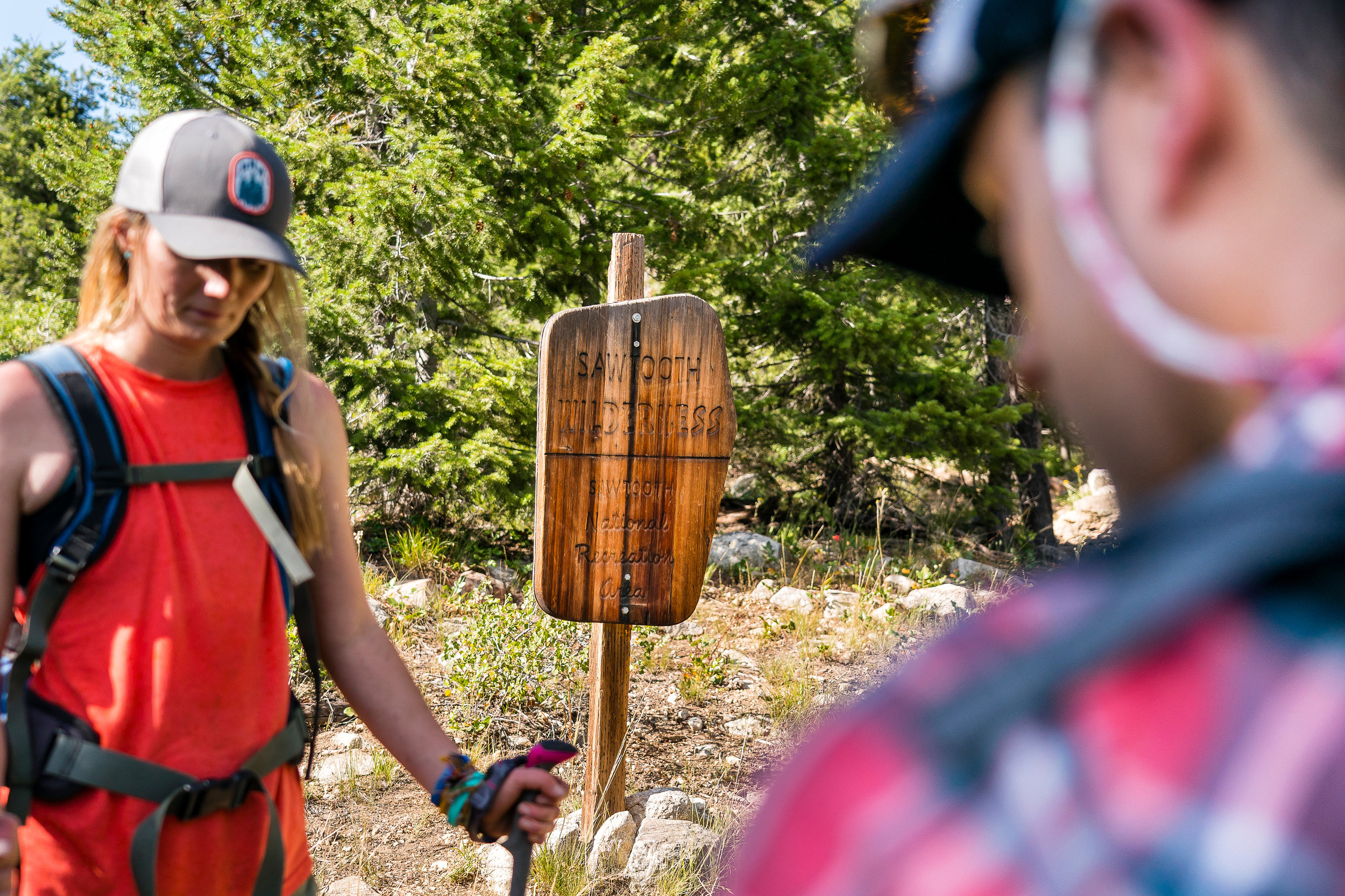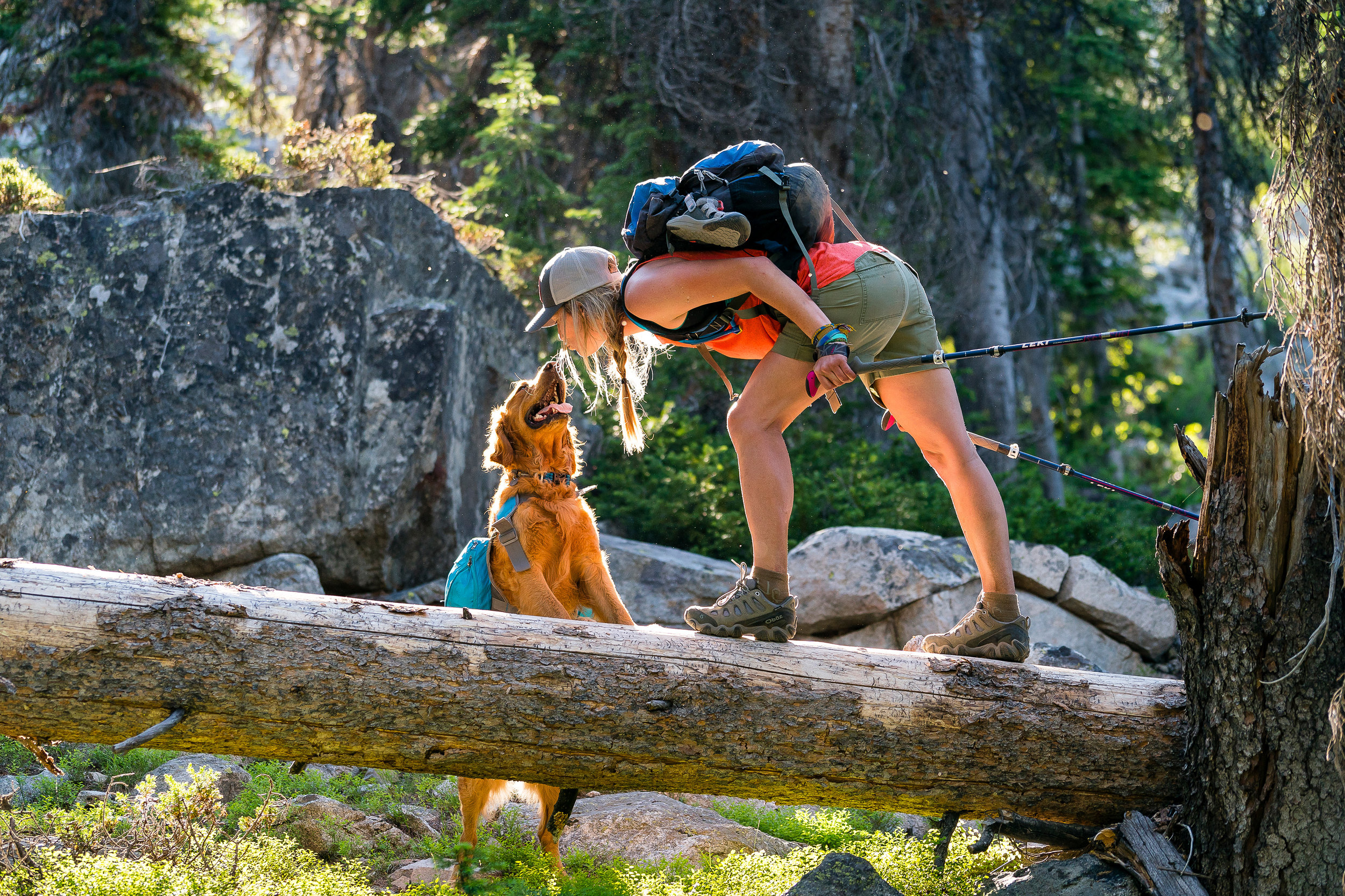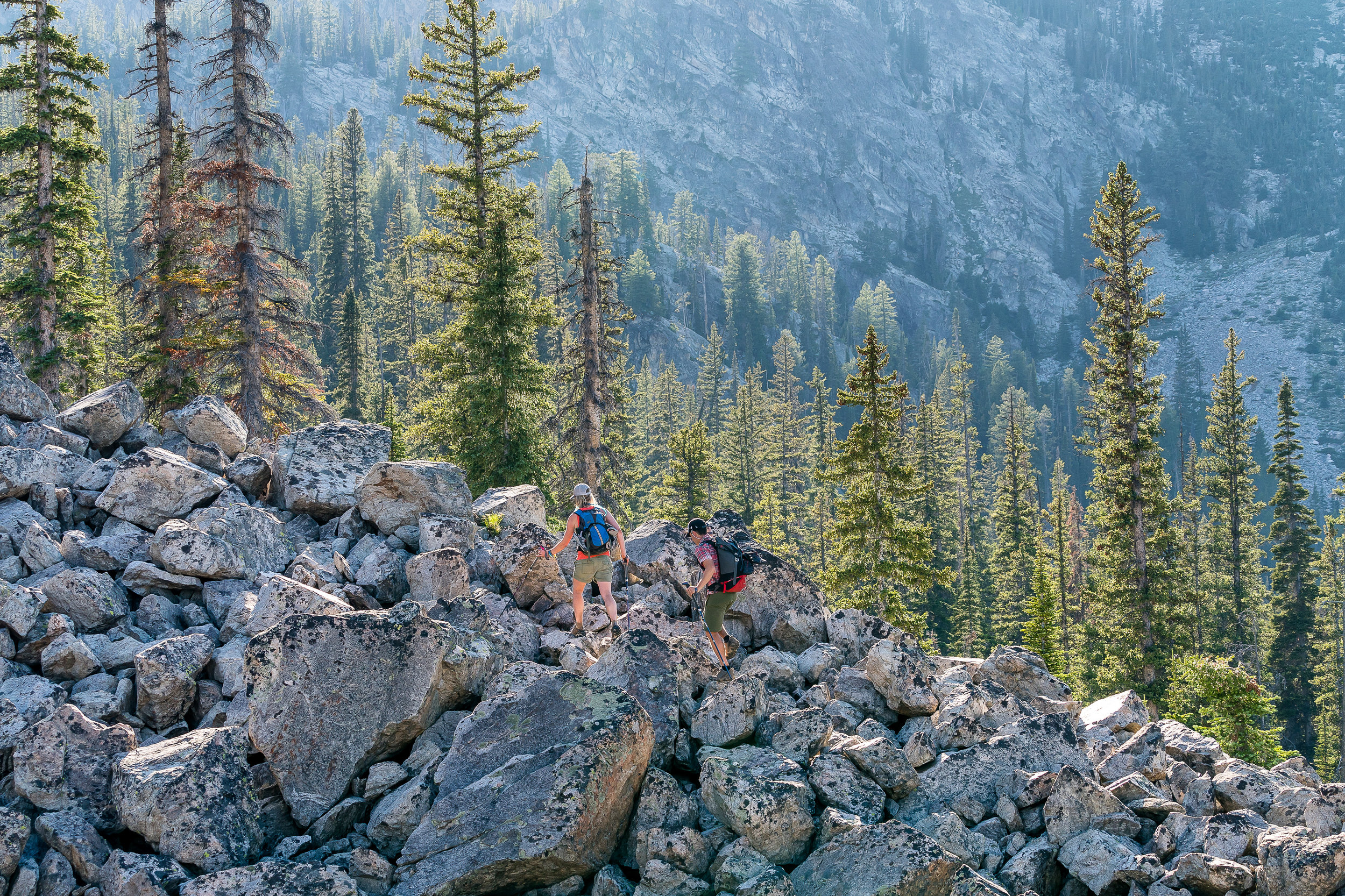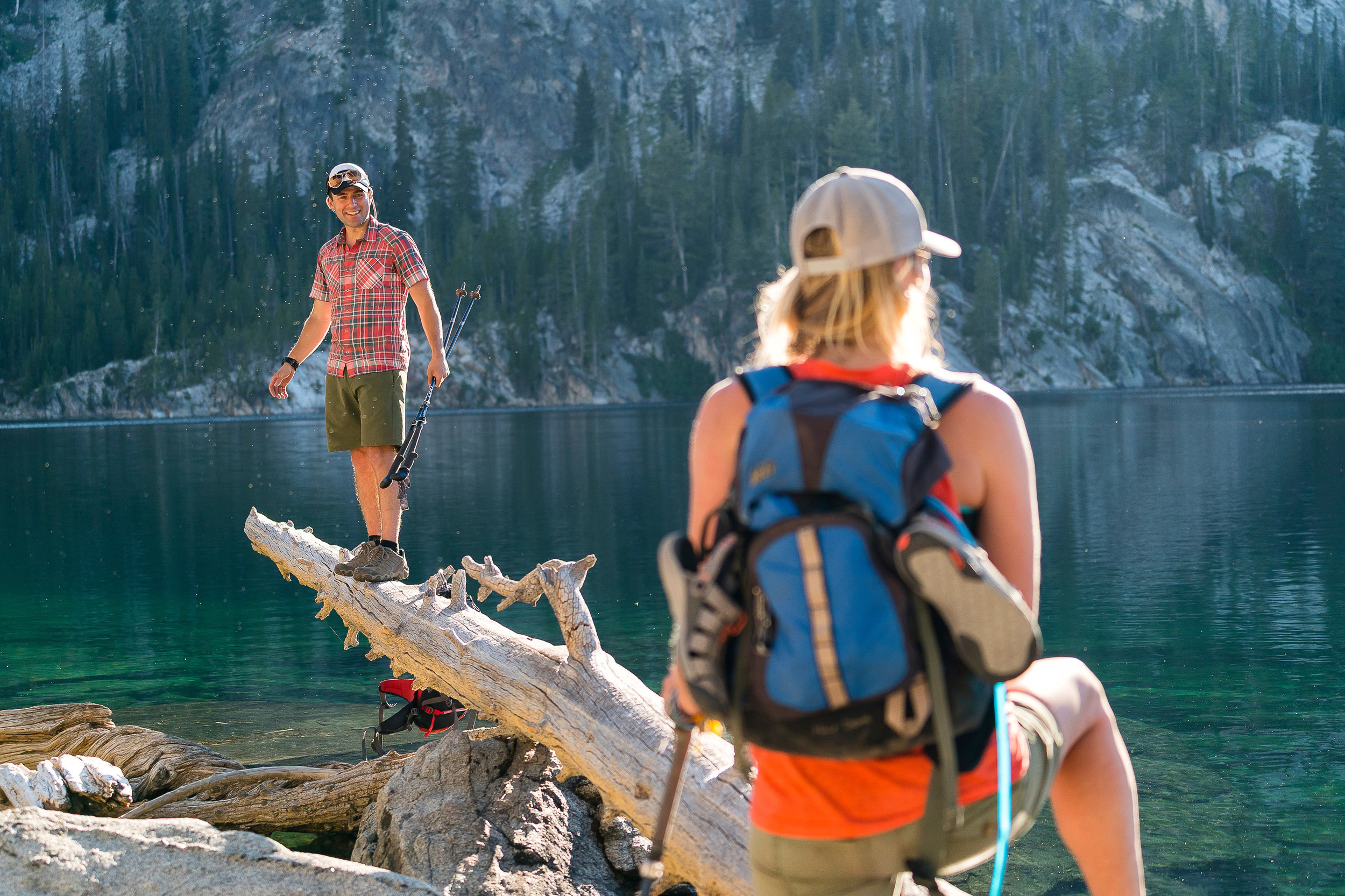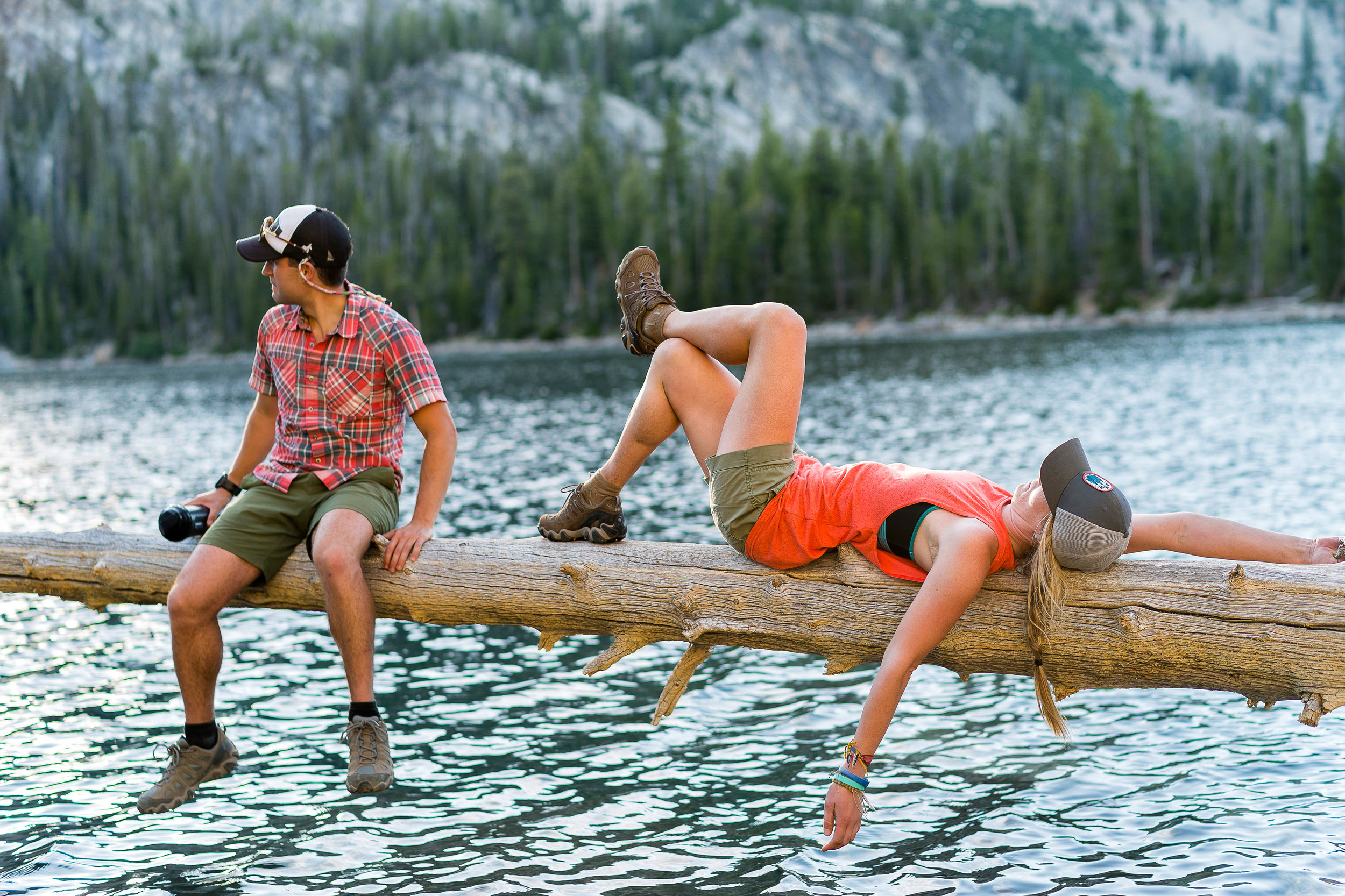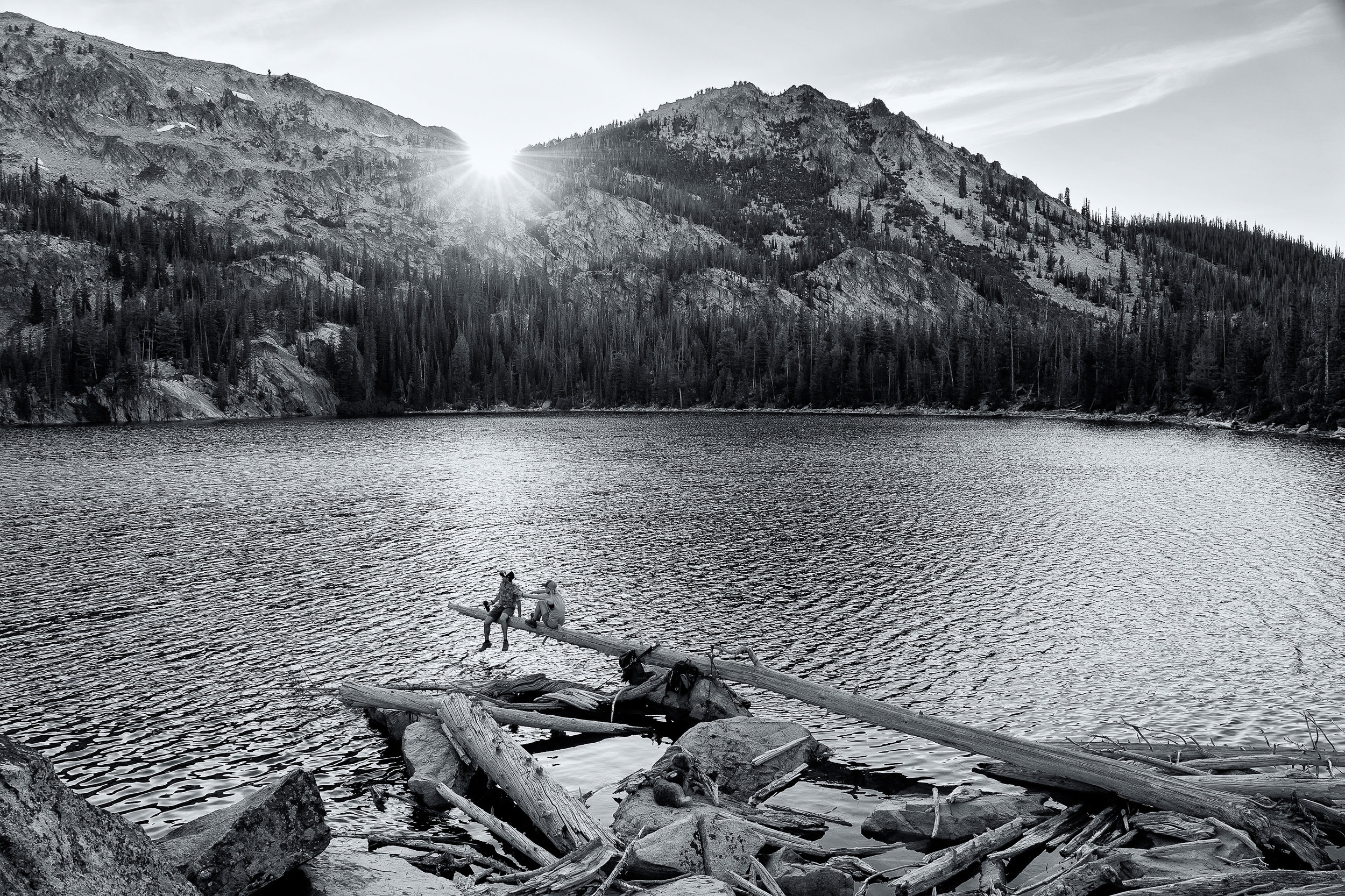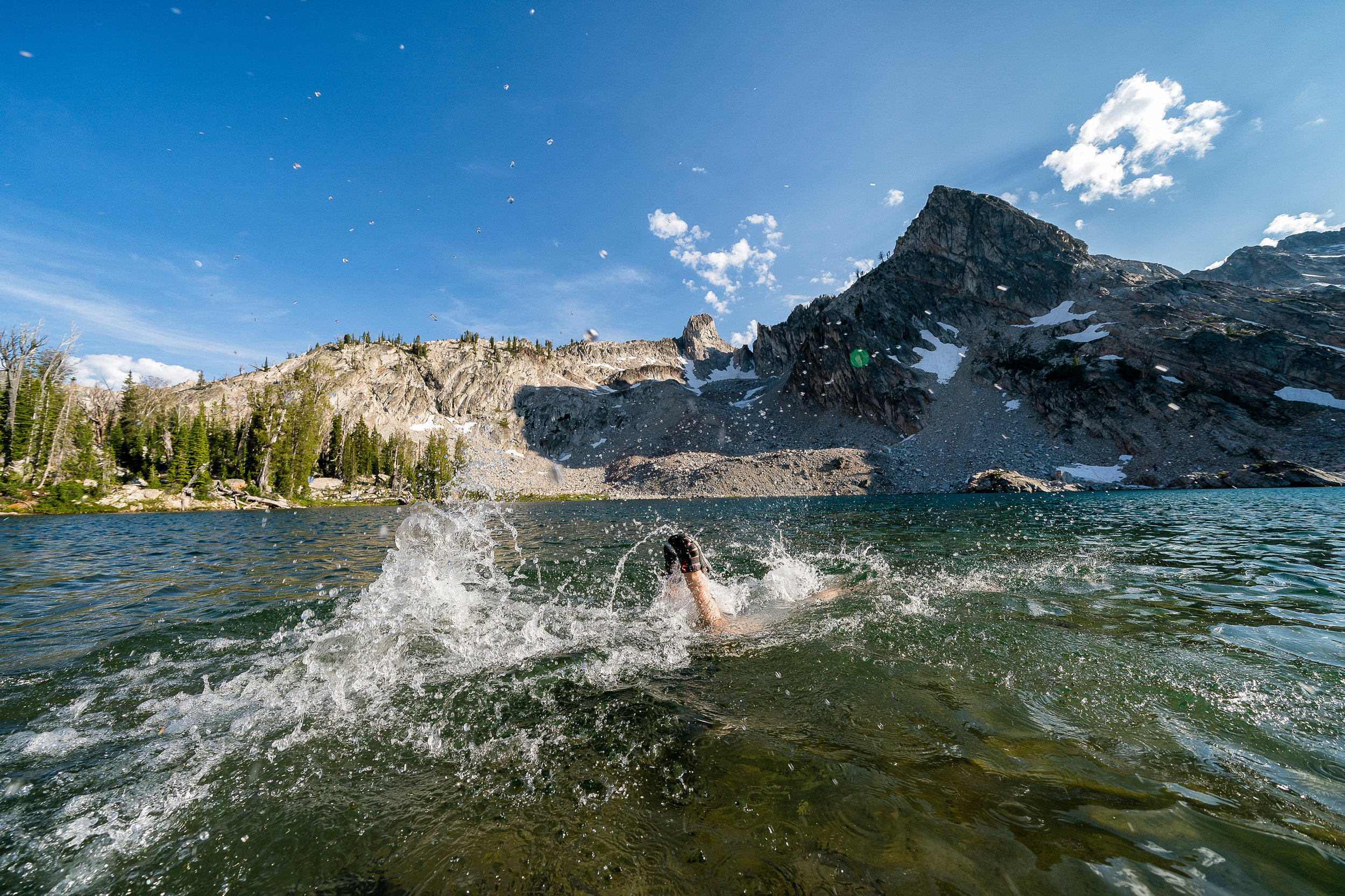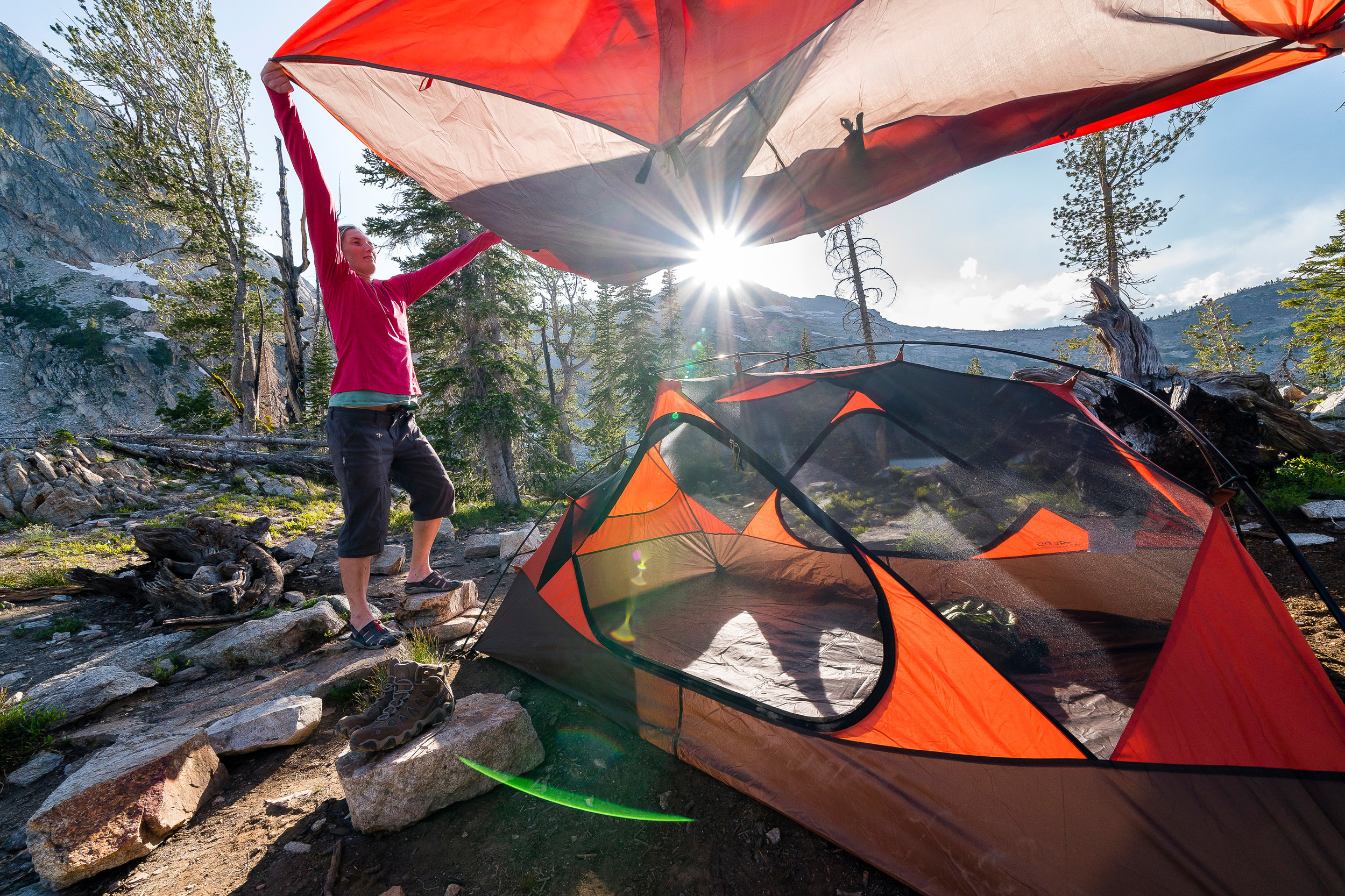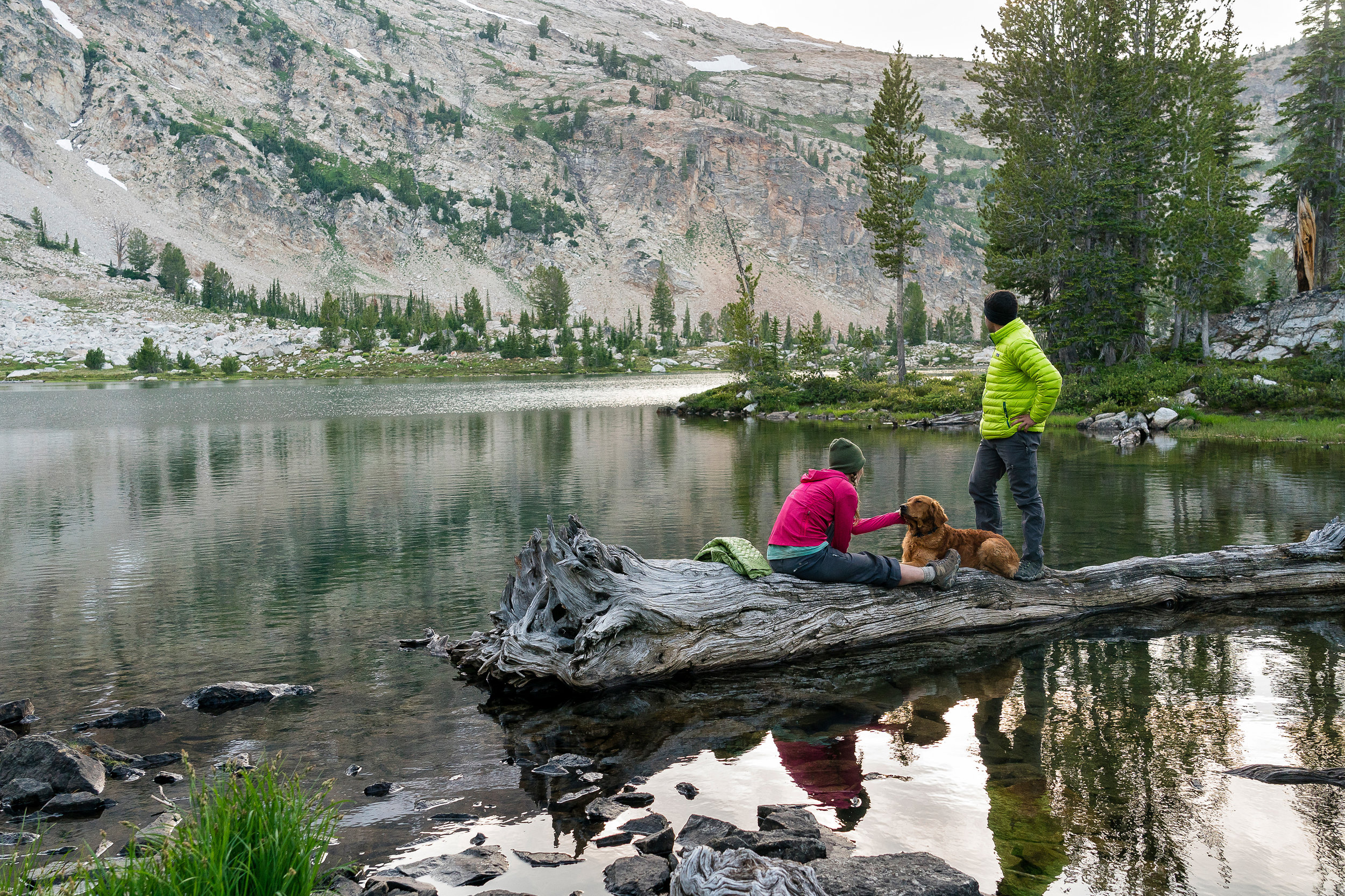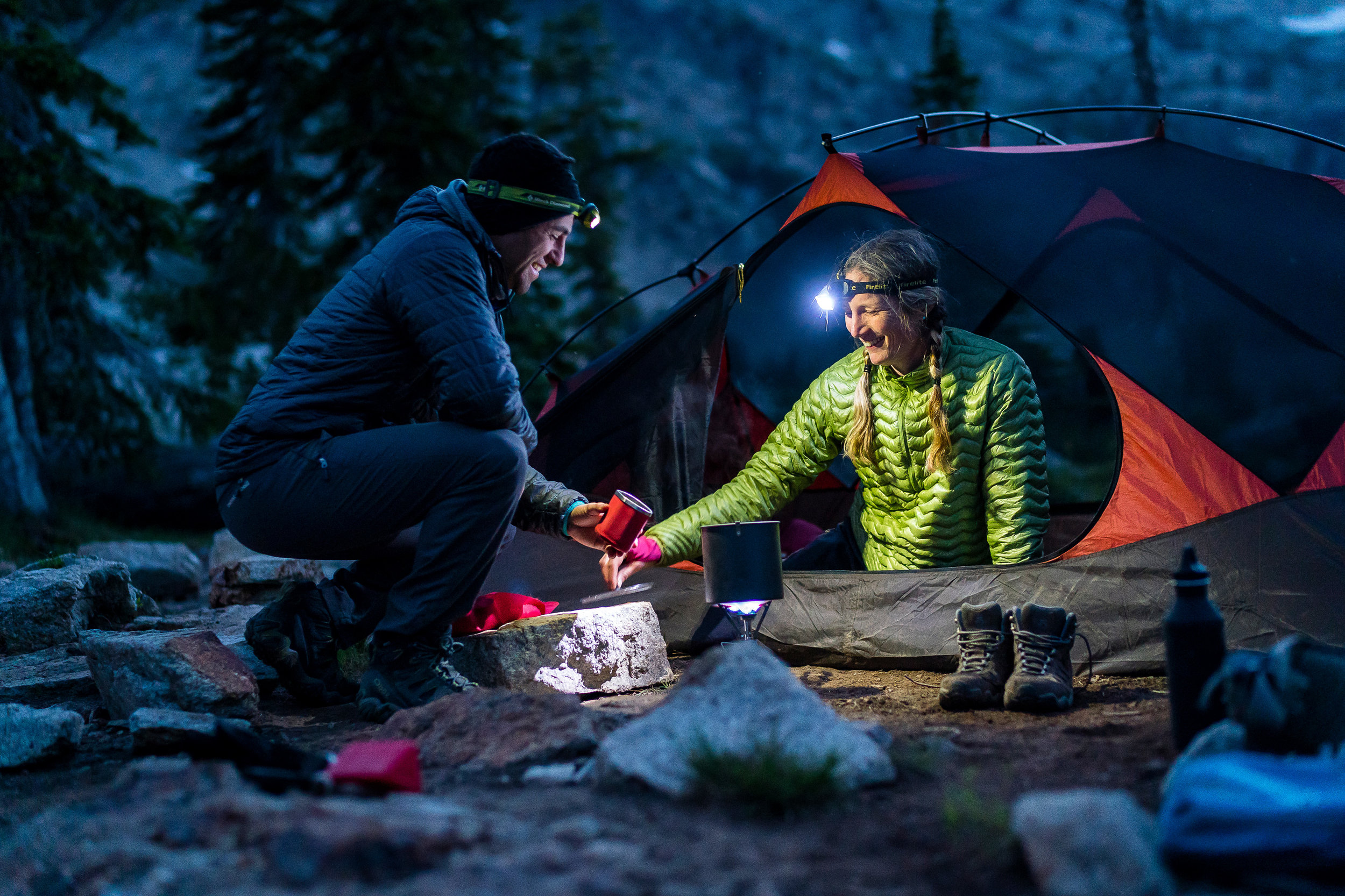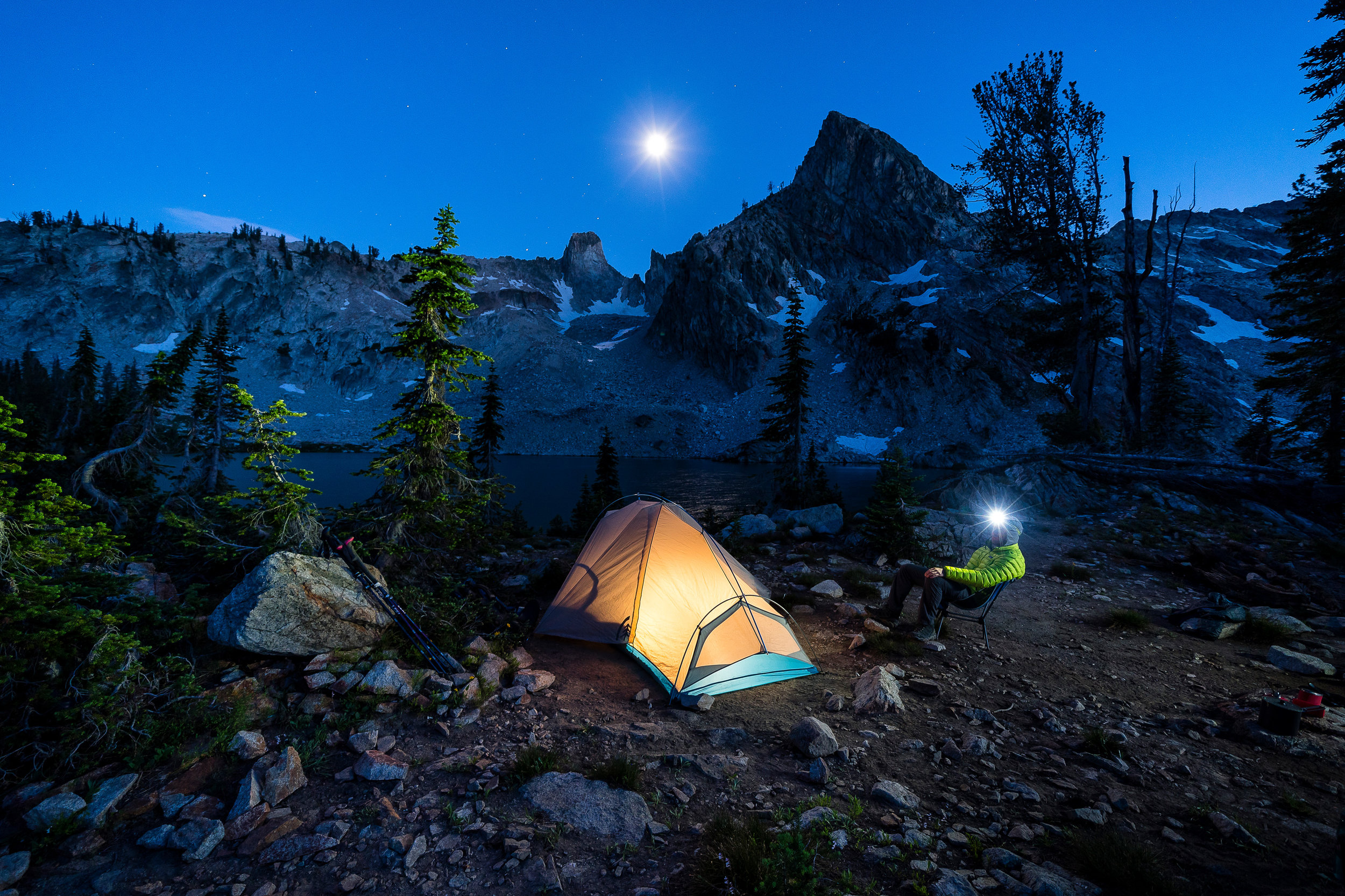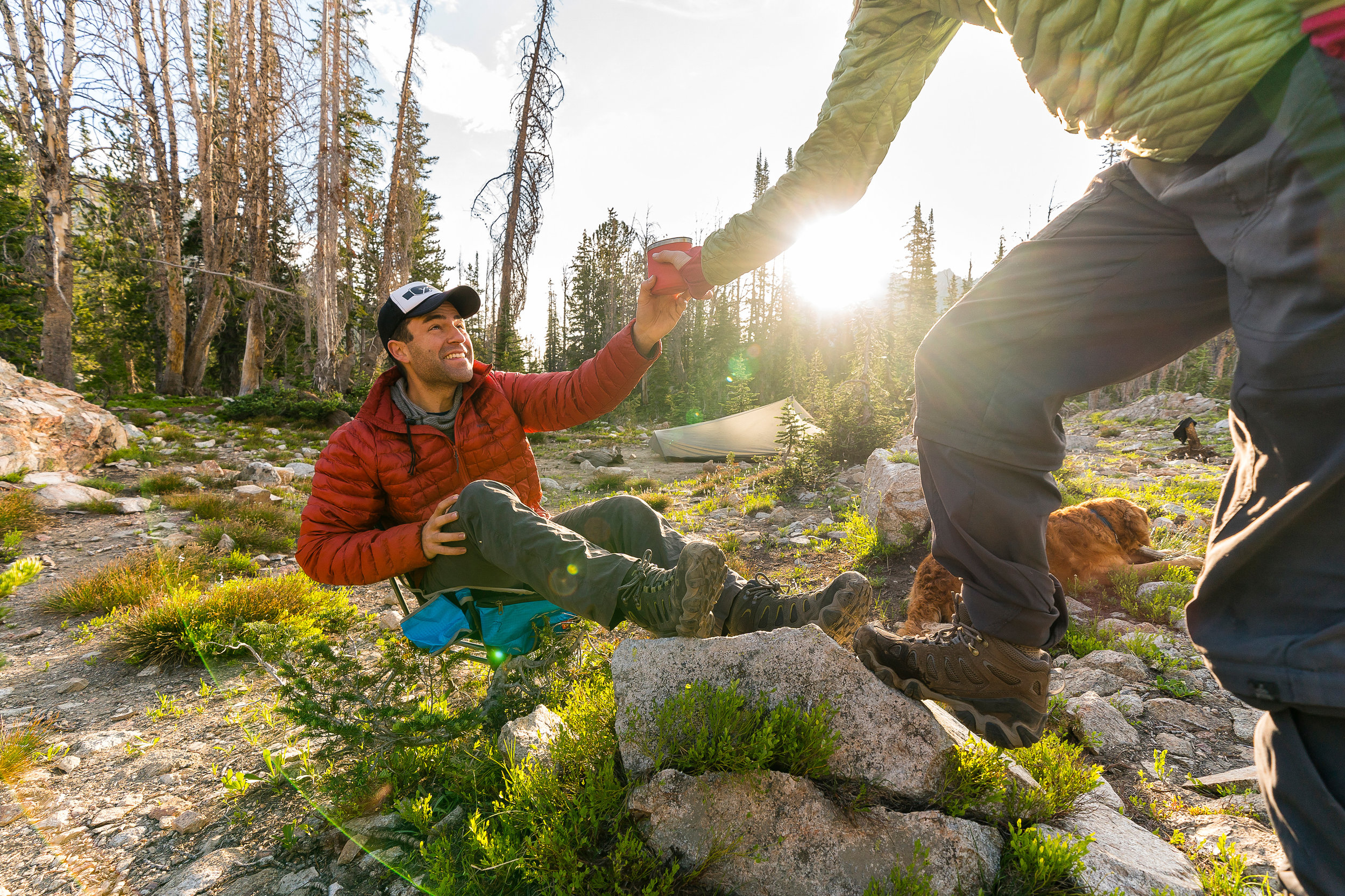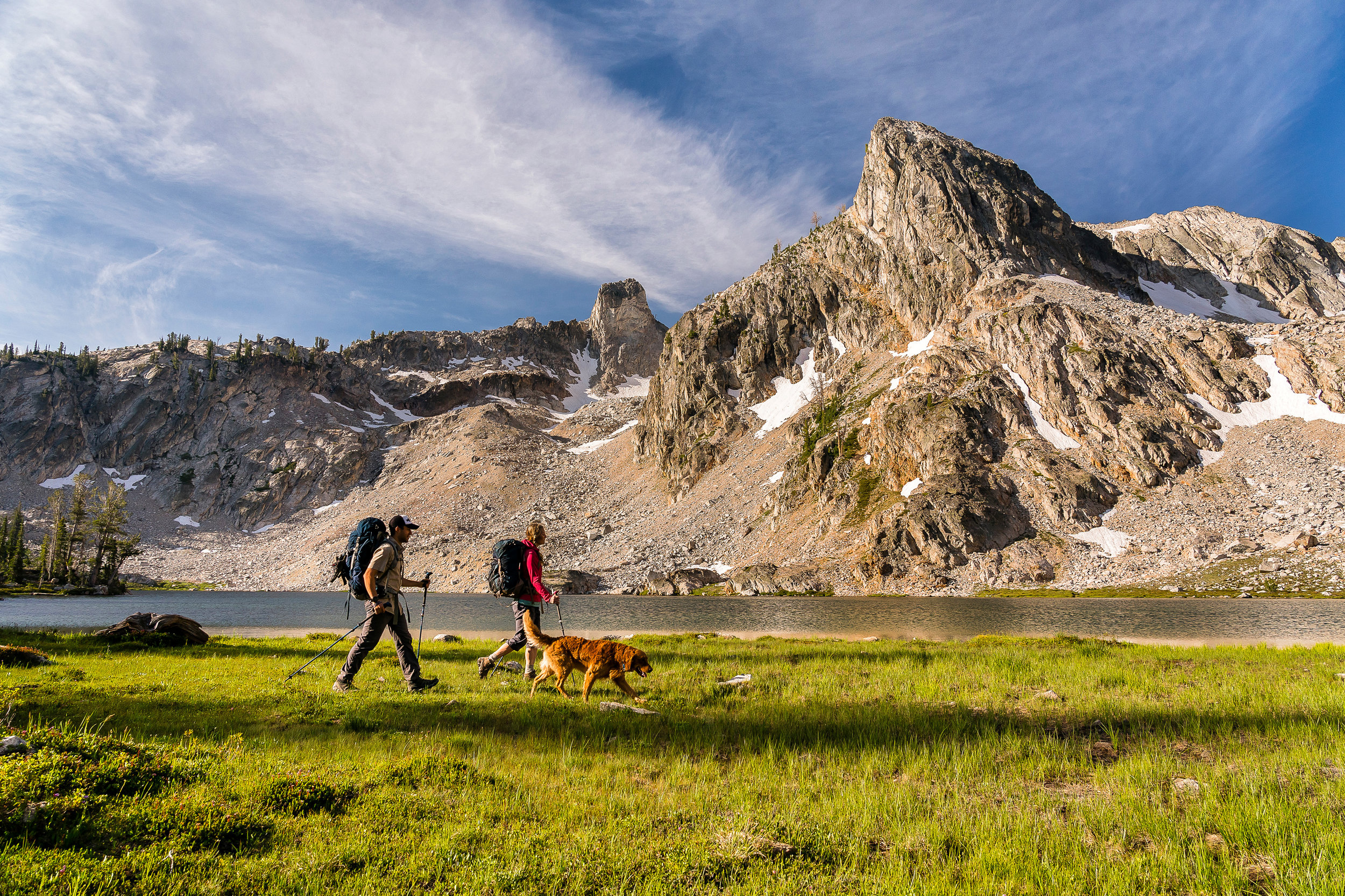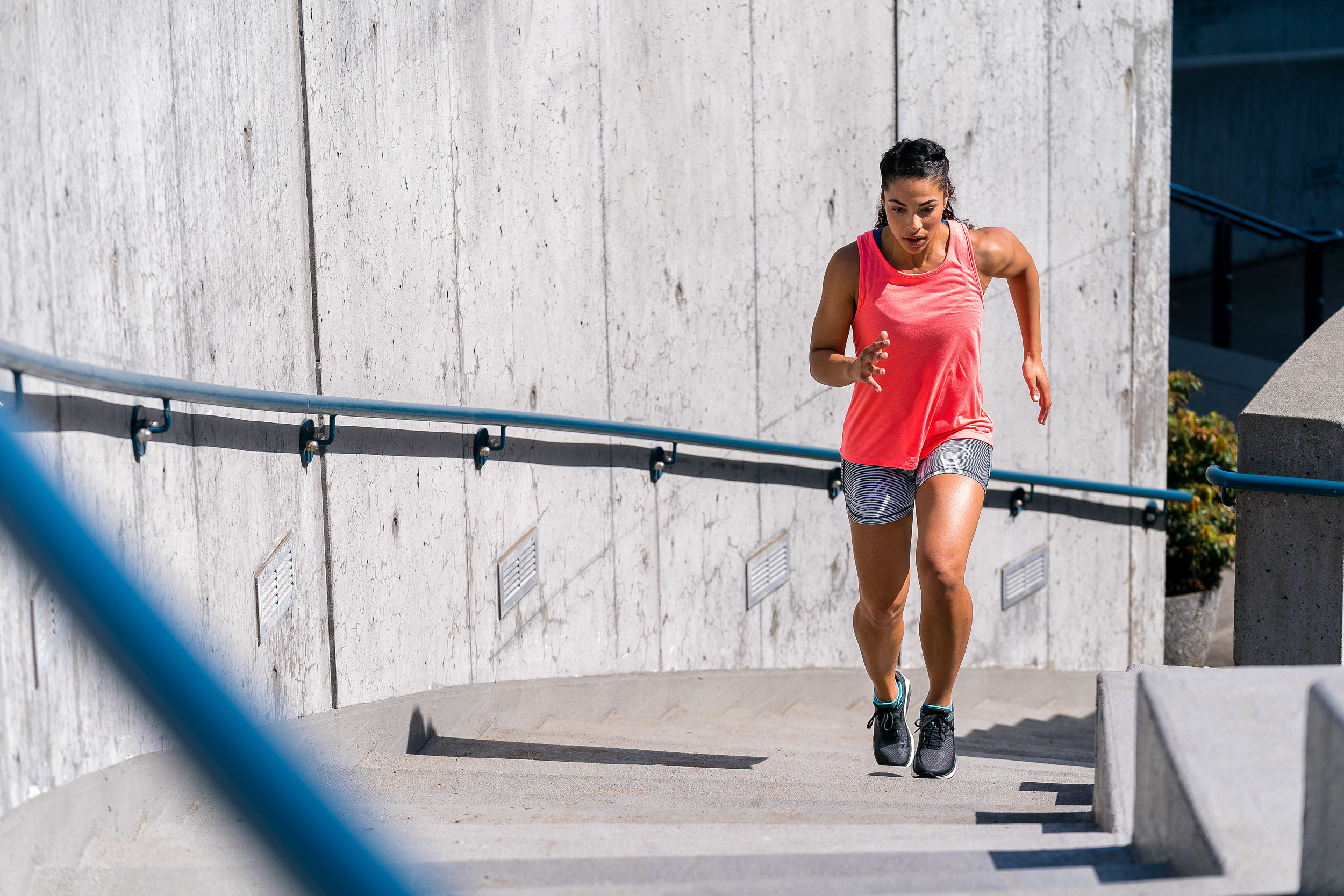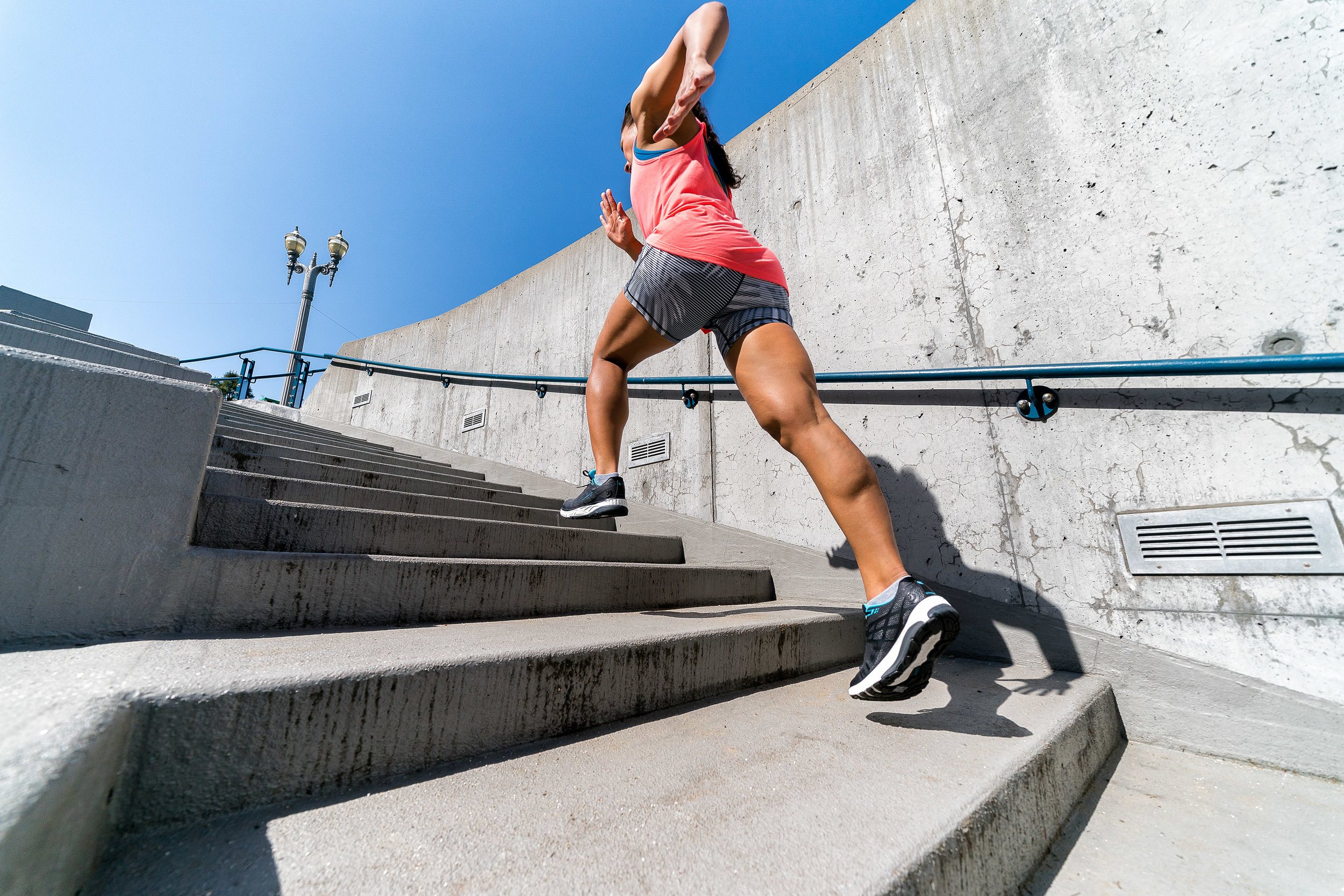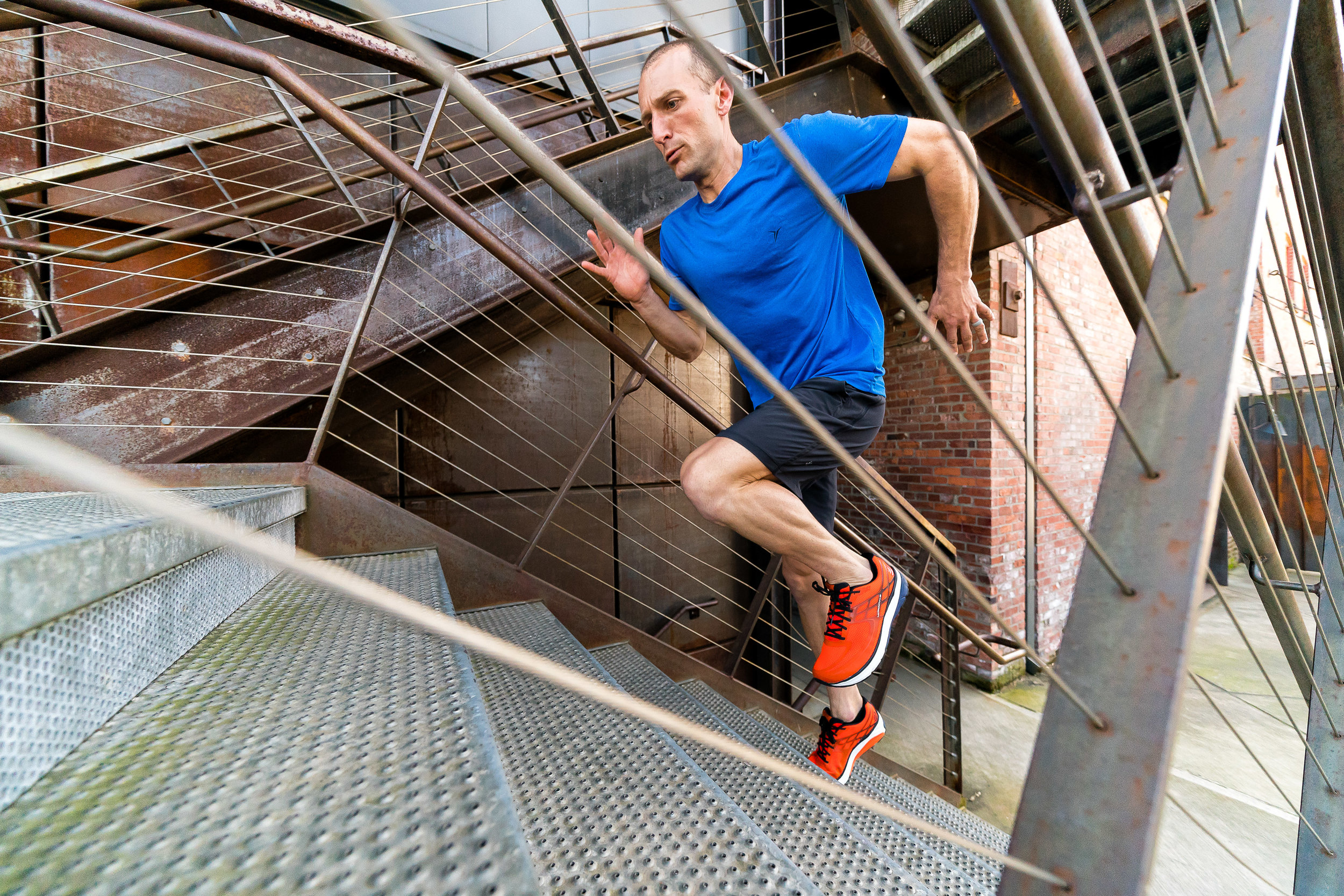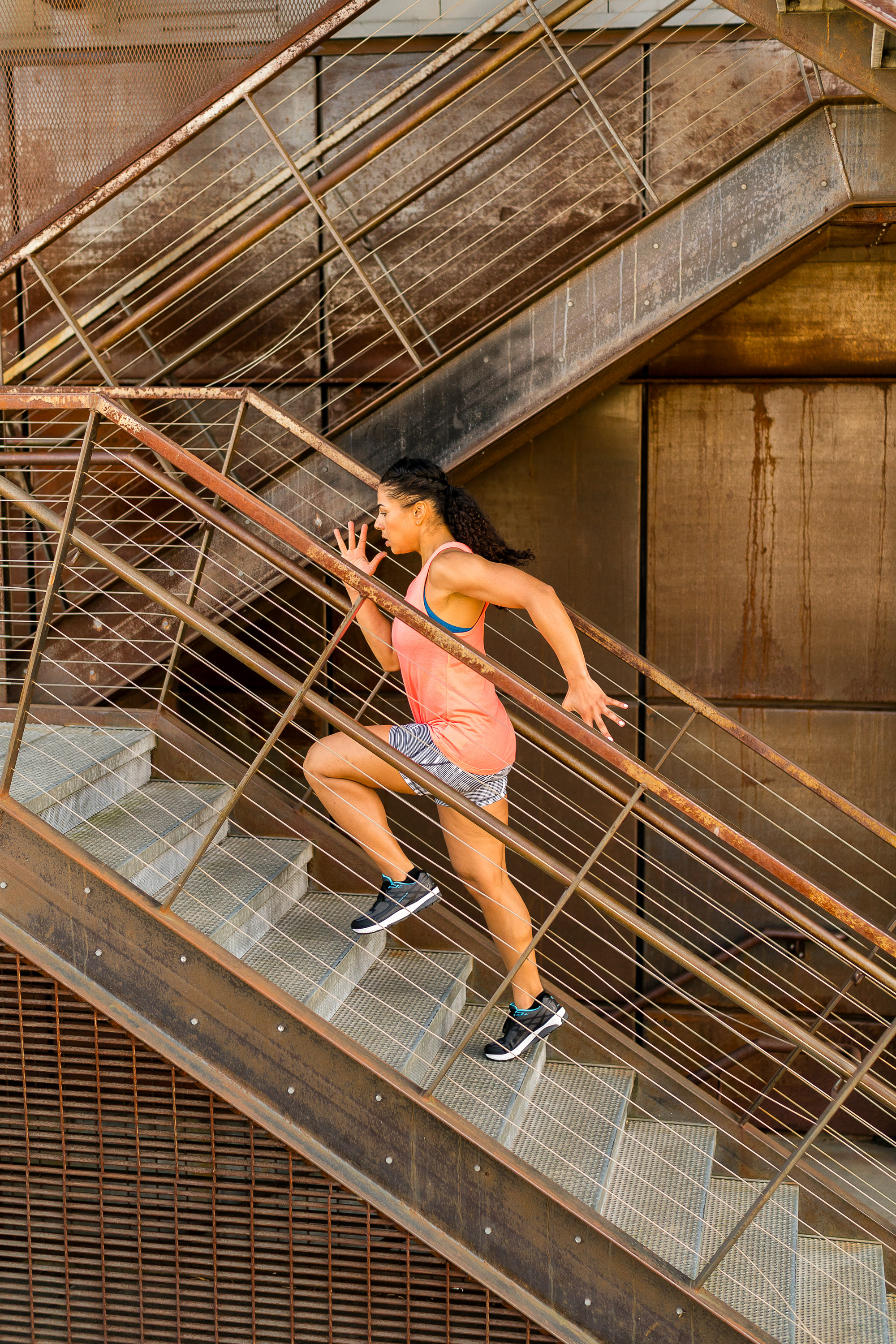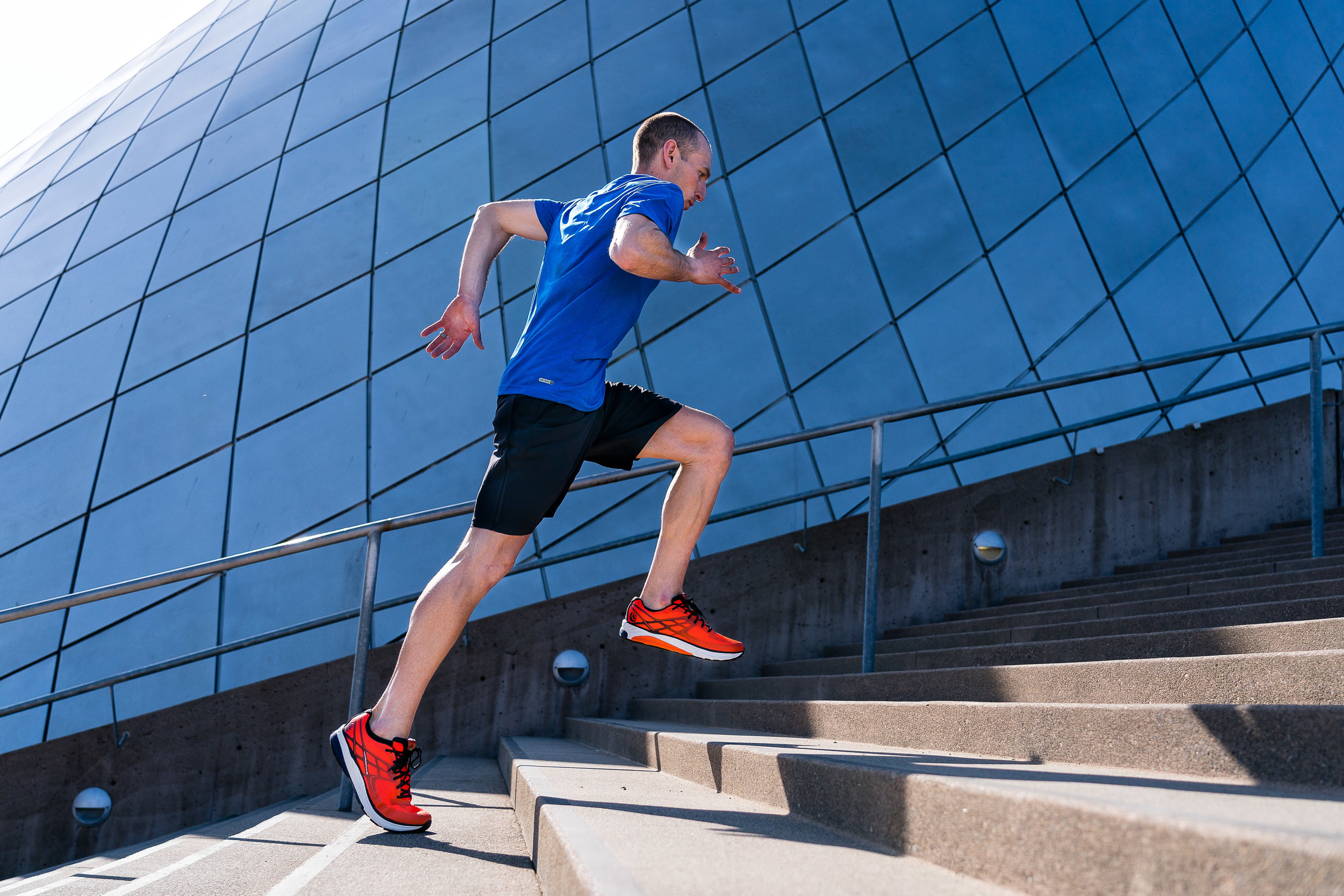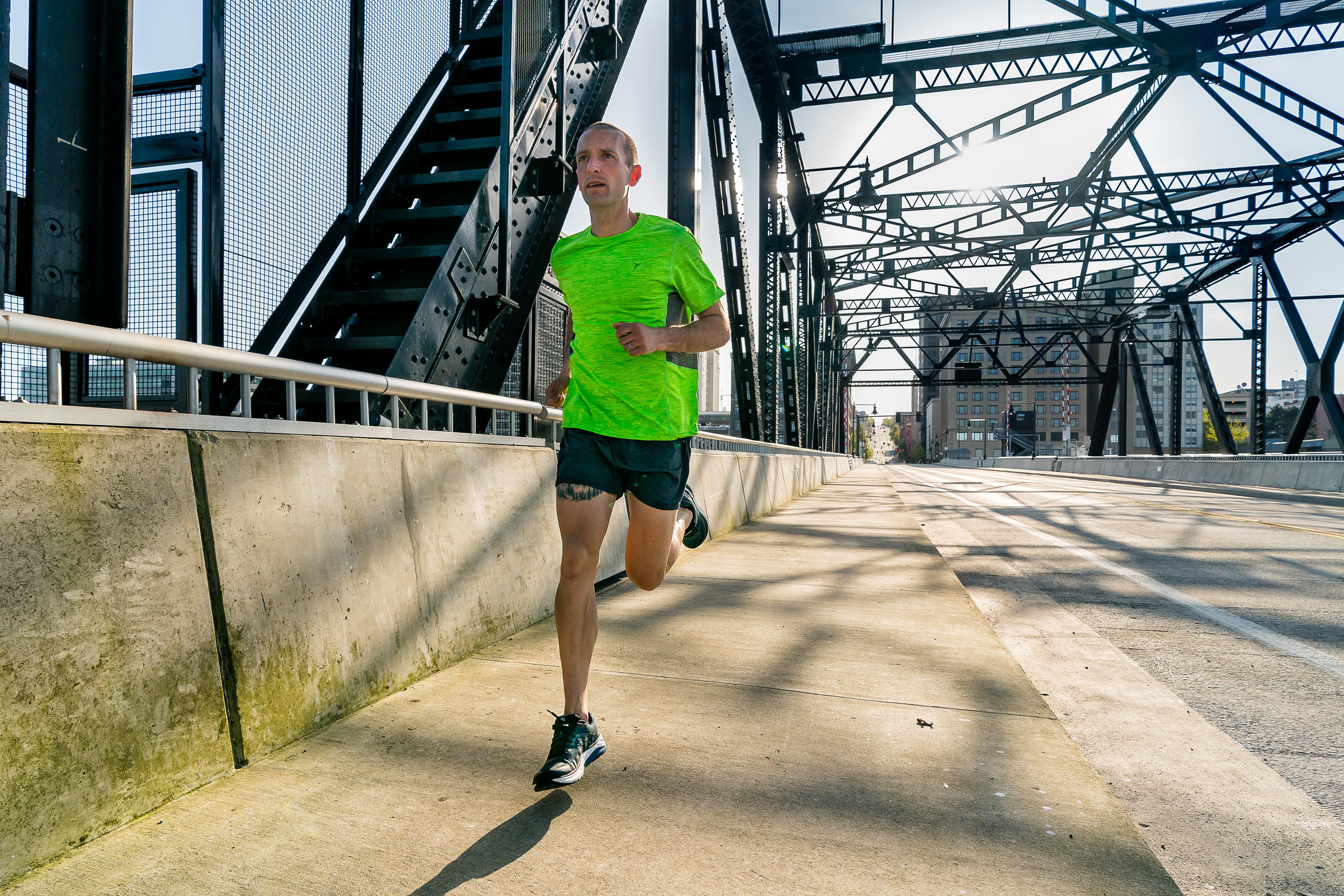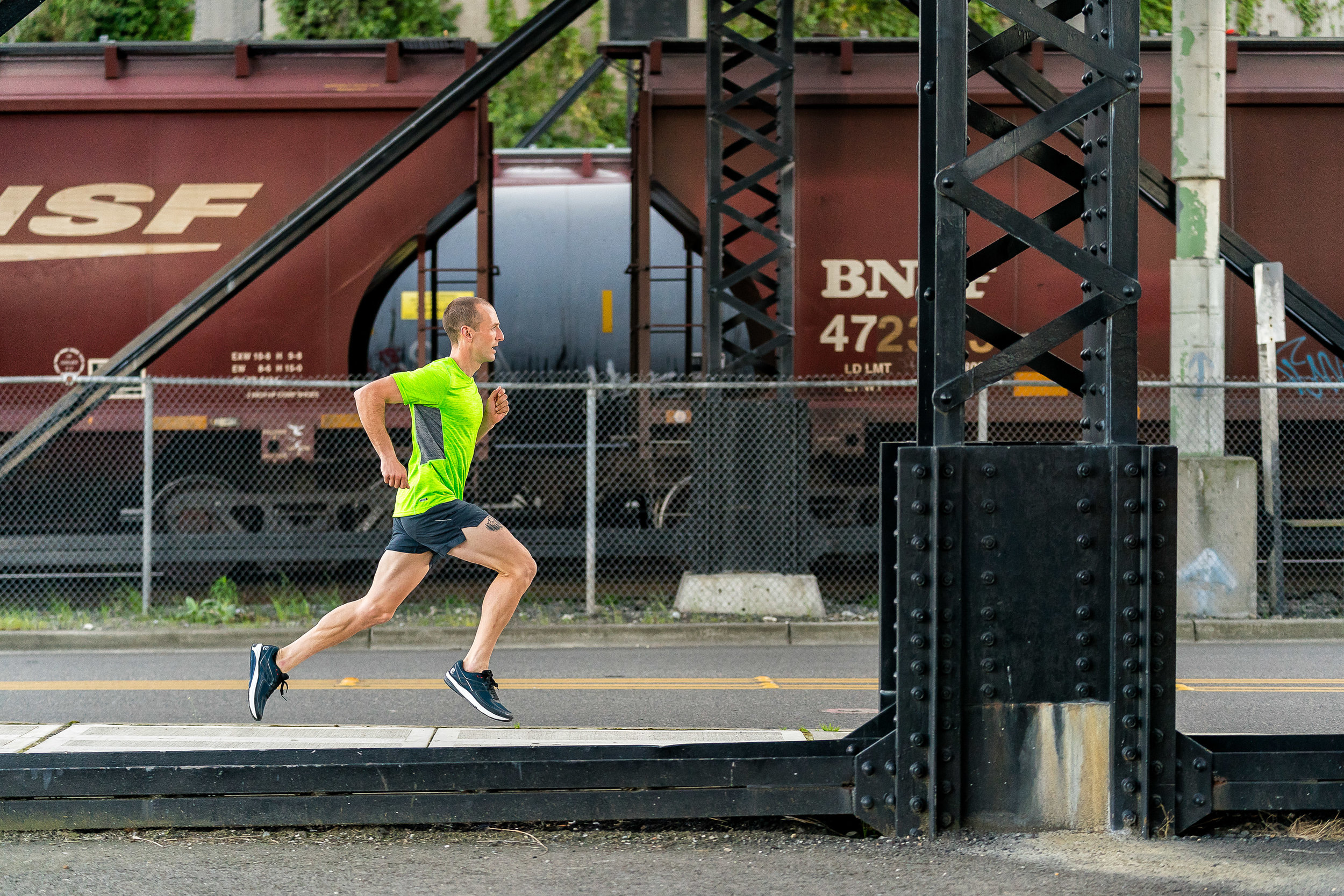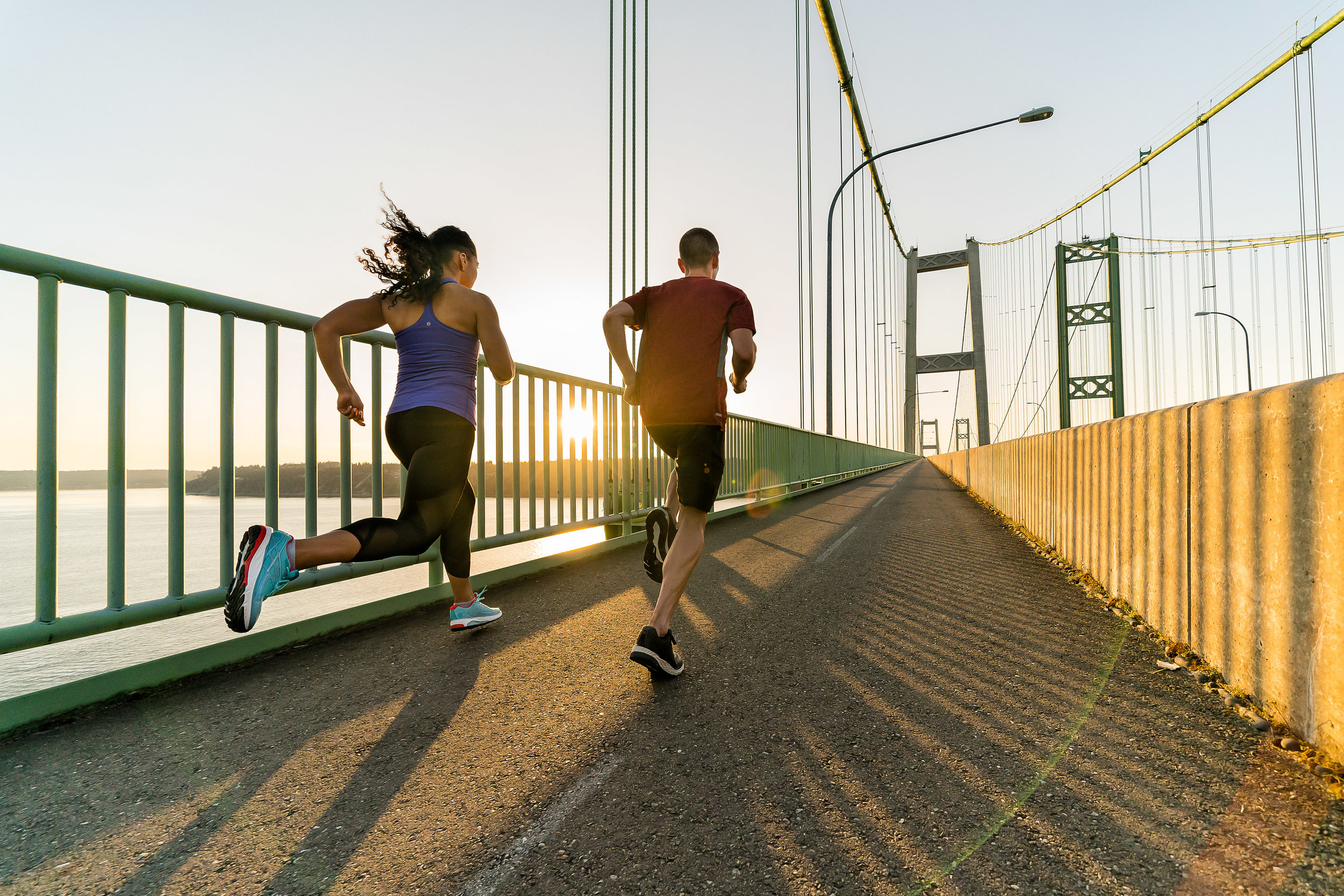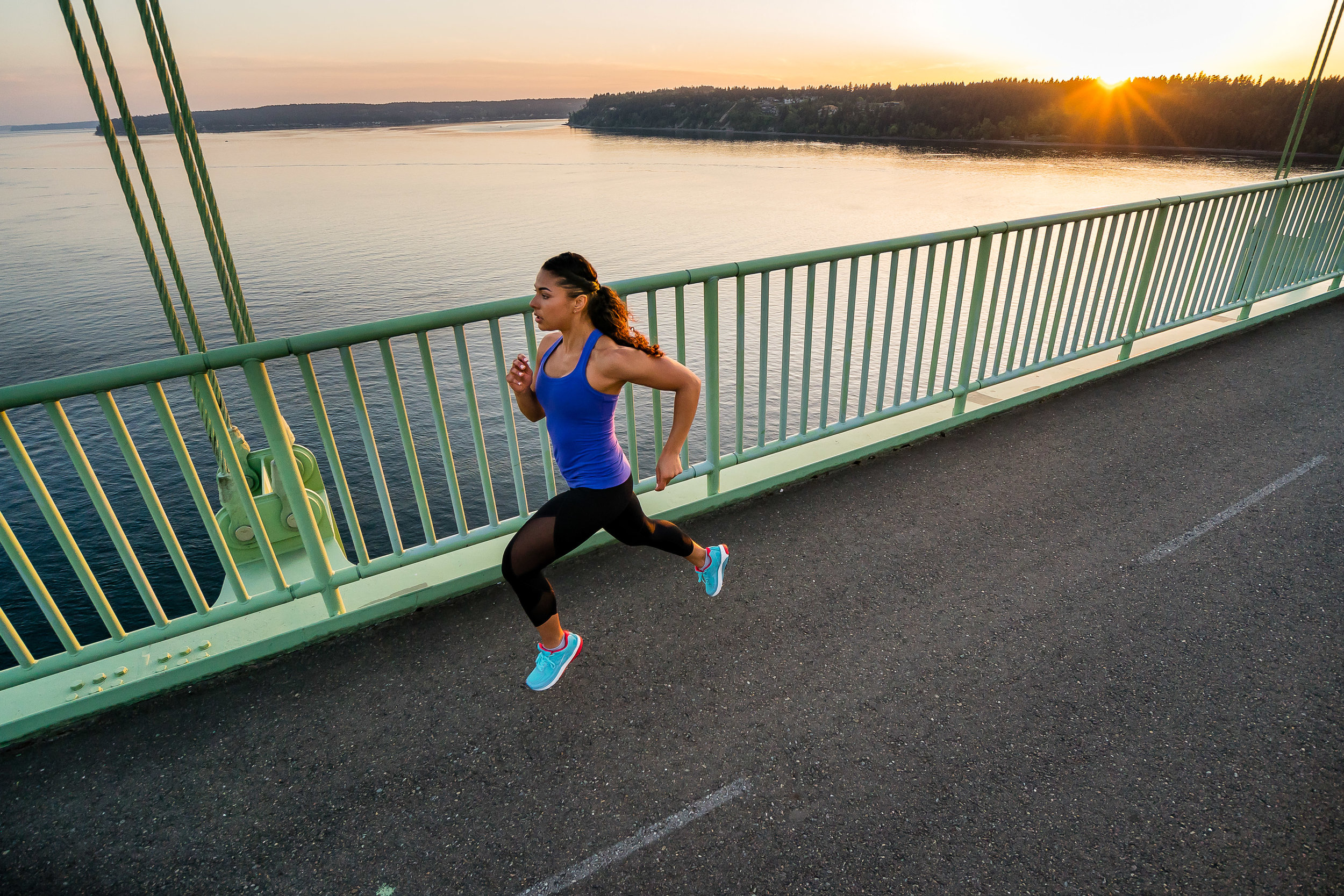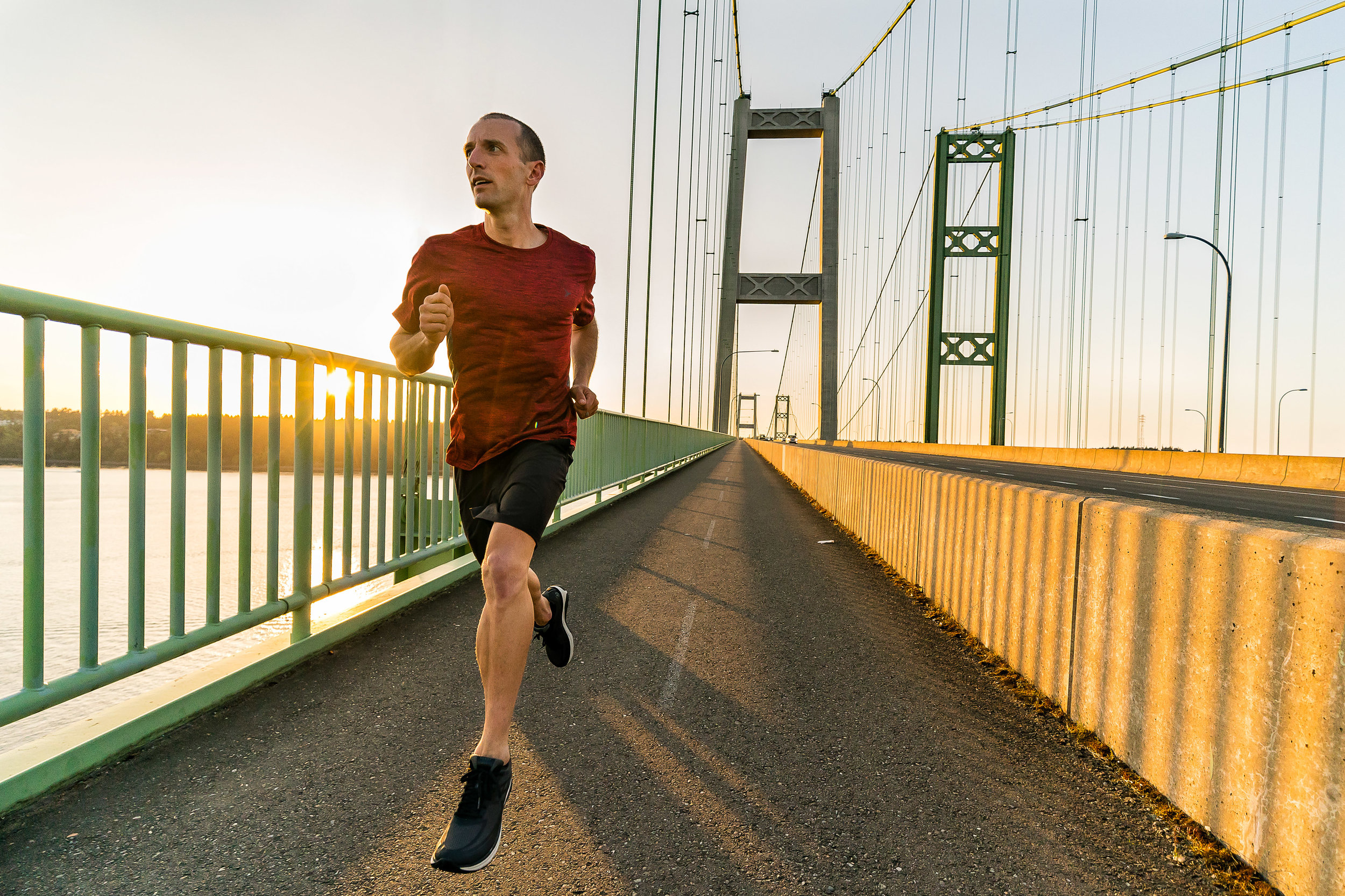Outtakes from two different destination shoots for Topo Athletic. One in Monterey, California and the second in the Columbia River Gorge in Washington and Oregon.
New Work for Topo Athletic
New Work for Nuun Hydration
Outtakes from a three-day urban running, biking and yoga lifestyle shoot for Nuun Hydration in Seattle, Washington.
New Work for iZip Bikes
Outtakes from a two-day urban biking lifestyle shoot for iZip in Tacoma, Washington.
New Work for Leki, USA
Outtakes from a wilderness trekking and trail running photoshoot in the central Cascade Mountains for Leki, USA. Shooting during Covid adds challenges but is easier to accomplish in an outdoor setting with a small crew.
New Work for Raleigh Bikes
I’ve been fortunate to stay very busy with photo and video commercial work during the pandemic, including this video shoot and edit for Raleigh Bikes. There are challenges to shooting during the pandemic, mostly around keeping space from everyone in the shoot but also challenges of staying a respectful distance from people not involved in the shoot, as well as some locations being off limits. This was shot and final output was all in 4K.
Video Work for Oboz Footwear
Along with my stills work for Oboz Footwear, I have created some motion work in parallel. Here is the first of three videos I shot and edited for Oboz on a three-day shoot in Idaho. This was shot in 4K.
15 Years and Going Strong!
One of the last shoots I did with film.
A couple of weeks ago I had my 15-year anniversary as a full-time professional photographer. Wow that went fast! Being a freelance photographer means rarely getting a break from either shooting or hustling for the next shoot. As the saying goes…you’re either busy shooting or busy working for your next gig. I’ve learned so much in these past 15 years and there have been so many changes in the photo industry. And so many of the changes were the result of digital cameras disrupting the photo industry.
Some more recent mountain biking shot on the Sony a9
When I started out, film was the only real option that pros had. Digital was in its infancy and wasn’t really an option for pros. I shot both 35mm and medium format film cameras, depending on what I was shooting. Not long after though, digital hit its stride. The first camera I shot professionally for work was the Canon 5D. At 12MP, it (barely) had enough resolution for my commercial clients. Image quality was good but it was slow to work with, had poor autofocus and would take a couple of minutes to clear the buffer after shooting a burst. But I was hooked and wanted more. At 3 frames per second burst speed, I still had to shoot film for my faster sports photography like snowboarding and running. The top ISO was 3200 and it didn’t look very good. Fast forward to today and my primary camera for commercial work is a Sony a9 which shoots up to 20 frames per second at 24MP and at ISOs 64,000 and higher! And the image quality, even at ISOs 24,000 is very usable for commercial work.
Digital photography has also allowed many more people to become photographers who may have been intimidated by shooting film. With immediate feedback on what you are shooting, the learning curve for beginning photographers was flattened, and so digital made photography accessible to people who are less technical inclined. And no scanning is necessary to digitize images and deliver to clients! As digital cameras have progressed, the features and quality of the cameras have gone up while the cost has come down for a professional level camera. I think the Sony a7III is one of the best pro-sumer cameras available and it sells for less than $2k!
My progress has been more like the right side!
But probably more importantly, digital has dramatically changed the business model of being a professional photographer. The traditional business model, getting paid to shoot for a client, still exists. But with many more photographers, there’s more competition, which often means young photographers looking to get work by pricing their services below market rates. On the flip side, I can shoot, edit and deliver images to a client faster and with more resolution, and the image quality is better than ever.
Digital disruption has also created completely new business models for photographers. Combined with the introduction of social media and the massive following that some influencers have, many photographers are earning a living off of sponsored social media posts. Both social media and digital cameras are disruptive technologies. Combined they have been disruptive (both good and bad) to photographers. Social media has made it possible for many photographers to be directly connected to their customers and clients and is often the primary marketing tool for many photographers.
Fifteen years is a long time as a freelancer, and I plan to keep at it for the foreseeable future. And by most measures I’ve been successful at it. I’ve learned a lot and made my share of mistakes. I wear many hats in running my freelance business and the learning curve has been steep at times. And as any long-term freelancer knows, progress isn’t always linear. This classic diagram captures life as a freelancer and it’s ups and downs. And with all the changes to the photo industry in the past fifteen years, the one thing I’ve learned for sure is that it’s constantly changing, and that I must continue to adapt.
Now on to the next fifteen years…
New Work for Nuun Hydration
Outtakes from a destination road cycling, road and trail running photoshoot along the Big Sur coast for Nuun Hydration.
New Work for Obōz Footwear
Outtakes from an Outdoor Lifestyle and hiking photoshoot in Ketchum and the Sawtooths, Idaho for Montana based Oboz Footwear.
New Work for Topo Athletic
Outtakes from an Urban Running shoot in Tacoma, Washington for Boston based Topo Athletic.

